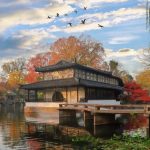Everyone envies travel bloggers, but being one is not as easy as it seems.
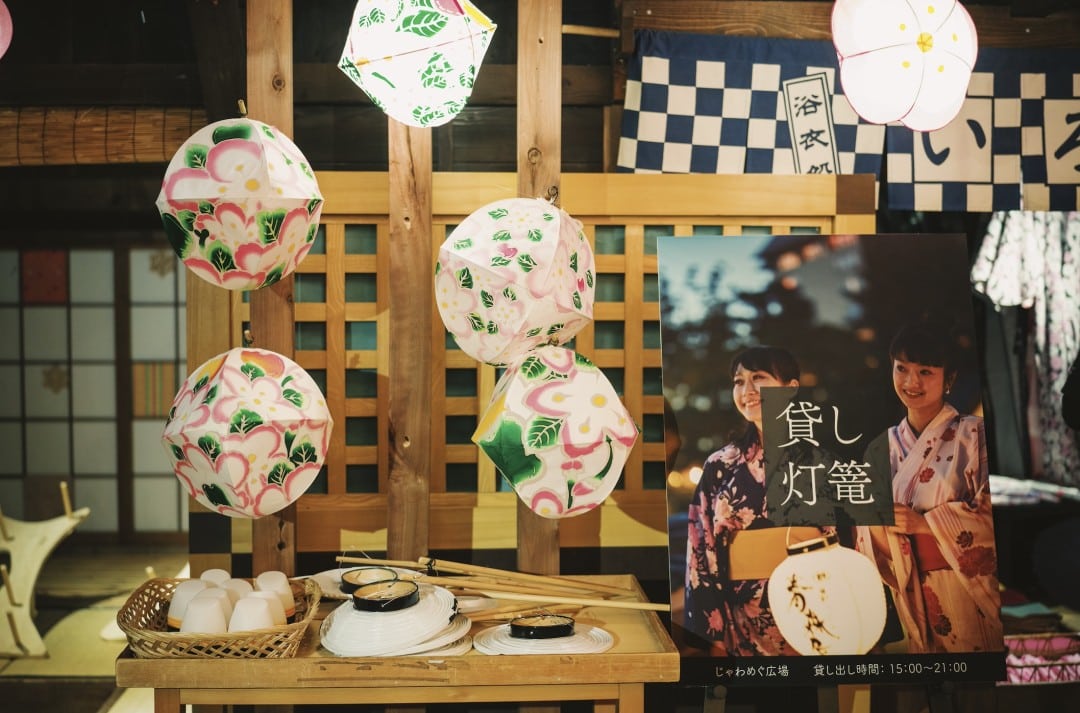
Every trip I take comes with tasks, my itineraries are always extremely tight. Take the 9 days and 8 nights in Japan recently as an example. During this trip, I covered and edited for four hotels (Aomoriya, Oirase Keiryu, Hyatt Regency Kyoto, and Mitsui Luxury Collection Kyoto) and three temple lodgings (Nanzenji, Chion-in, and Chishakuin). Upon returning, I also had to write extensive guides on Japanese transportation, Seishun 18 tickets, special deals at Hoshino Resorts, and recommendations for travel apps in Japan…
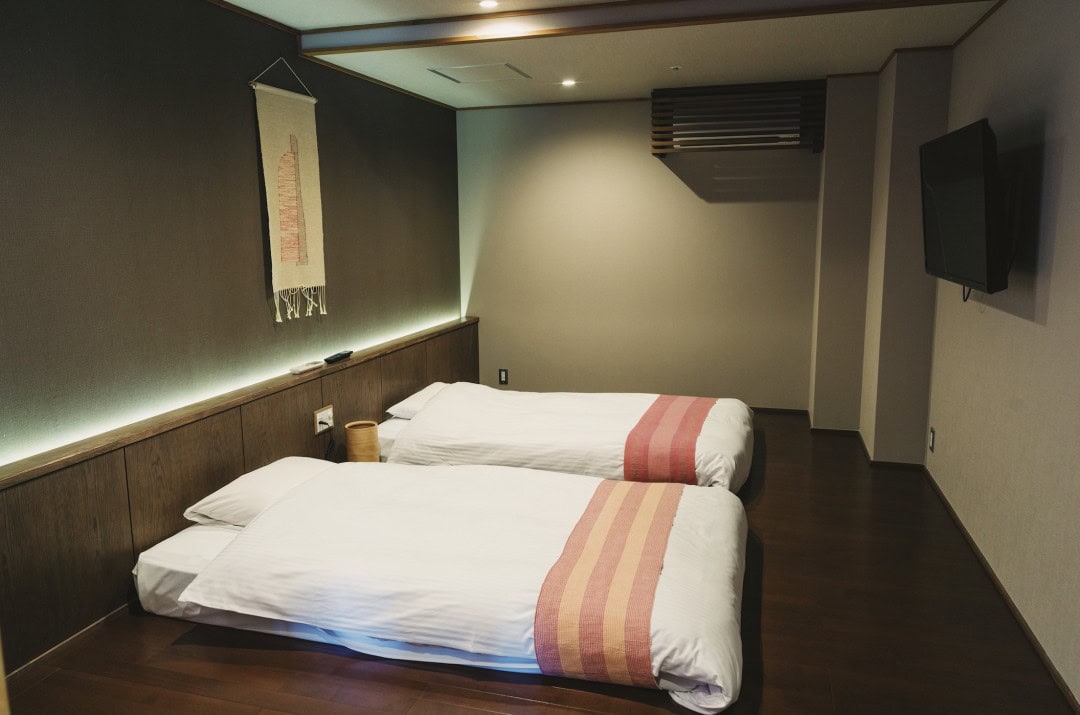
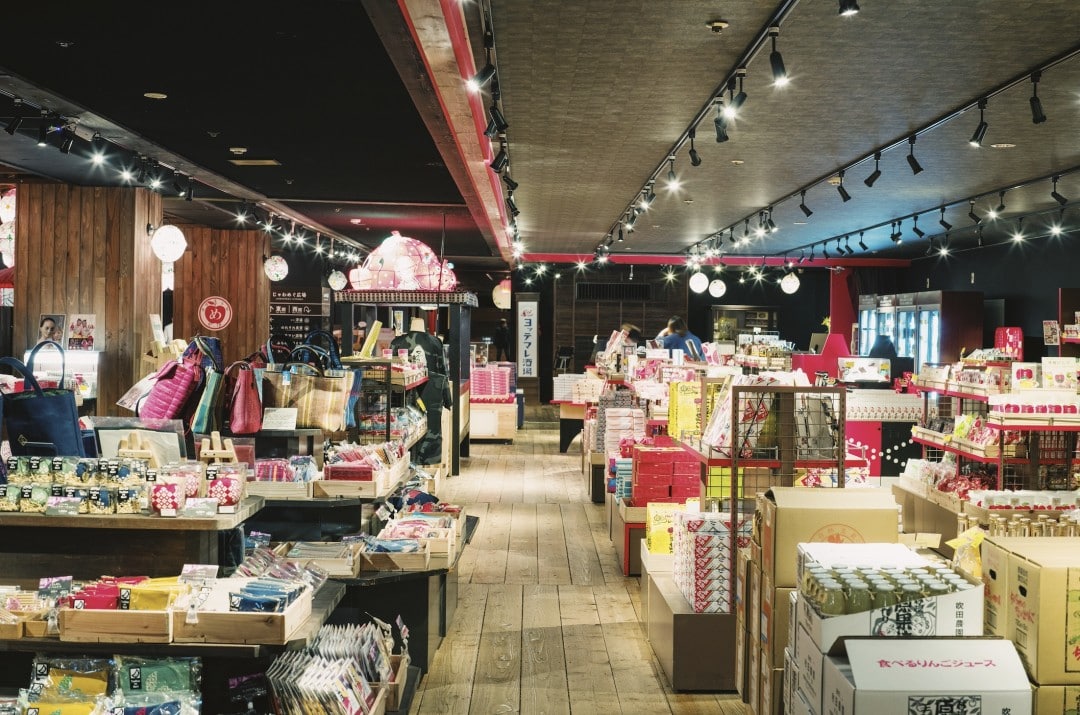
Today’s article is about the pinnacle of the bathing world: Hoshino Aomoriya.
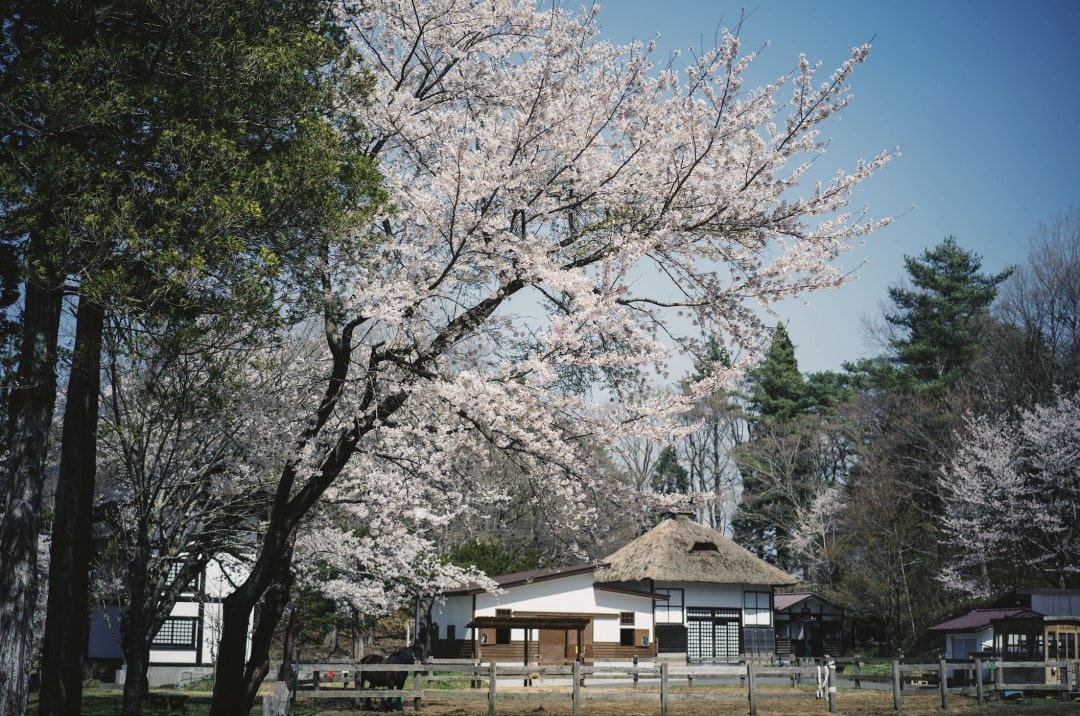
It is widely known that Hoshino is famous for its onsen hotels, such as all its “KAI” properties and every Hoshinoya except for the one in Bali.
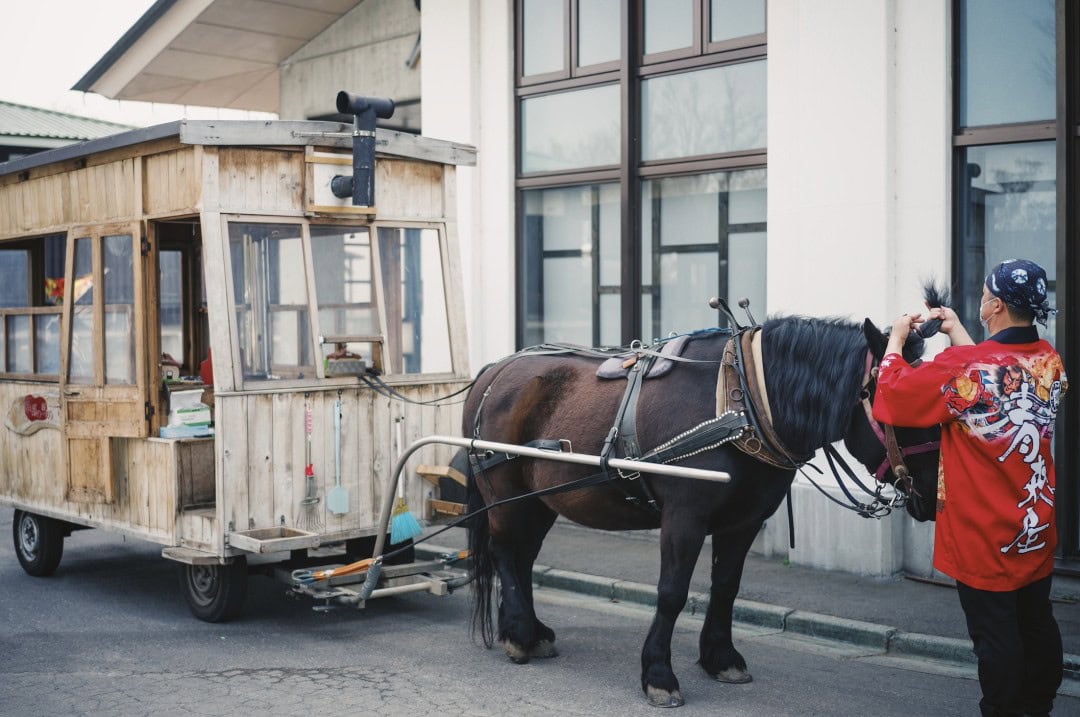
Aomoriya is also an authentic Japanese onsen hotel, but it belongs to Hoshino’s “Other Unique Facilities” category. The reason it is not classified under the KAI brand is because it is simply too unique and special.
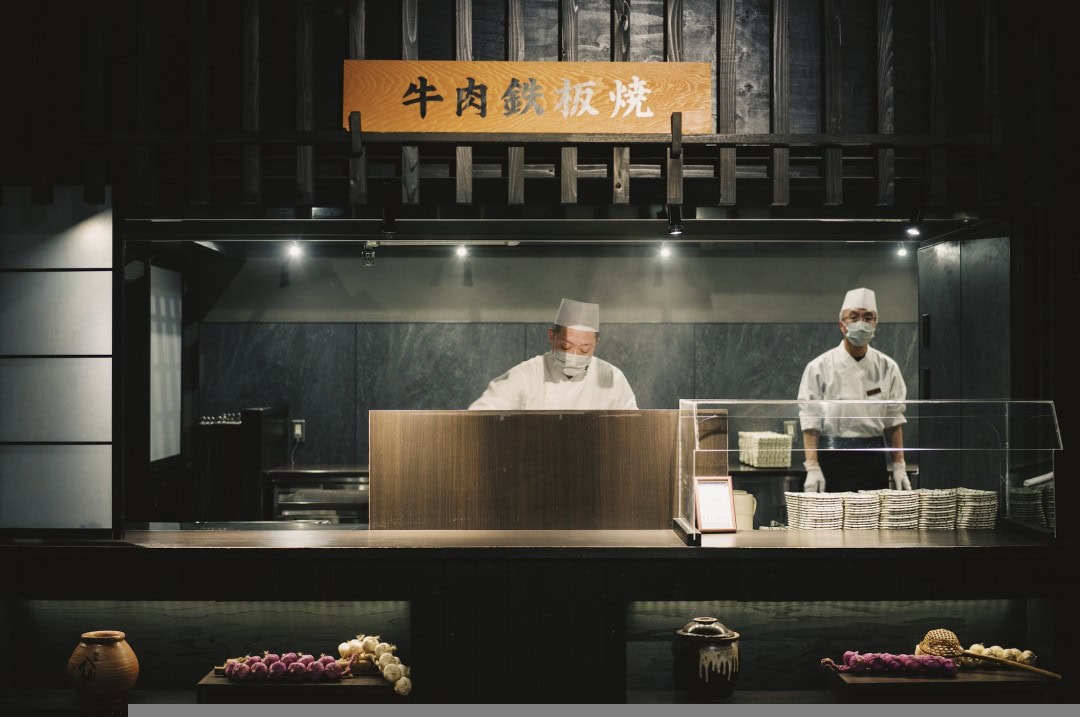
The KAI series temples are too small to accommodate the “Big Buddha” that is Aomoriya.
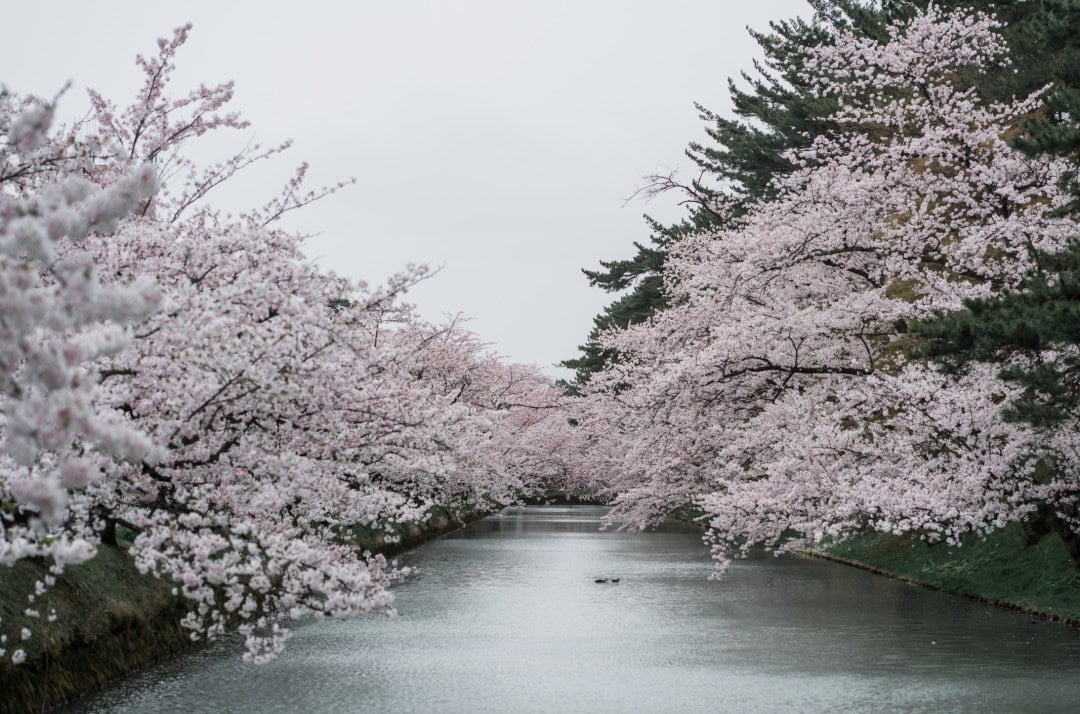
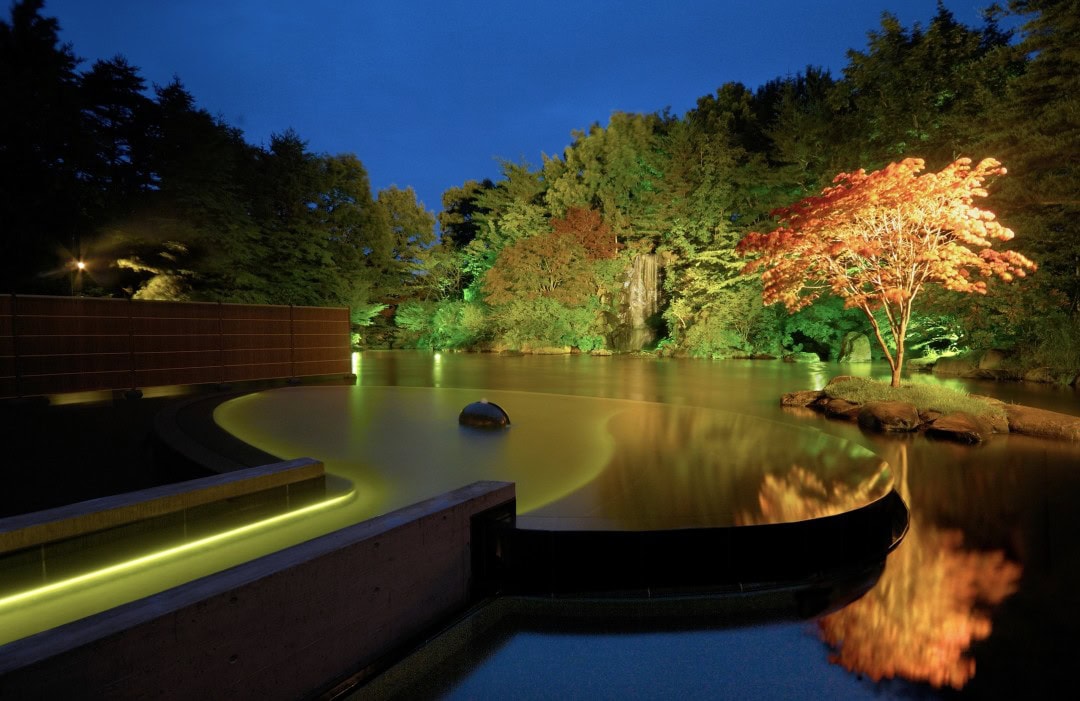
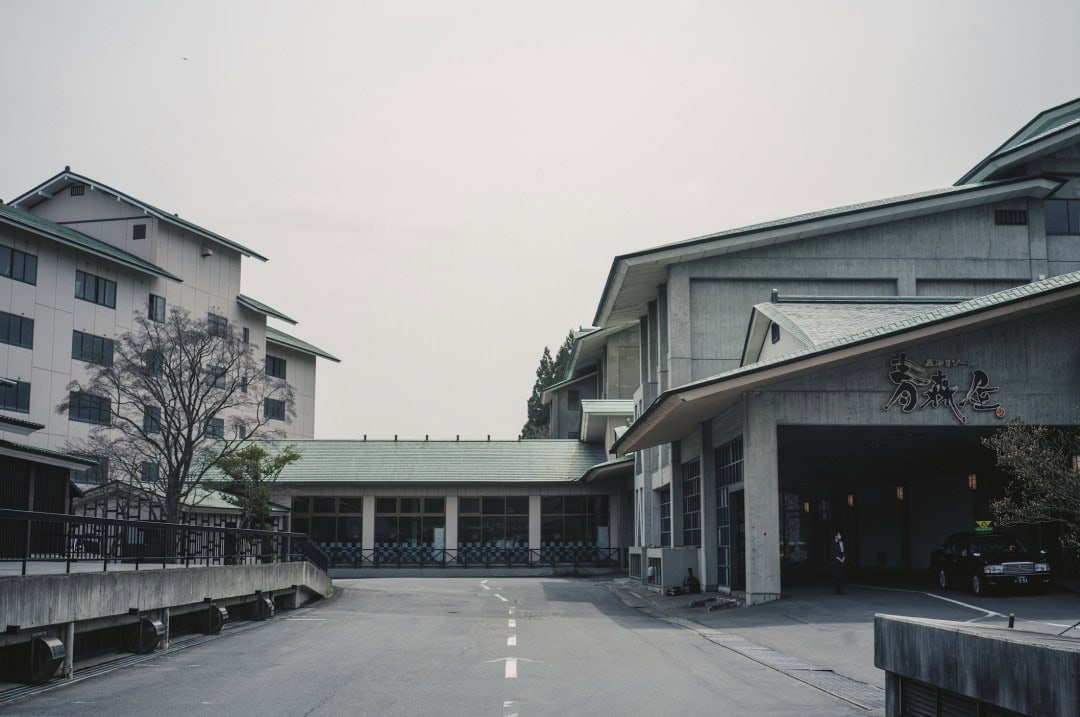
A few days ago, I wrote about another property in Aomori, Oirase Keiryu, which showcases the natural beauty of Aomori, Japan.
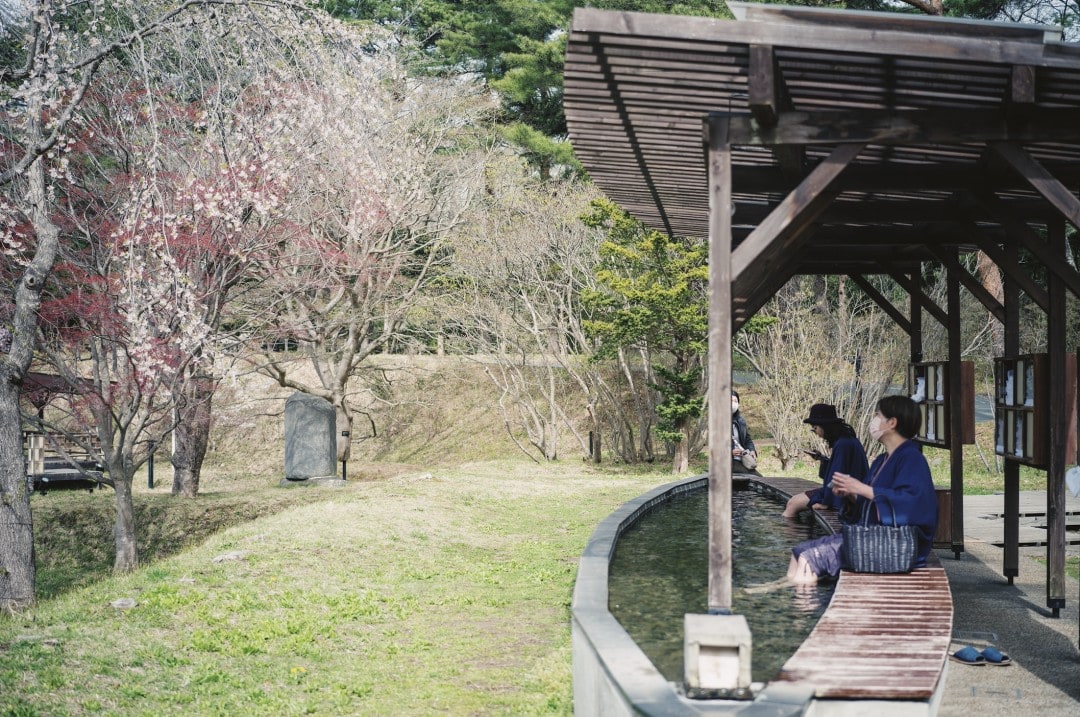
In contrast, Aomoriya reflects the traditional cultural beauty of Aomori, Japan. It encapsulates the diverse cultures of Aomori Prefecture, as evident in its hotel design concept “NORESORE (Enjoy) Aomori.”
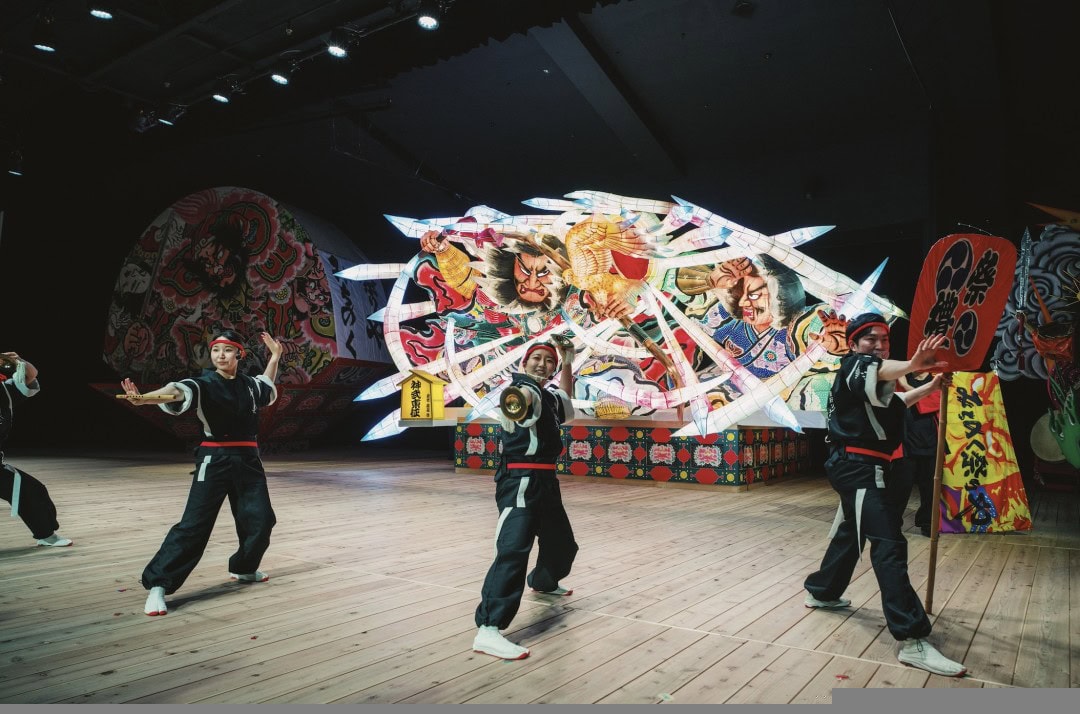
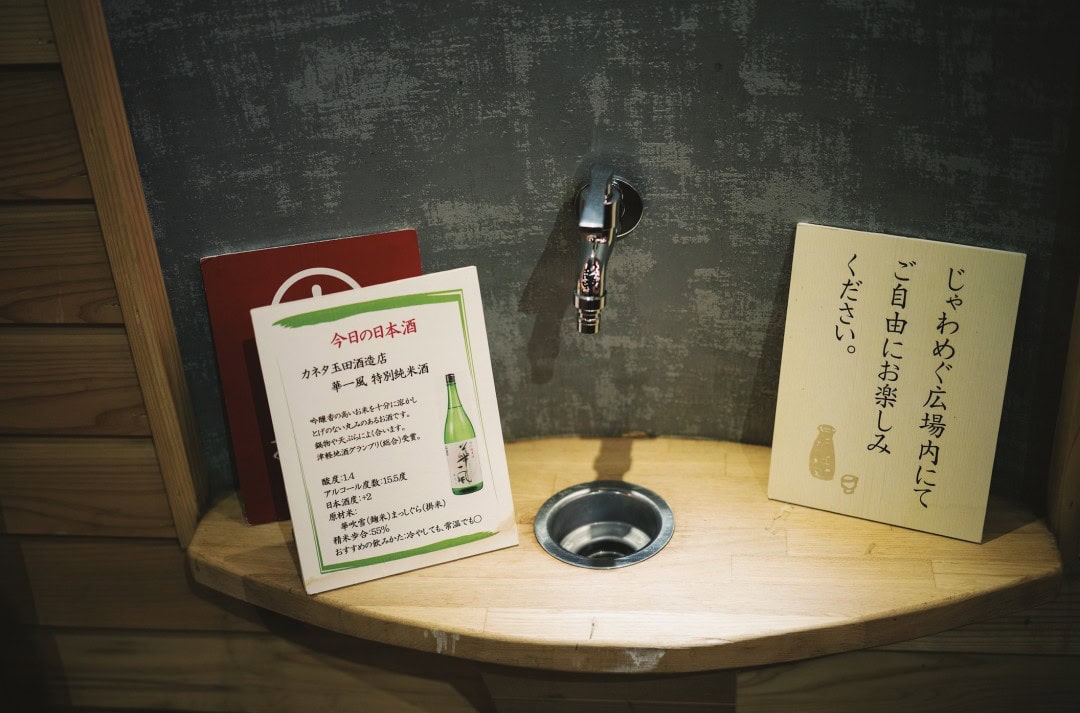
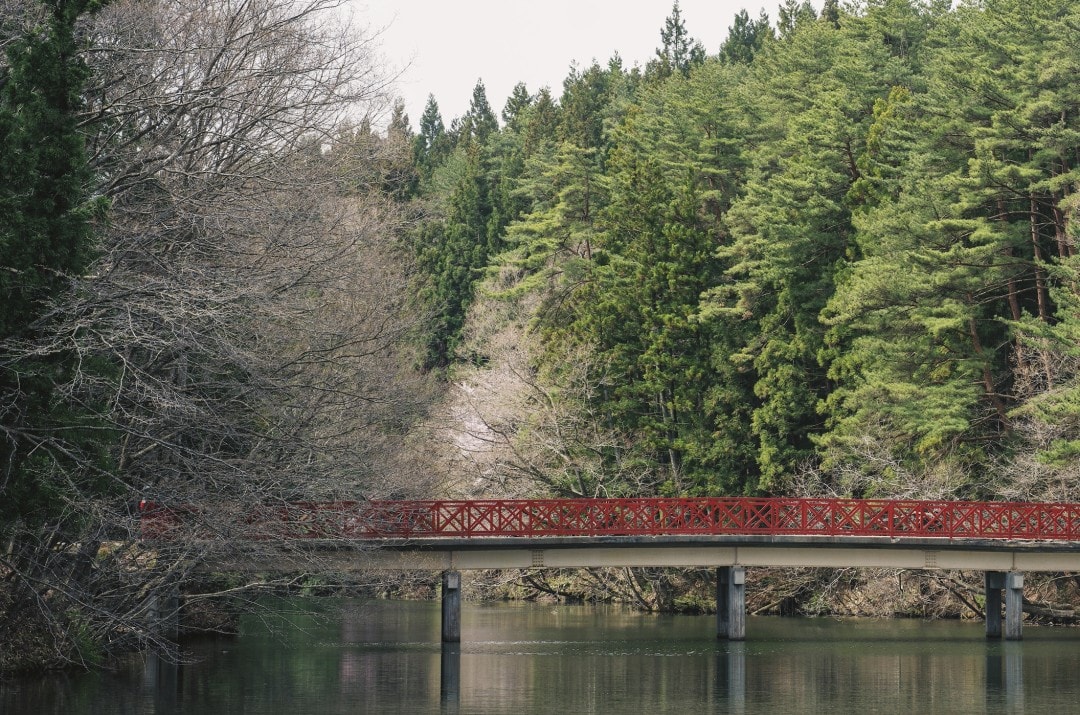
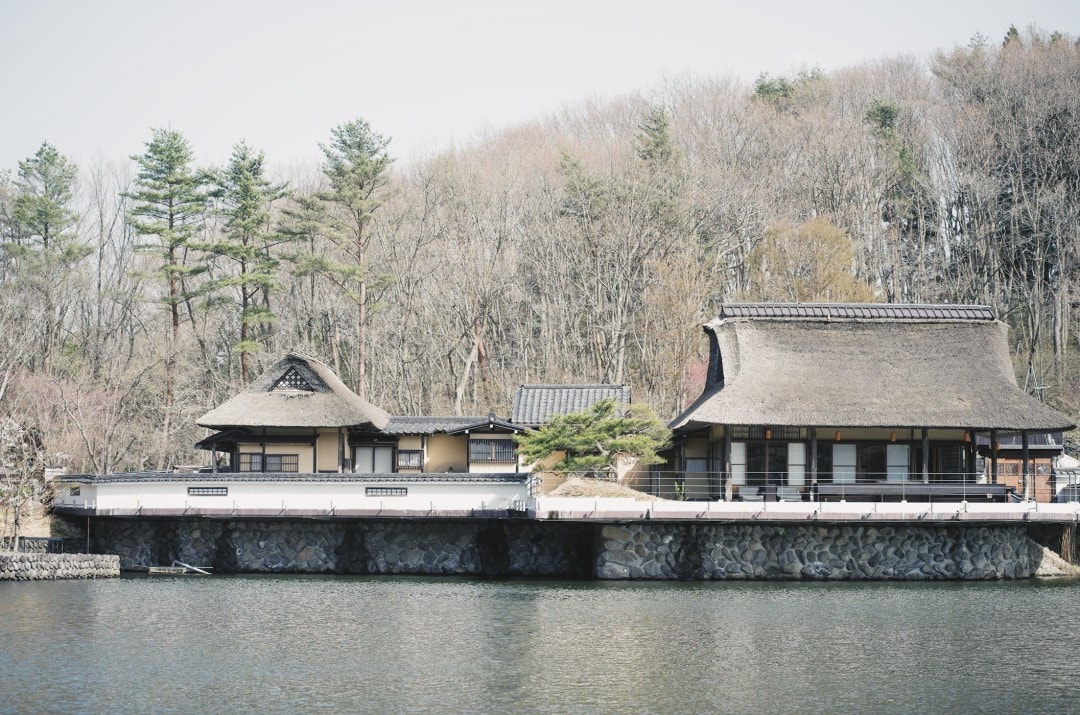
The Nebuta Festival is Aomori Prefecture’s most famous summer traditional festival. It’s a grand summer celebration held every August. Watching the Nebuta Festival is not easy; you need to plan your timing, endure the crowd, and pay sky-high prices for hotels on the day.
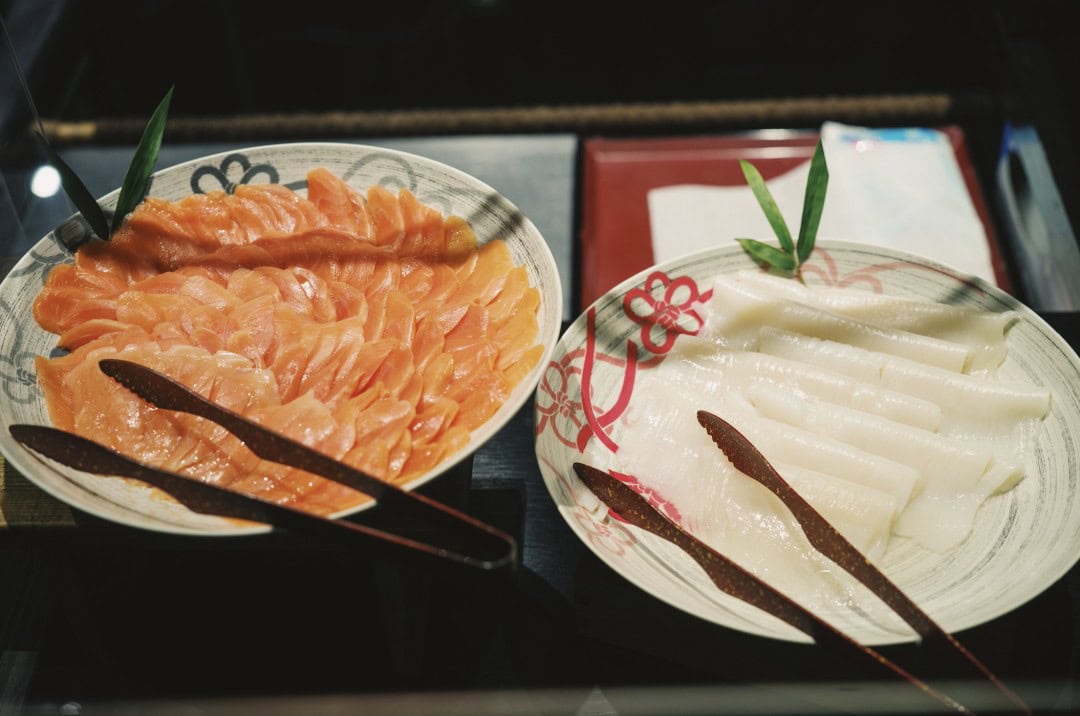
Staying at Aomoriya gives you the Nebuta Festival experience 365 days a year.
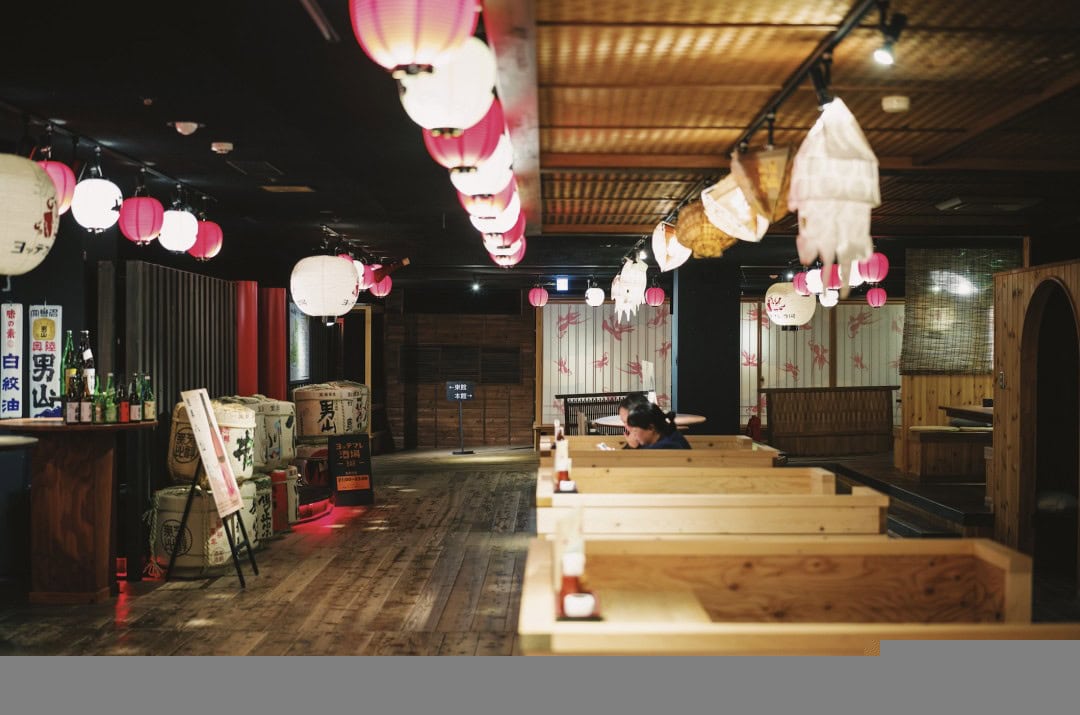
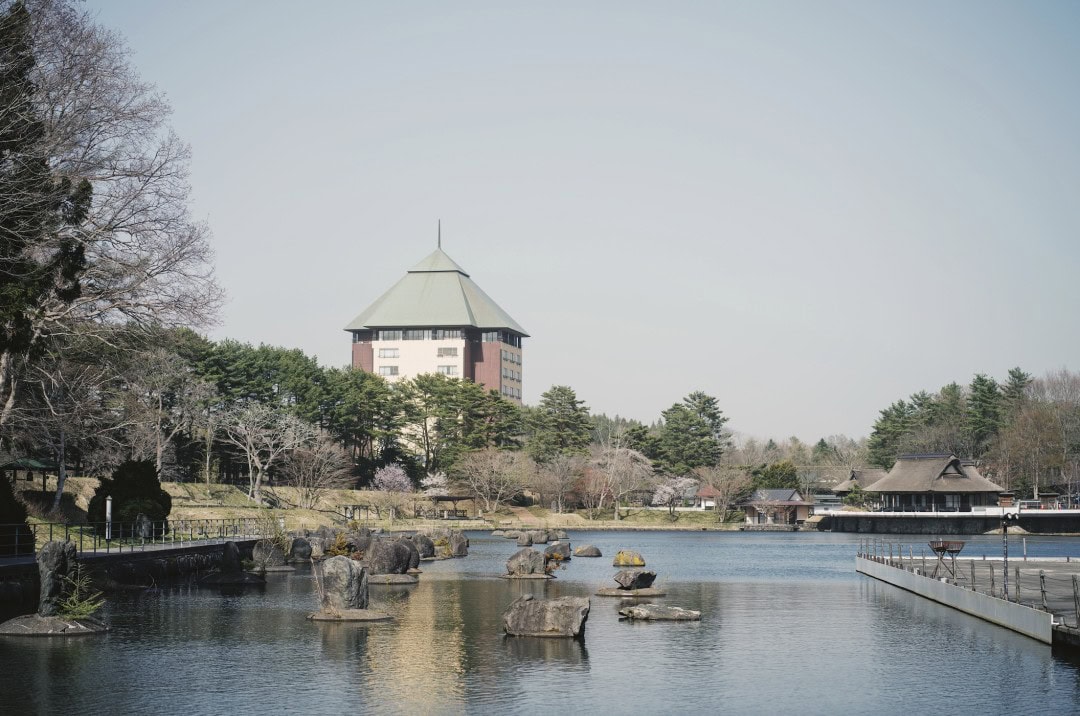
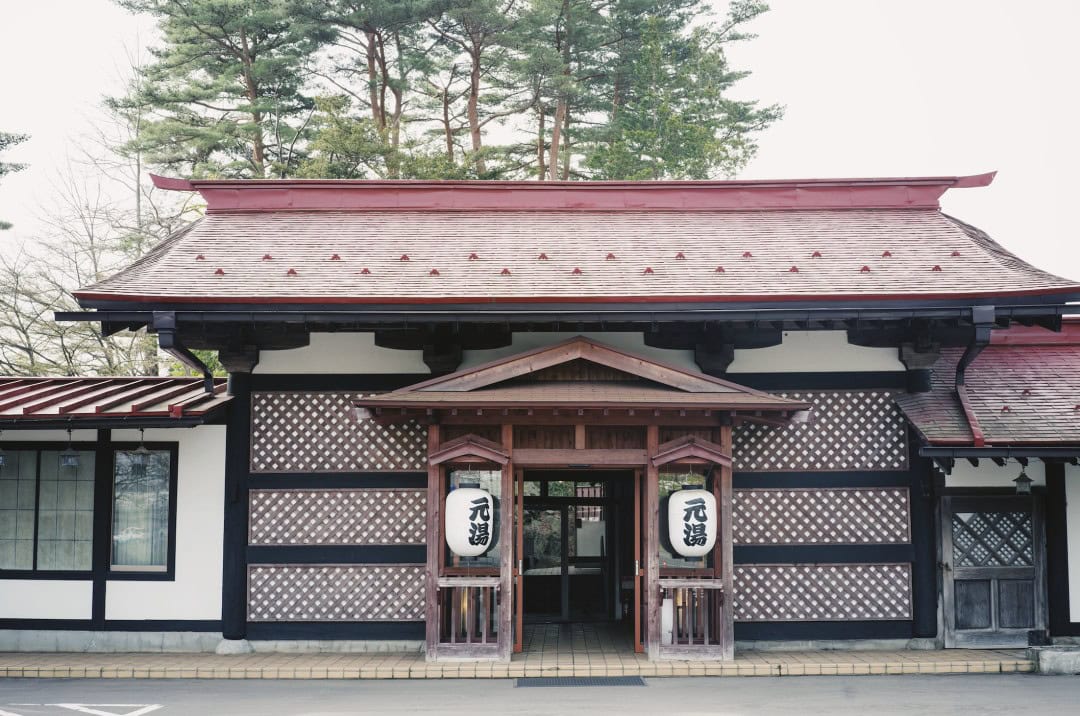
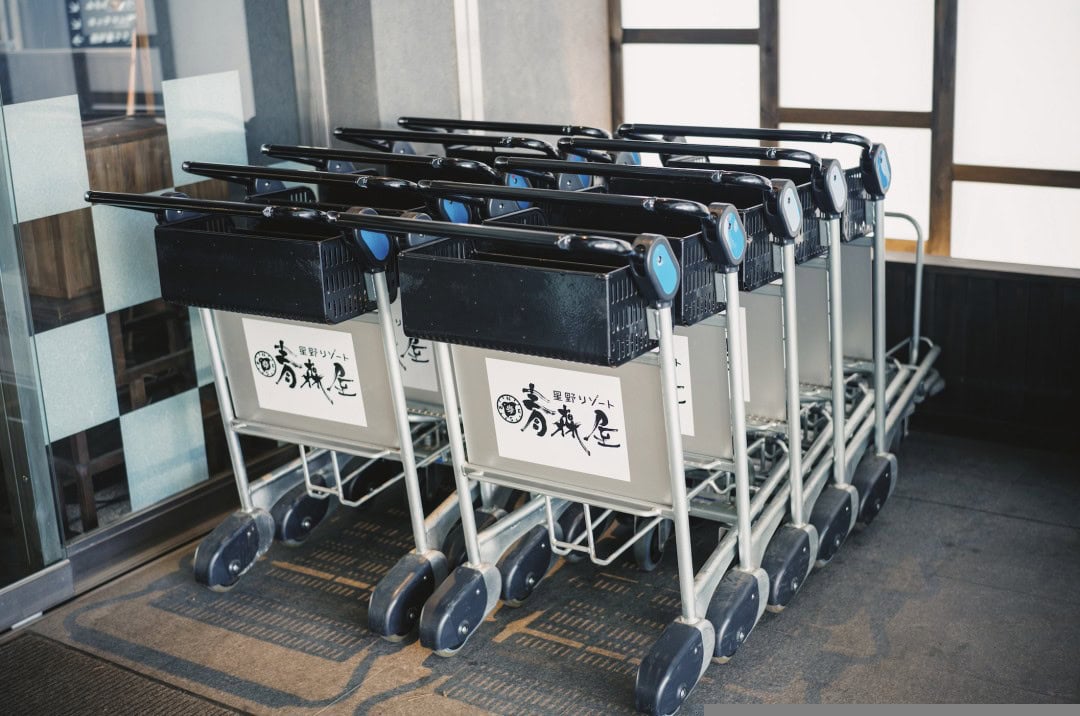
Aomoriya has a restaurant called “Nambu Magariya” and a lounge called “Yawatama.” Both structures mimic the ancient rural homes of the southern Aomori region.
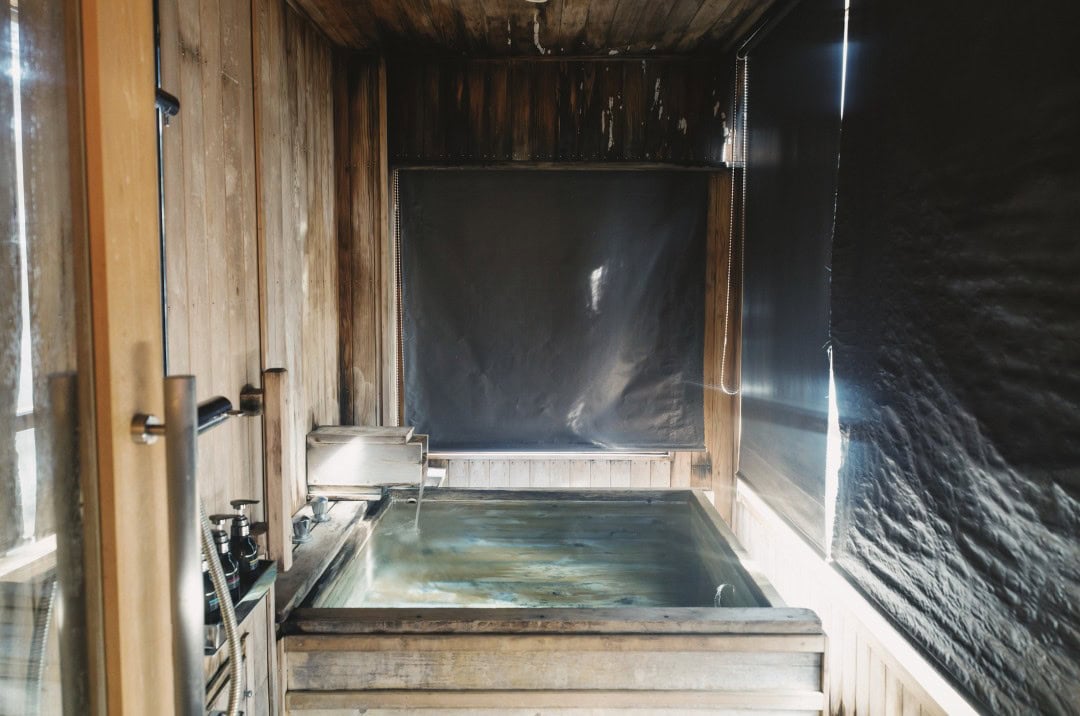
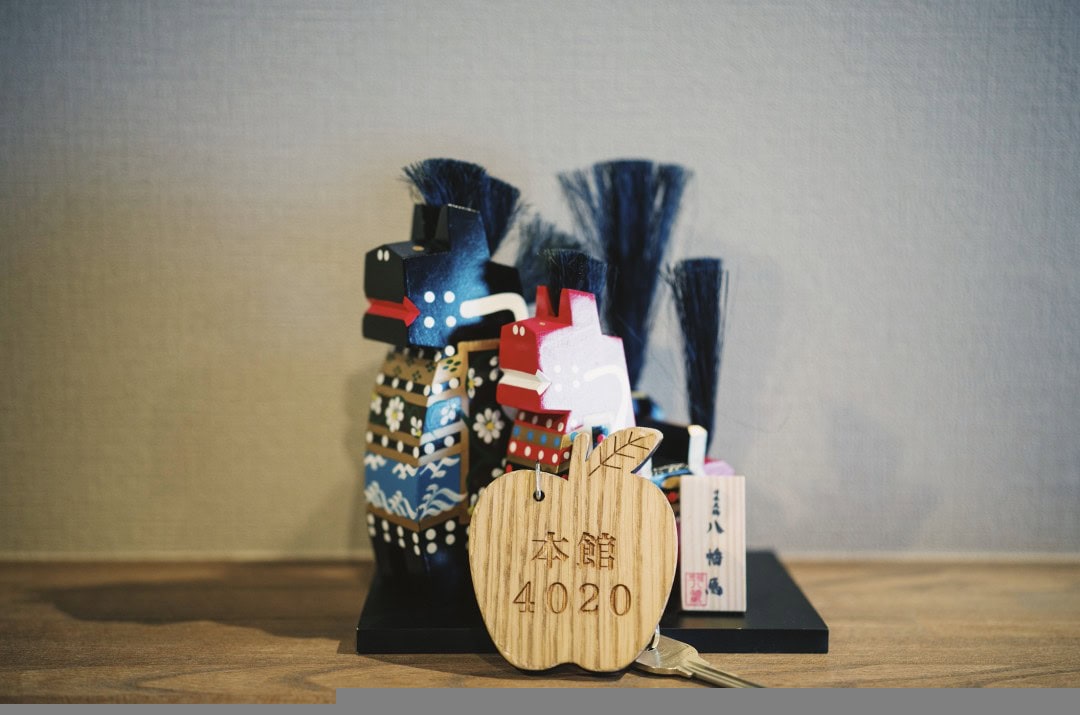
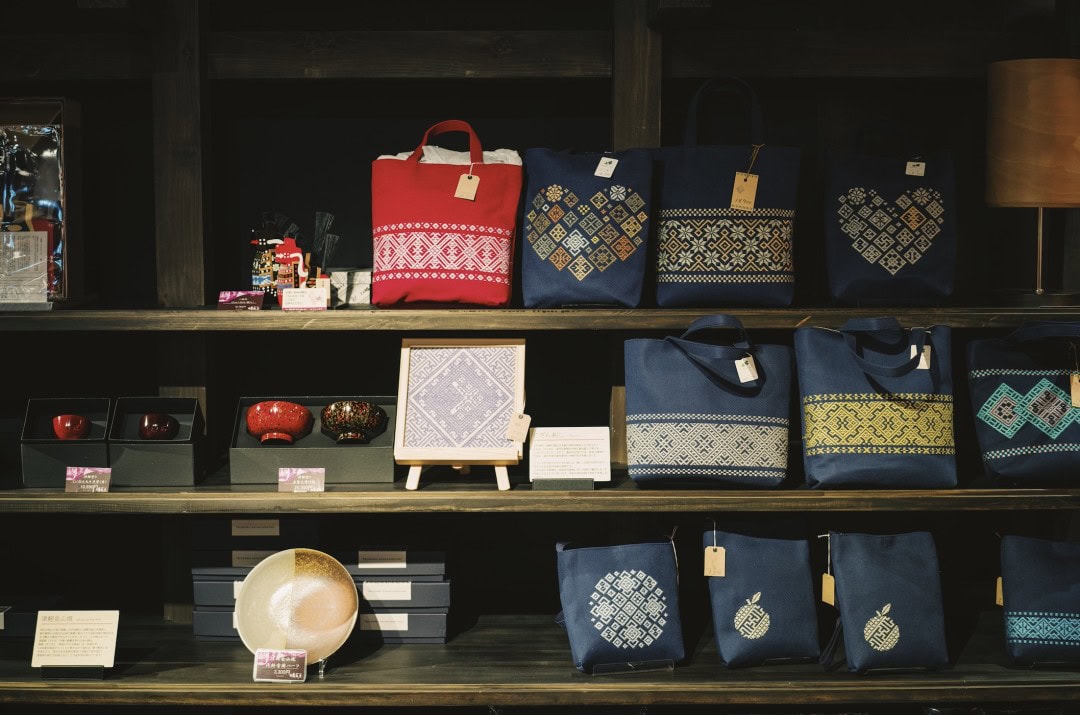
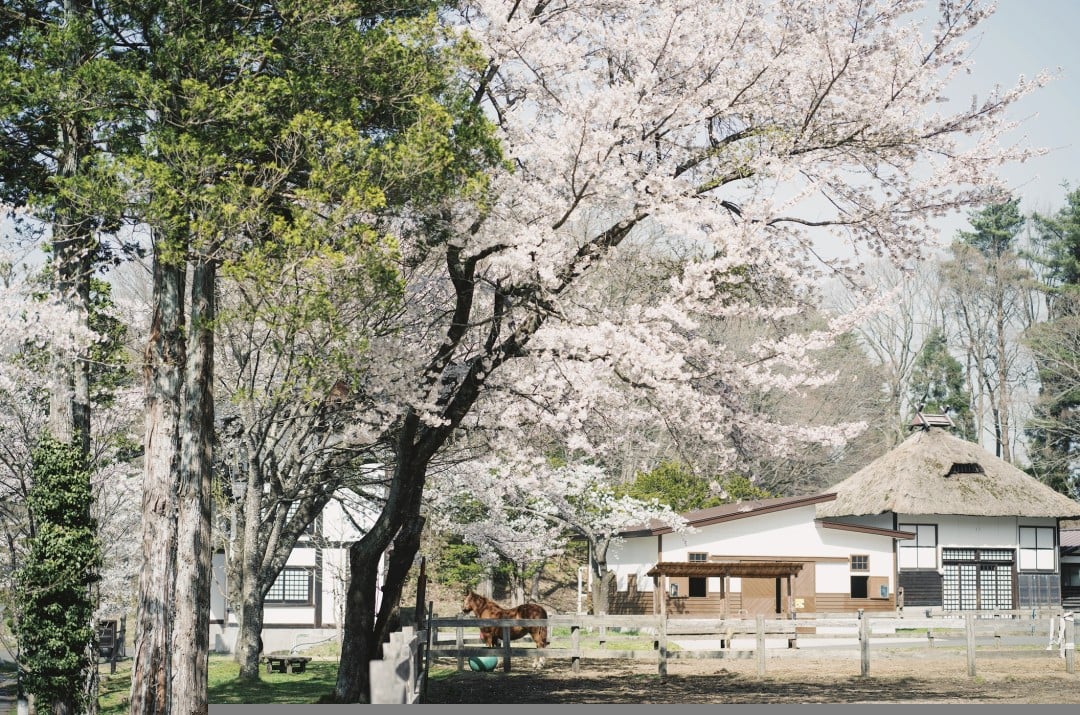
Aomori still preserves its “Morning Bath” culture. You can wake up and soak in the outdoor onsen or enjoy a foot bath in the hotel’s garden.
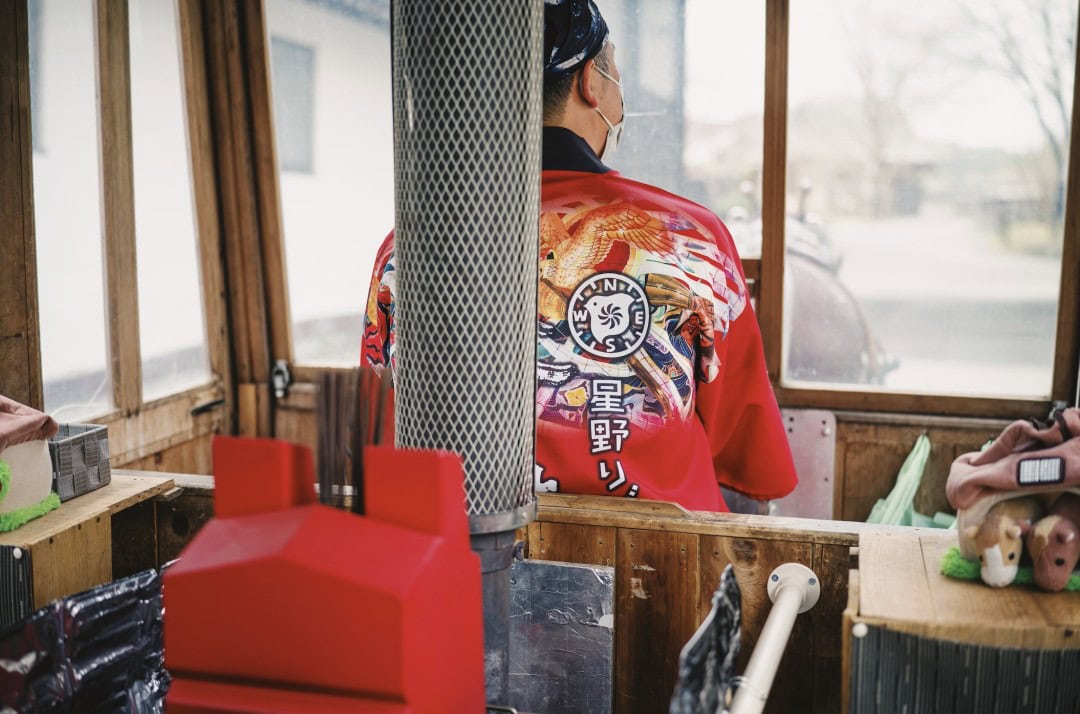
It is worth noting that Aomoriya’s predecessor was “Komaki Onsen,” which ranked number one among Japanese onsens for ten consecutive years. It’s no longer on the list because Komaki Onsen voluntarily stepped down, feeling it had earned enough accolades.
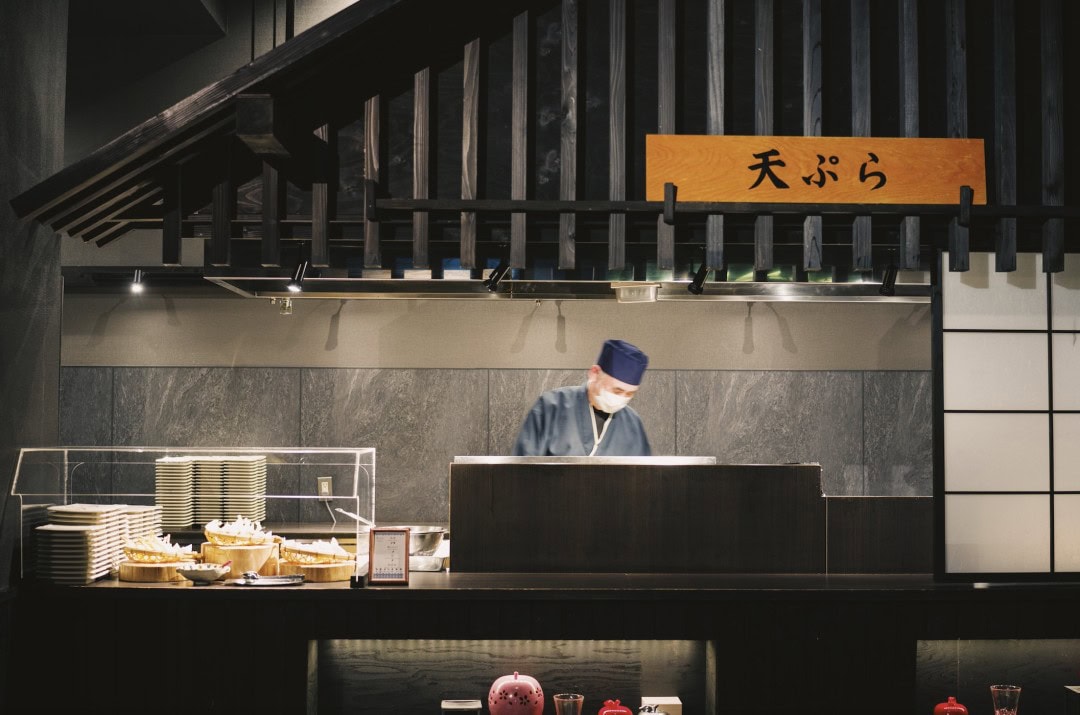
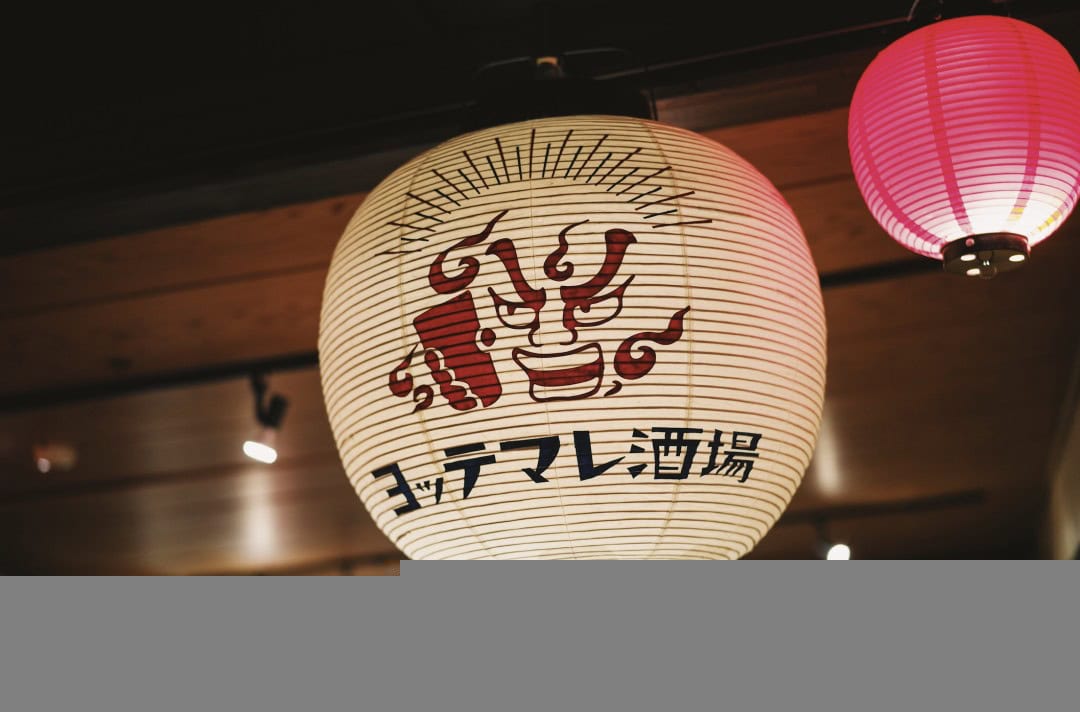
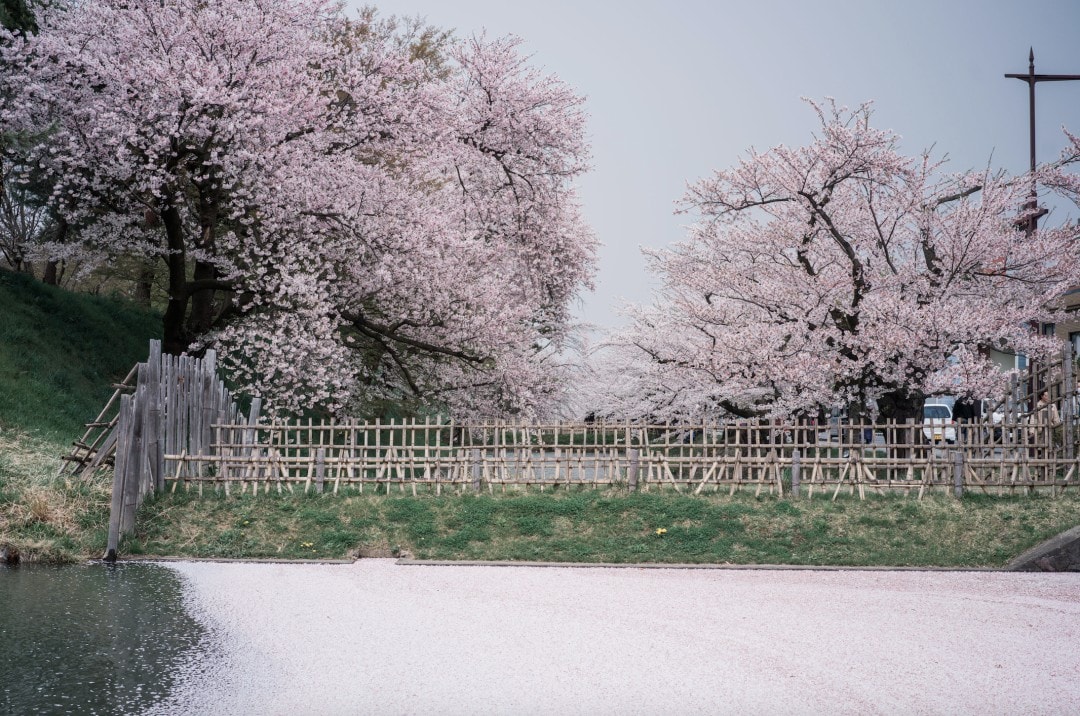
There is a lively plaza in Aomoriya, filled with all things related to Aomori.
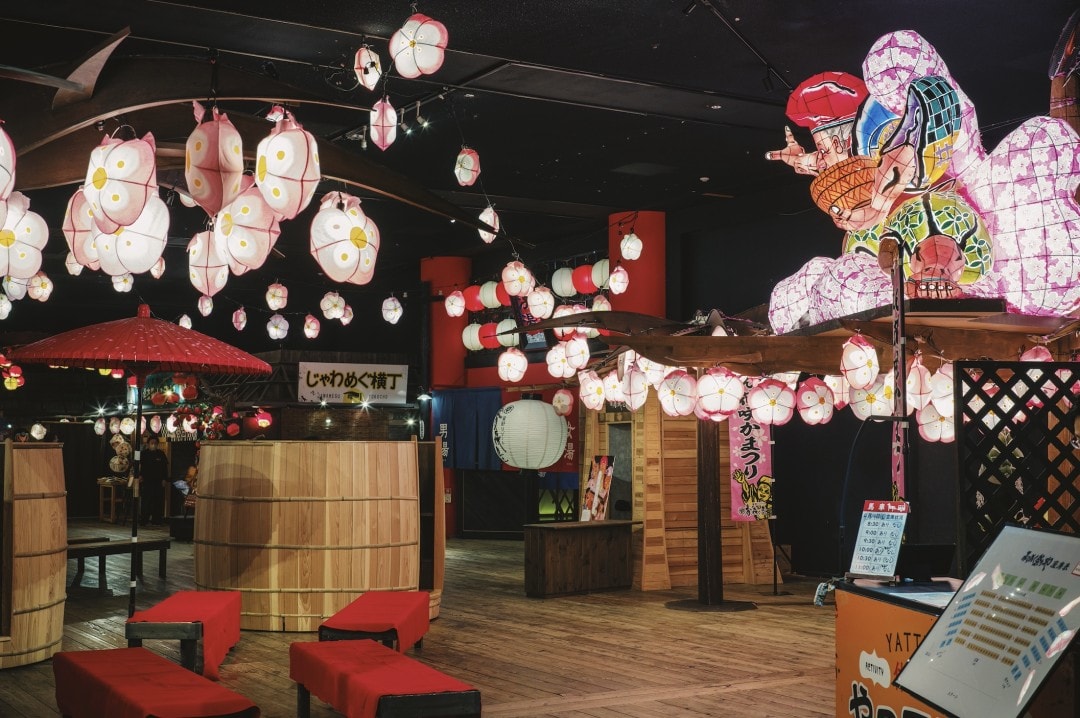
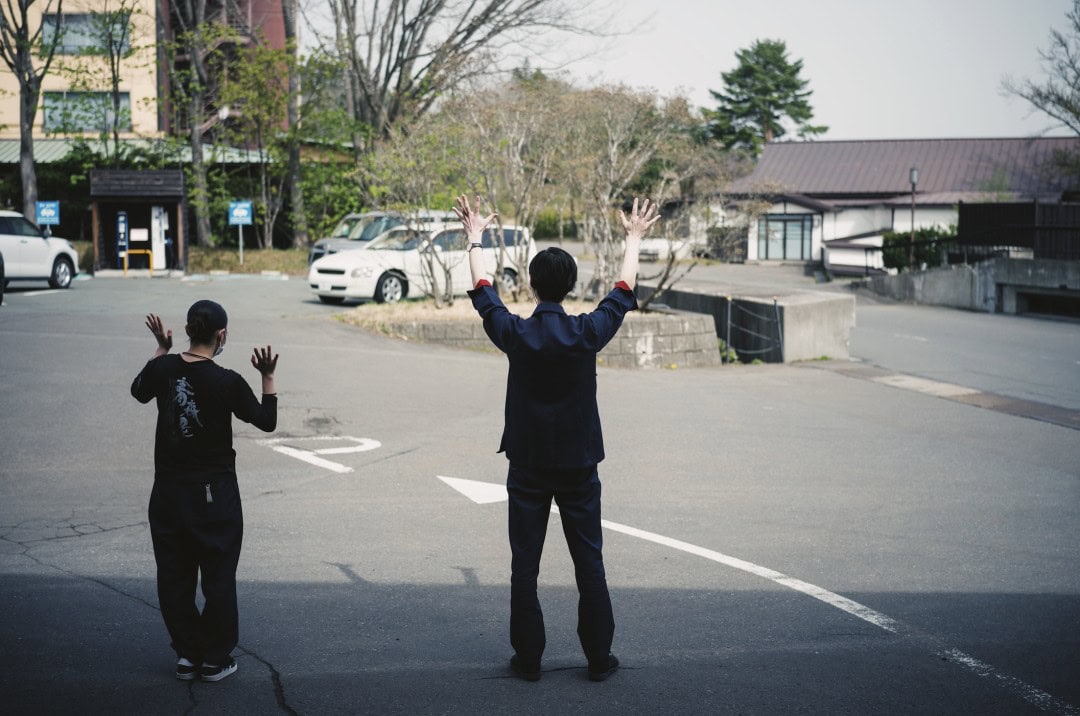
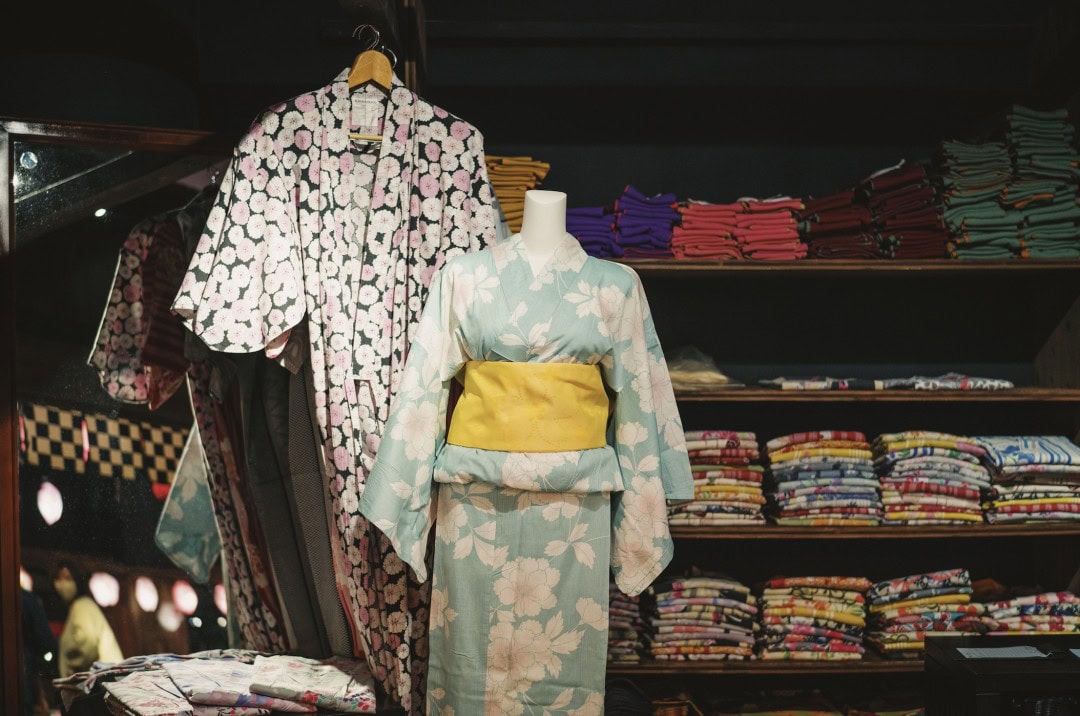
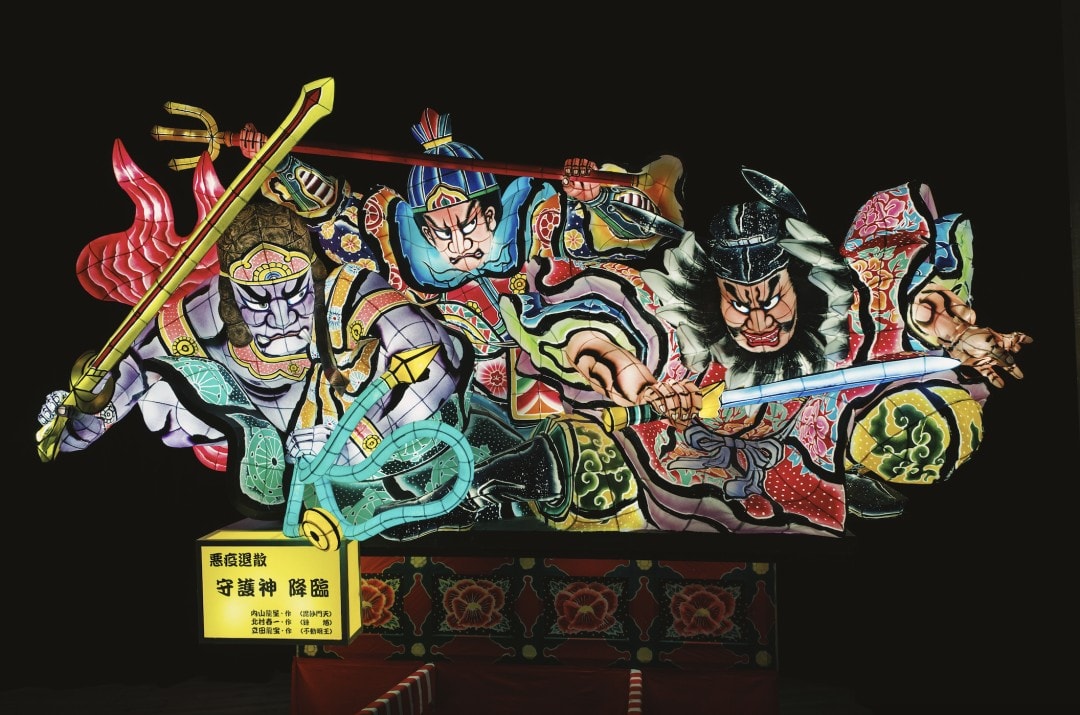
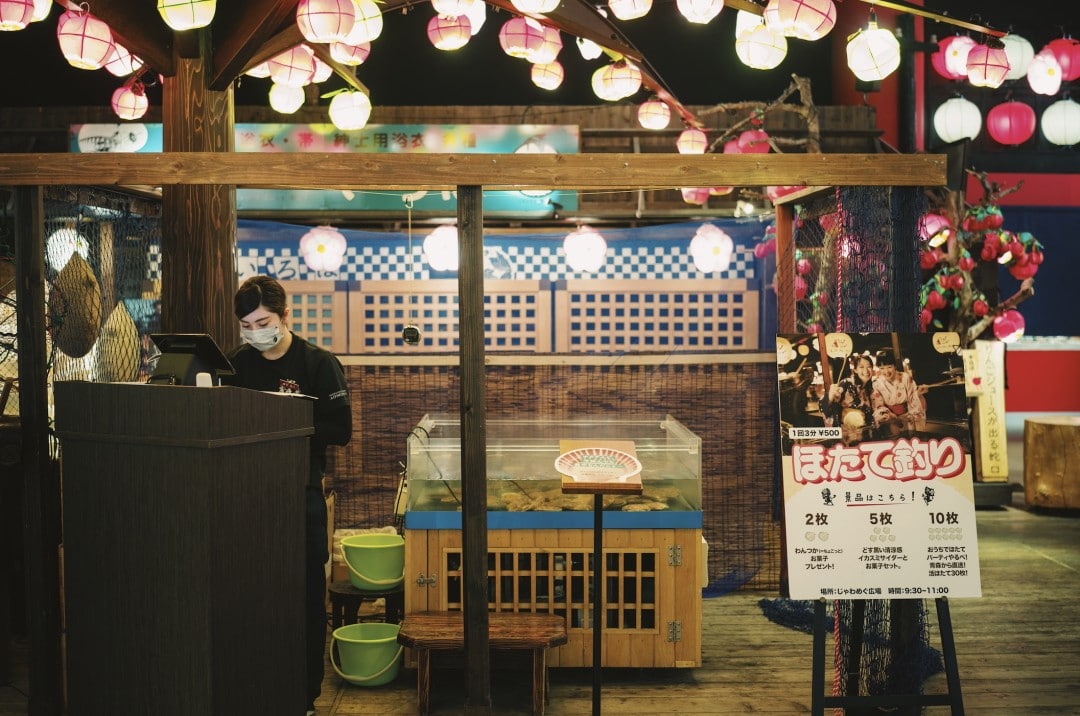
Staying here allows you to quickly immerse yourself in Aomori, Japan.
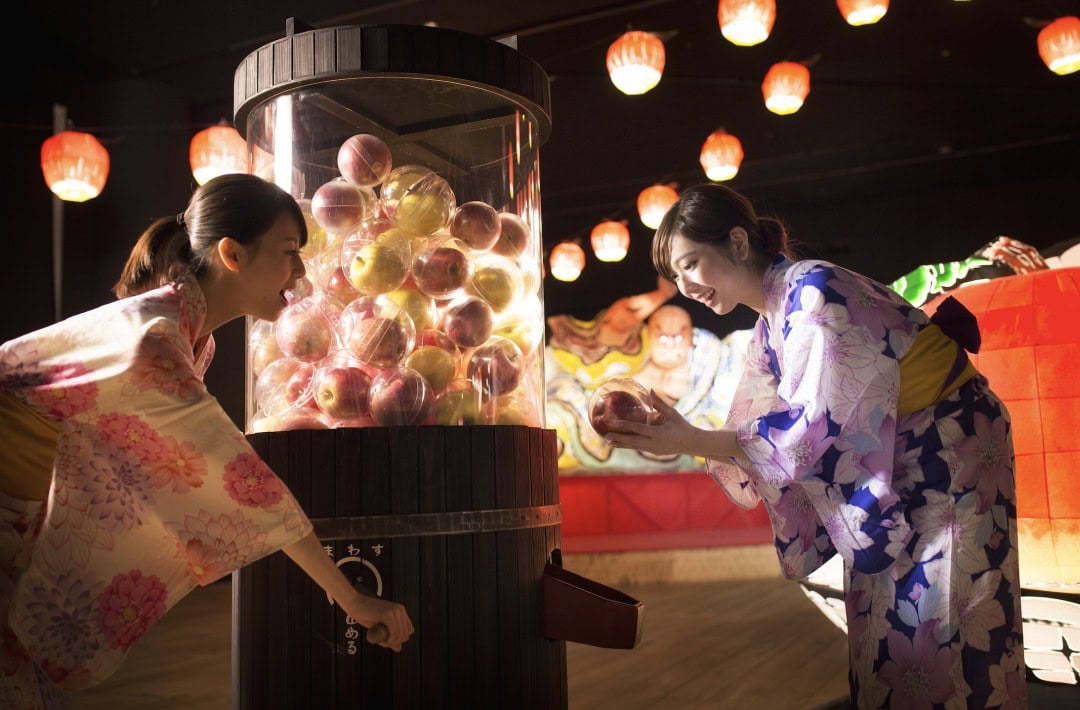
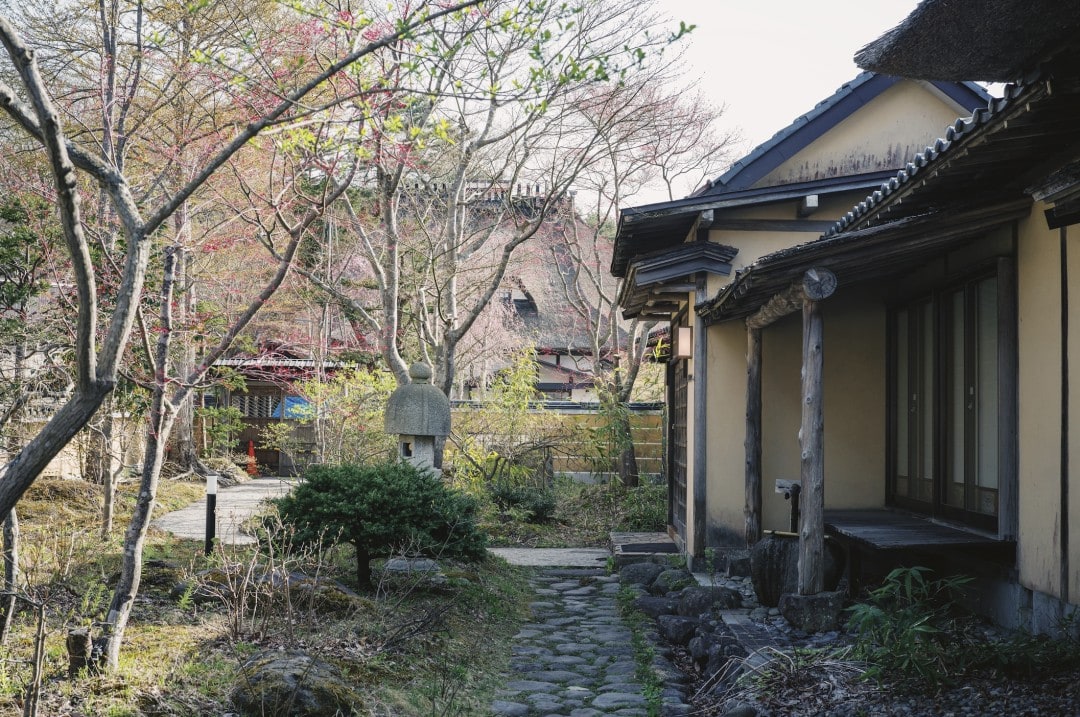
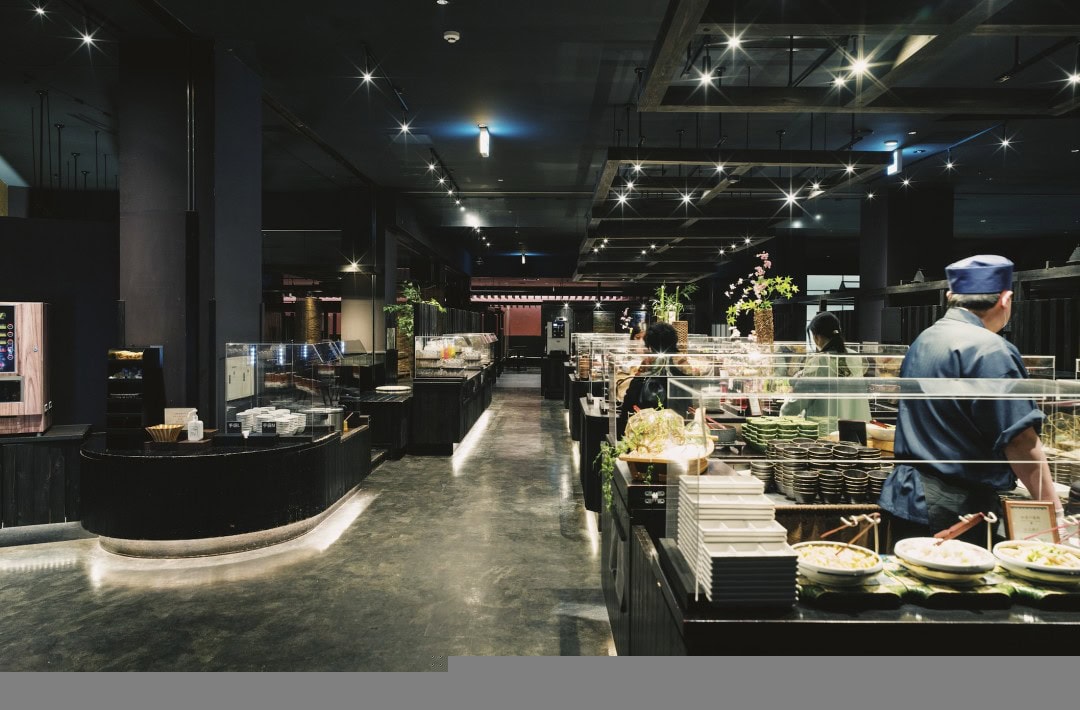
Next, let’s dive into the detailed Report on Hoshino Aomoriya.
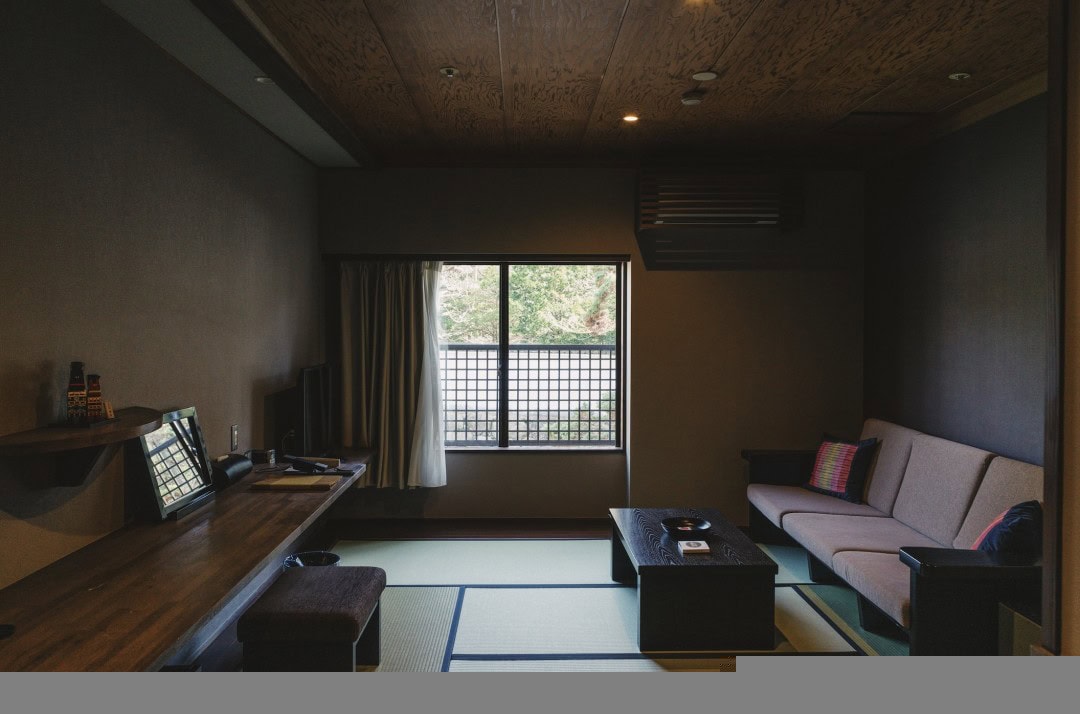
First, let’s talk about how to get there.
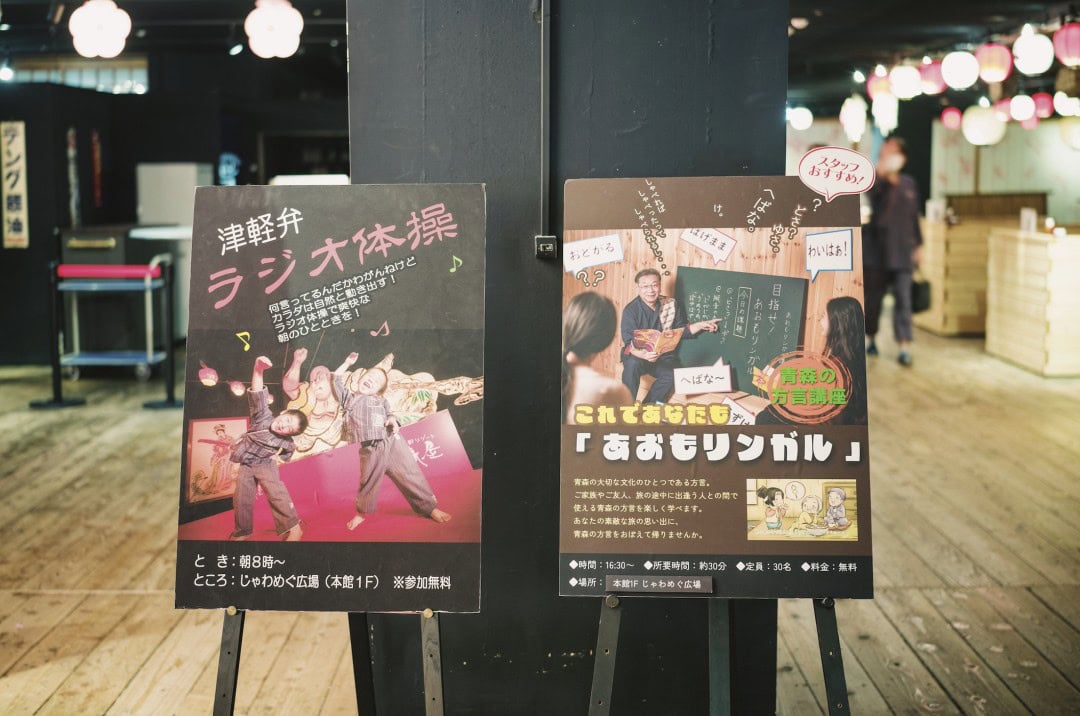
I took the JR train. From Tokyo, I took the Shinkansen to Hachinohe, then transferred to the Aoimori Railway for two stops to Misawa. After exiting the station, it’s about an 8-minute walk to Aomoriya, which is quite convenient.
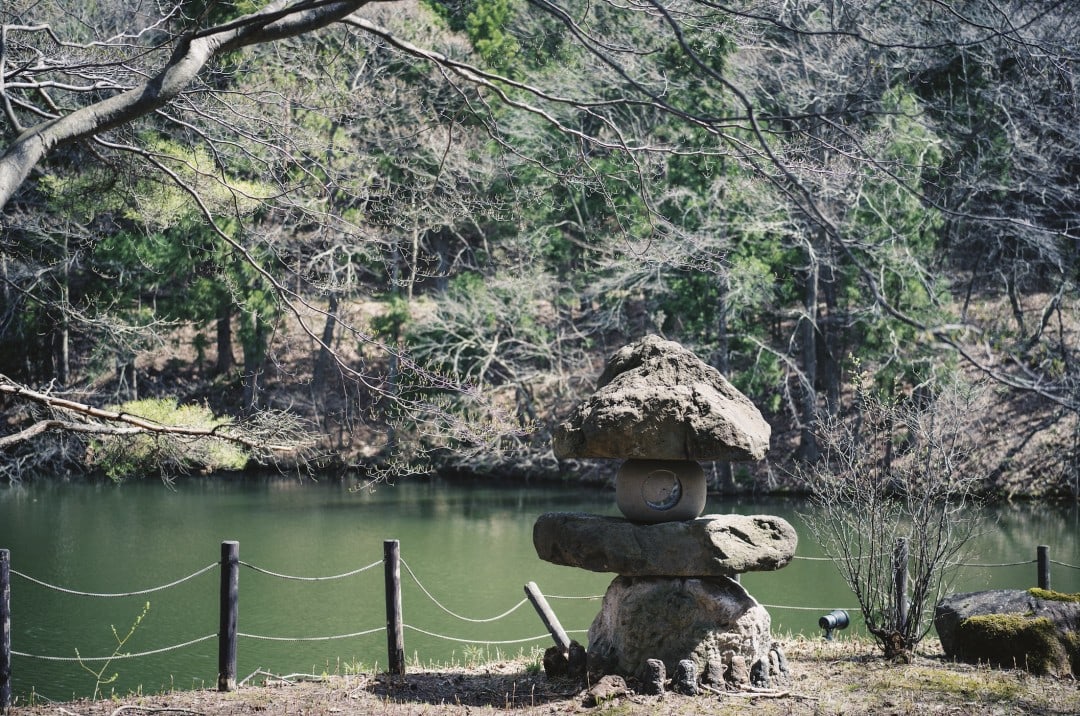
If you’re flying, I recommend flying into Misawa Airport, as there are routes from both Osaka and Tokyo.
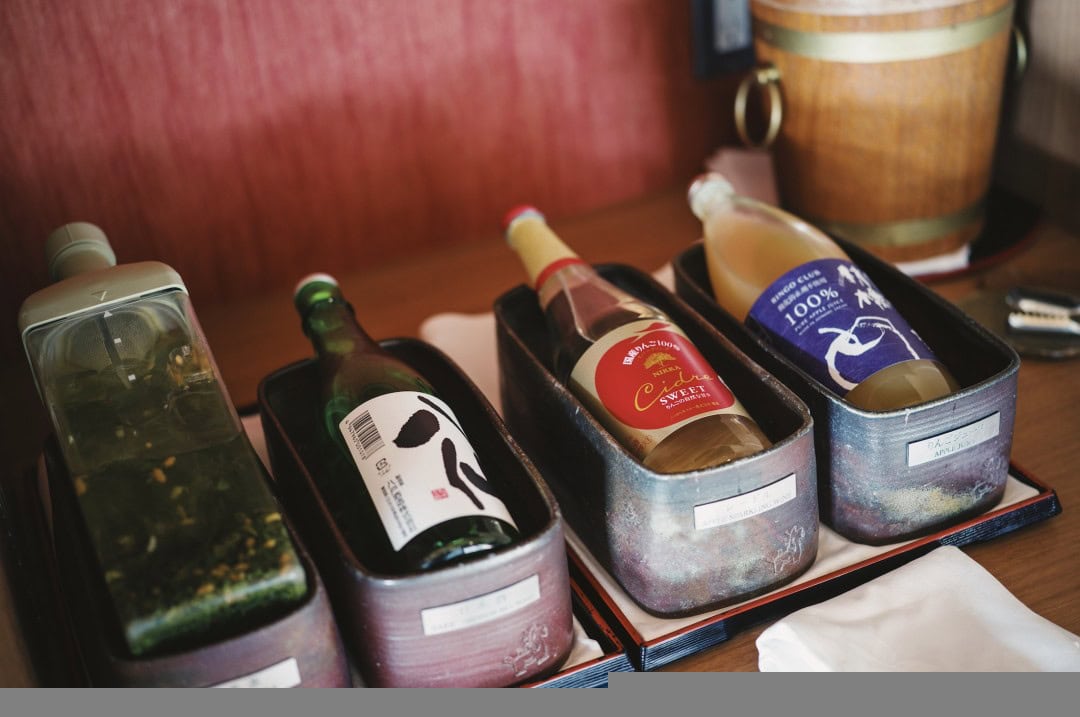
Before the pandemic, there used to be direct flights from China to Hanamaki and Sendai in Japan, making it super close to get to Aomoriya from these two cities.
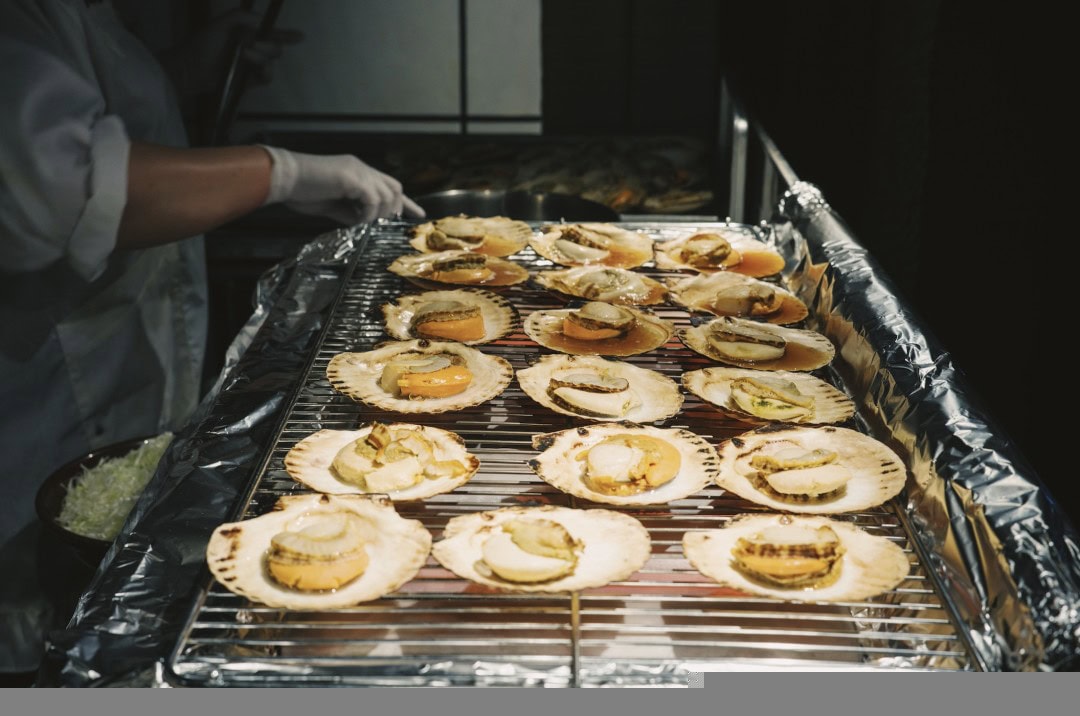
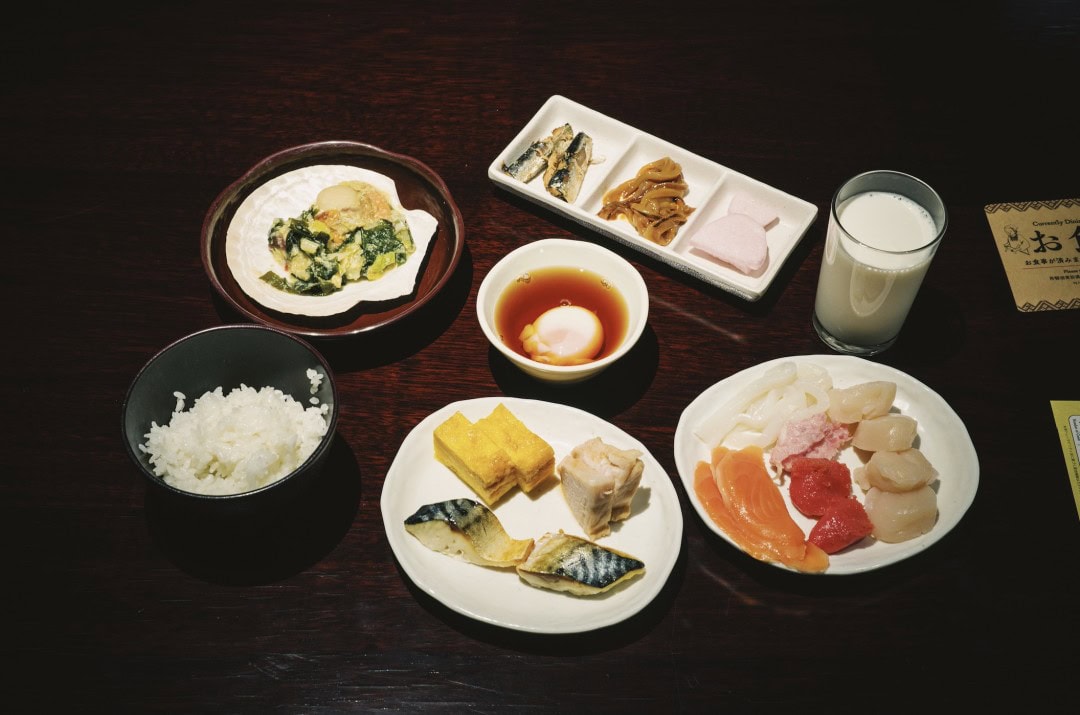
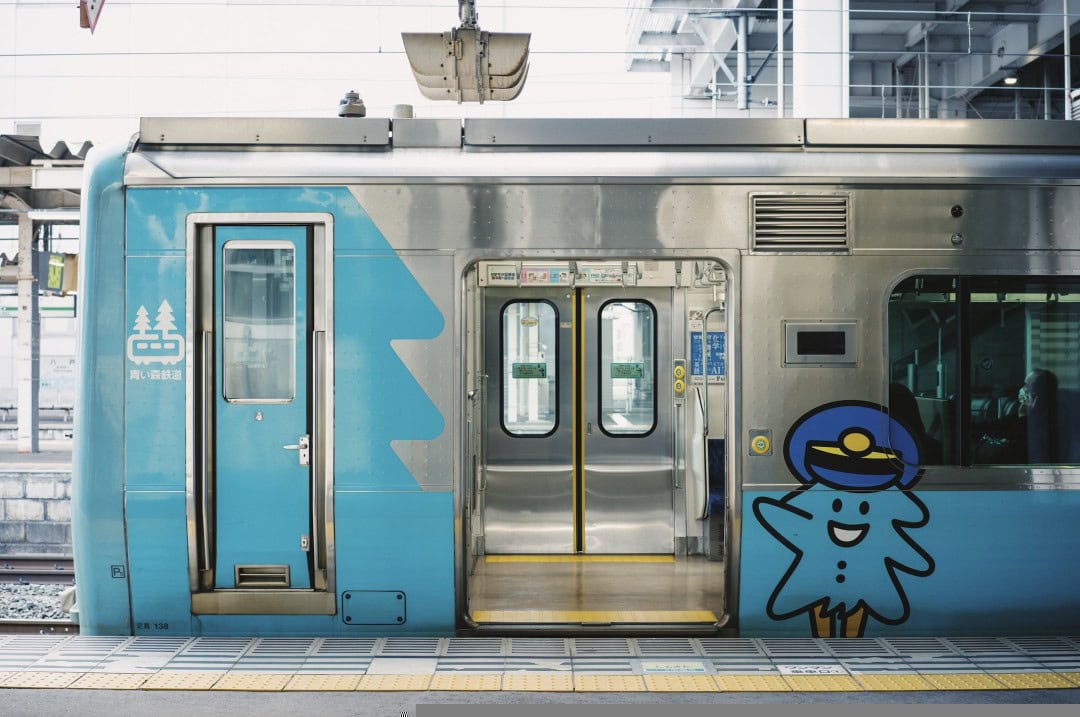
There are also free shuttle buses from Misawa Station, Misawa Airport, and Oirase Keiryu Hotel to Aomoriya. I suggest combining visits to Aomoriya and Oirase Keiryu together.
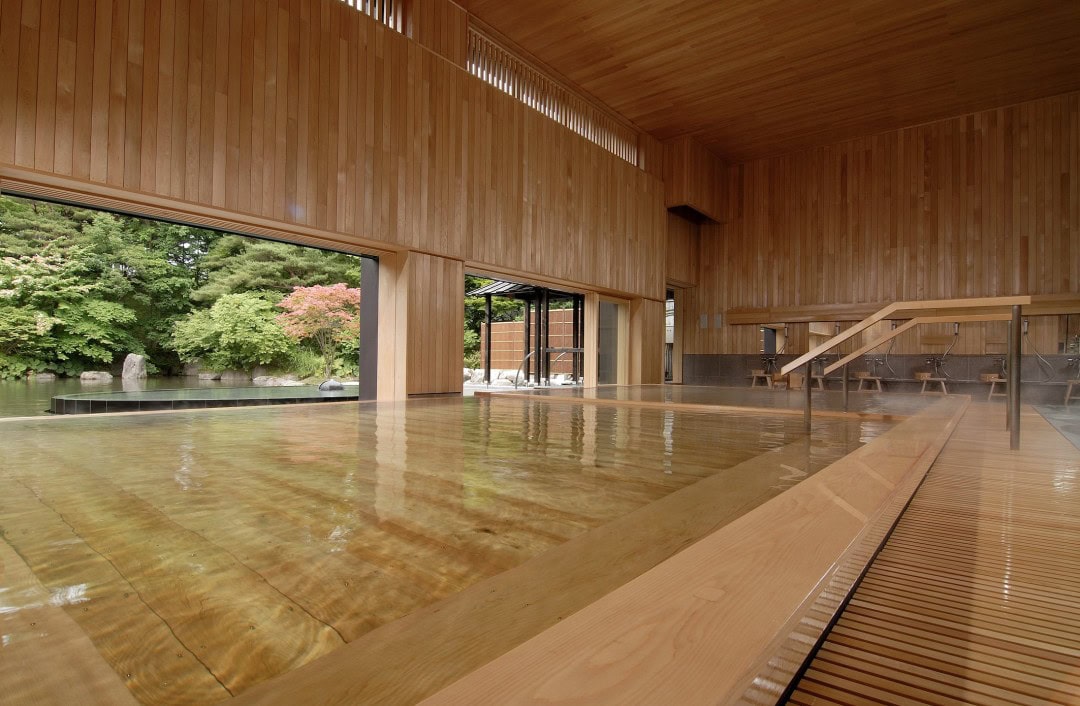
For detailed transportation guidelines, you can check Aomoriya’s official website:
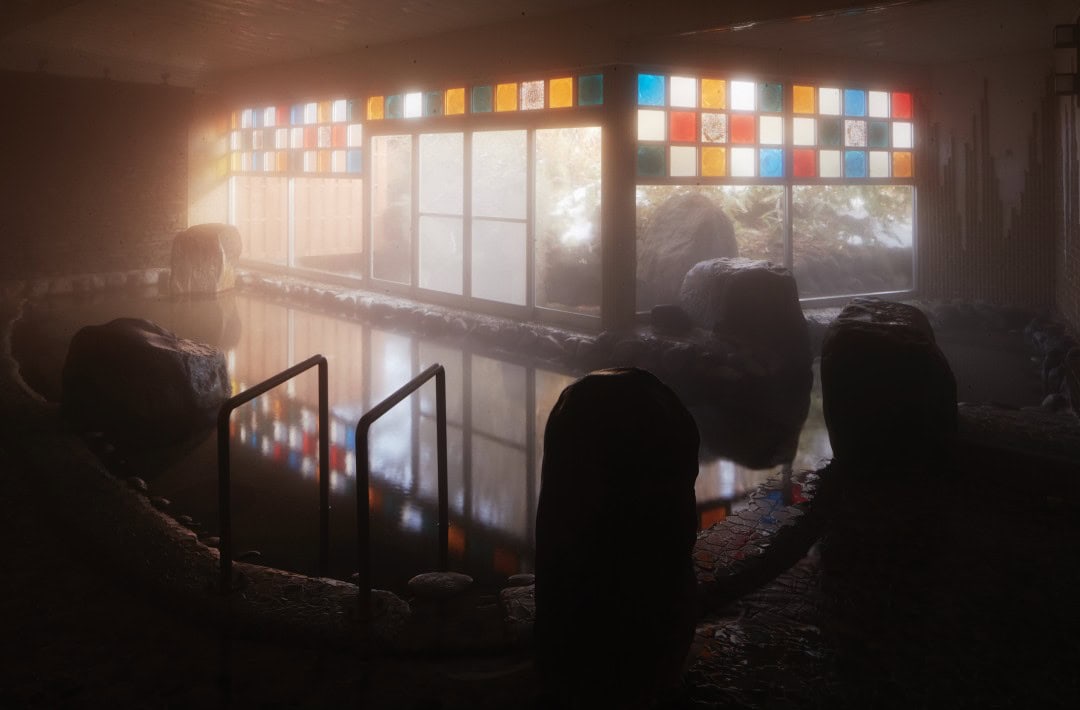
https://hoshinoresorts.com/zh_tw/hotels/aomoriya/access/
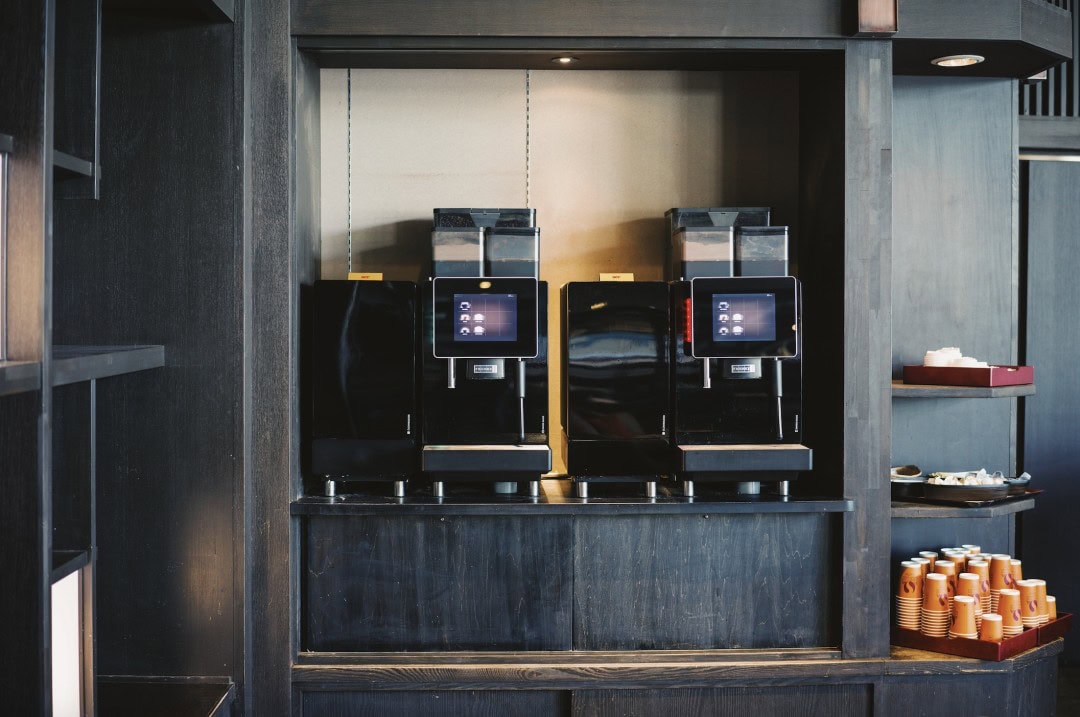
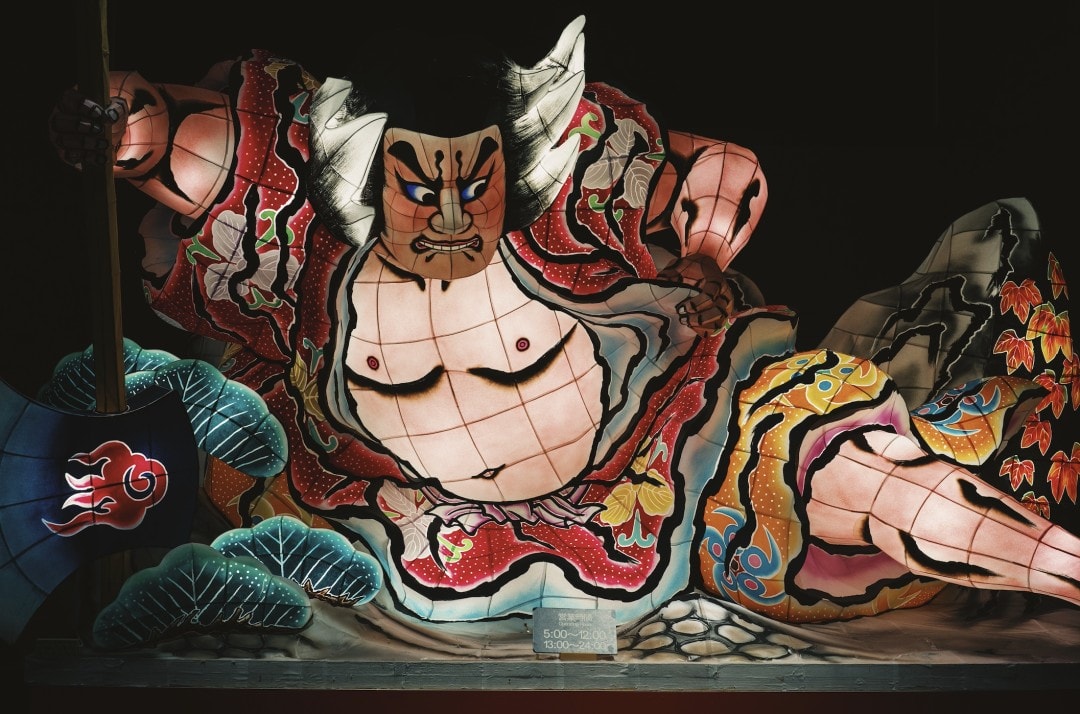
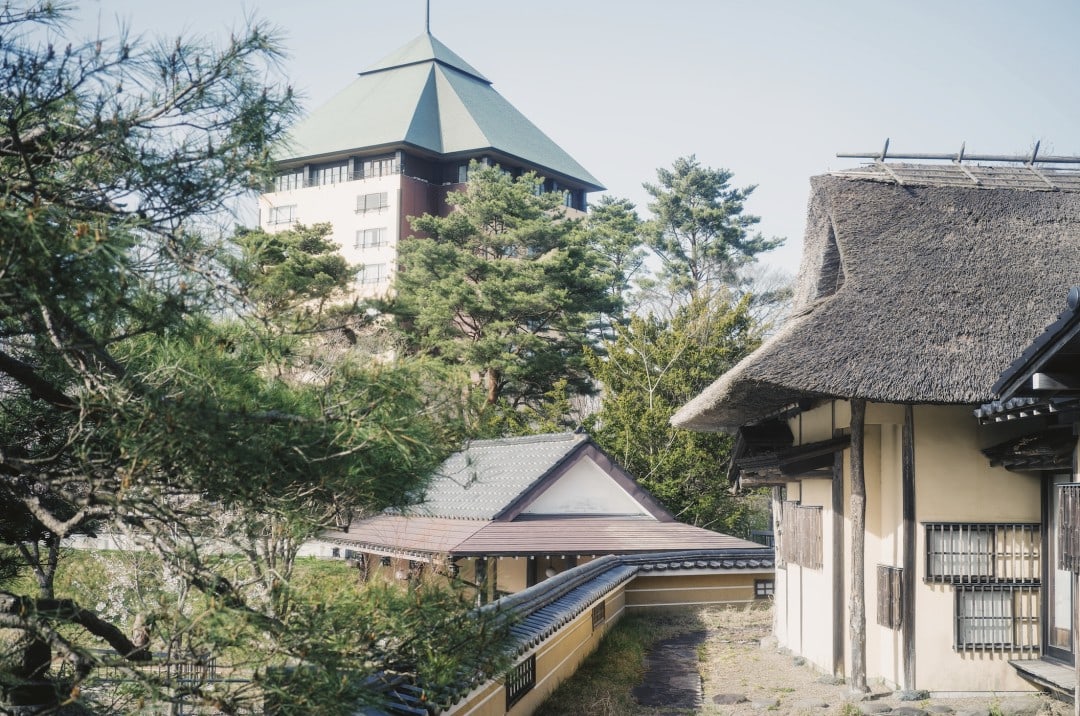
I booked a 2-night stay, and I recommend staying at least 2 nights at Aomoriya.
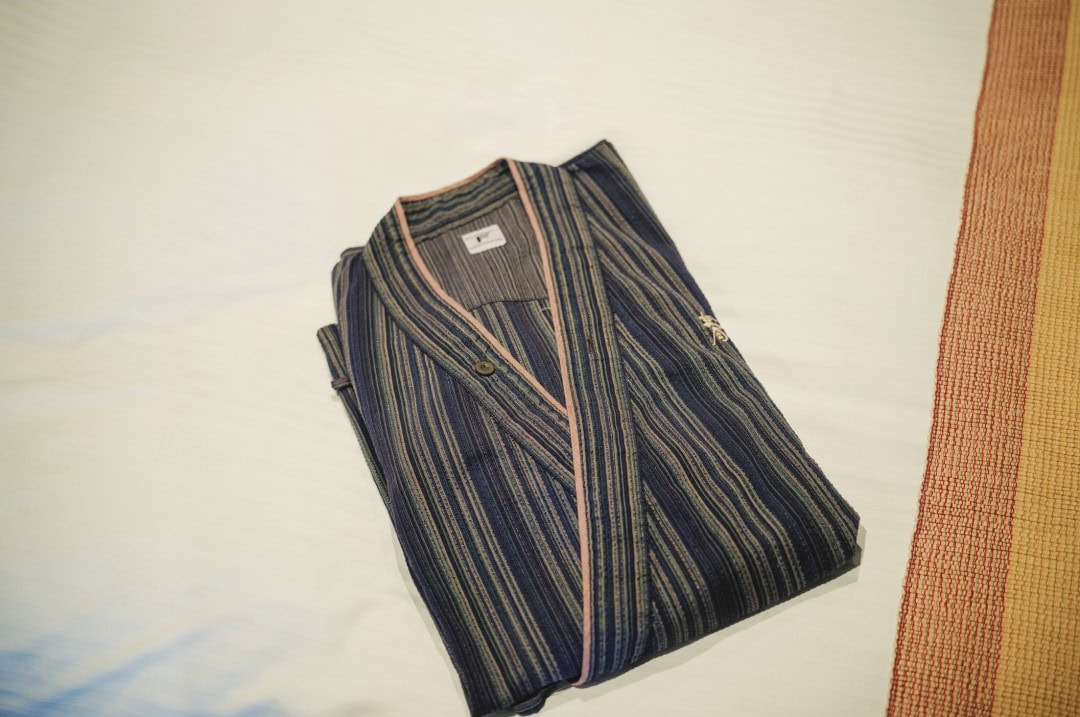
Aomoriya has three hot spring baths, three restaurants, and one large park. Spending three days and two nights is necessary to fully enjoy everything.
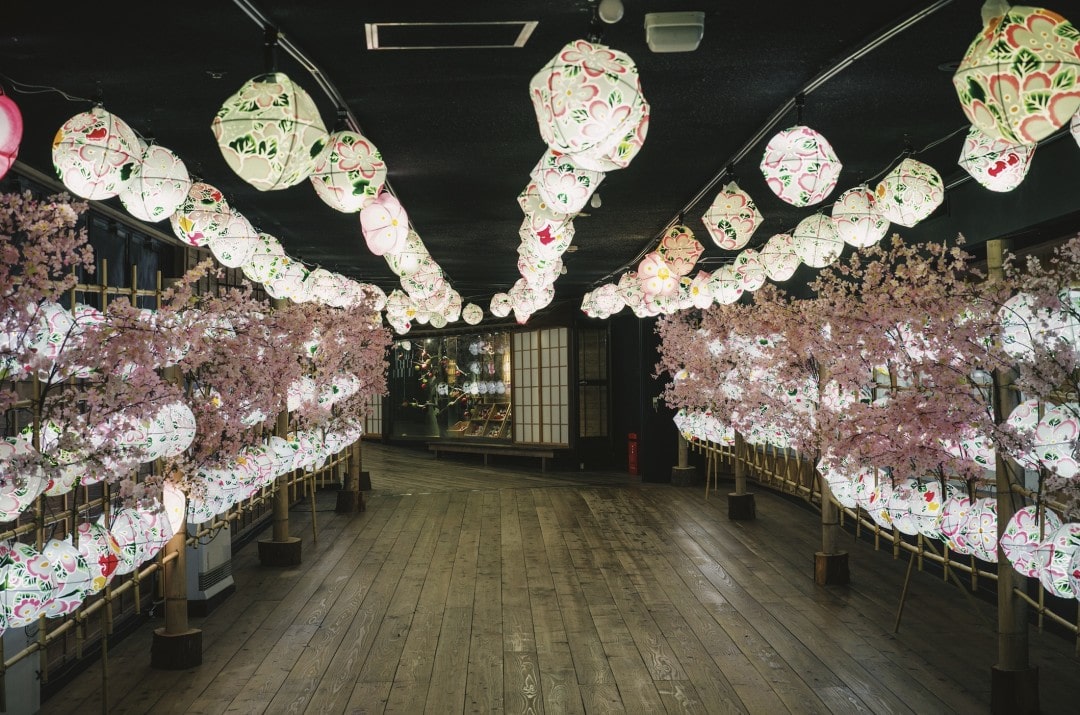
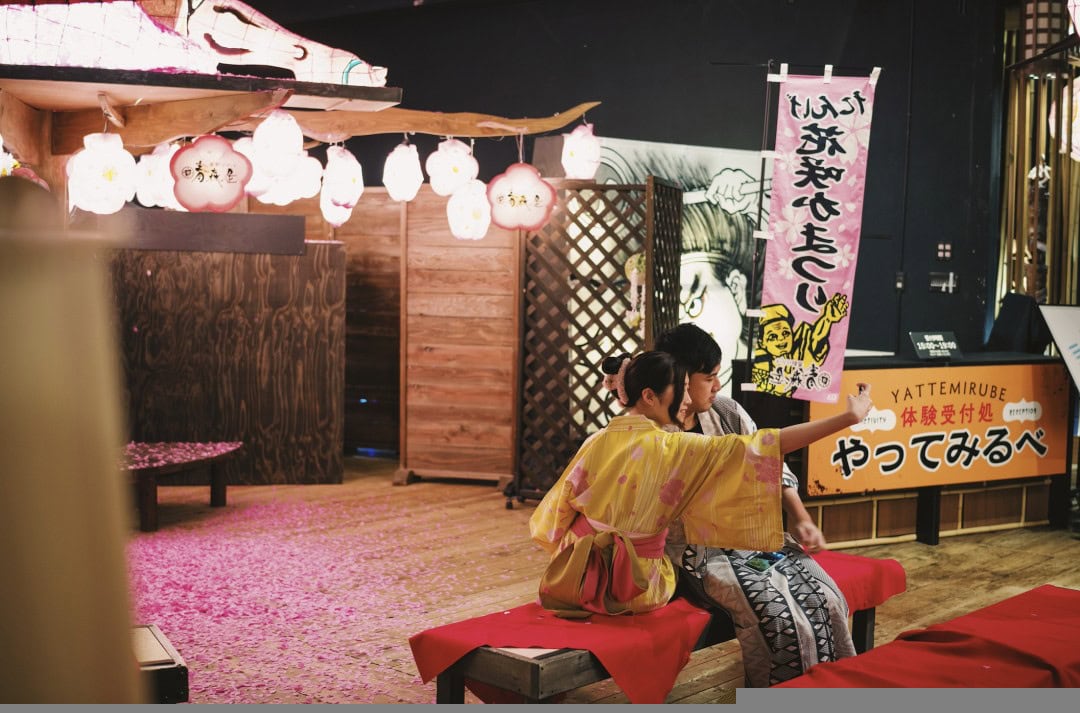
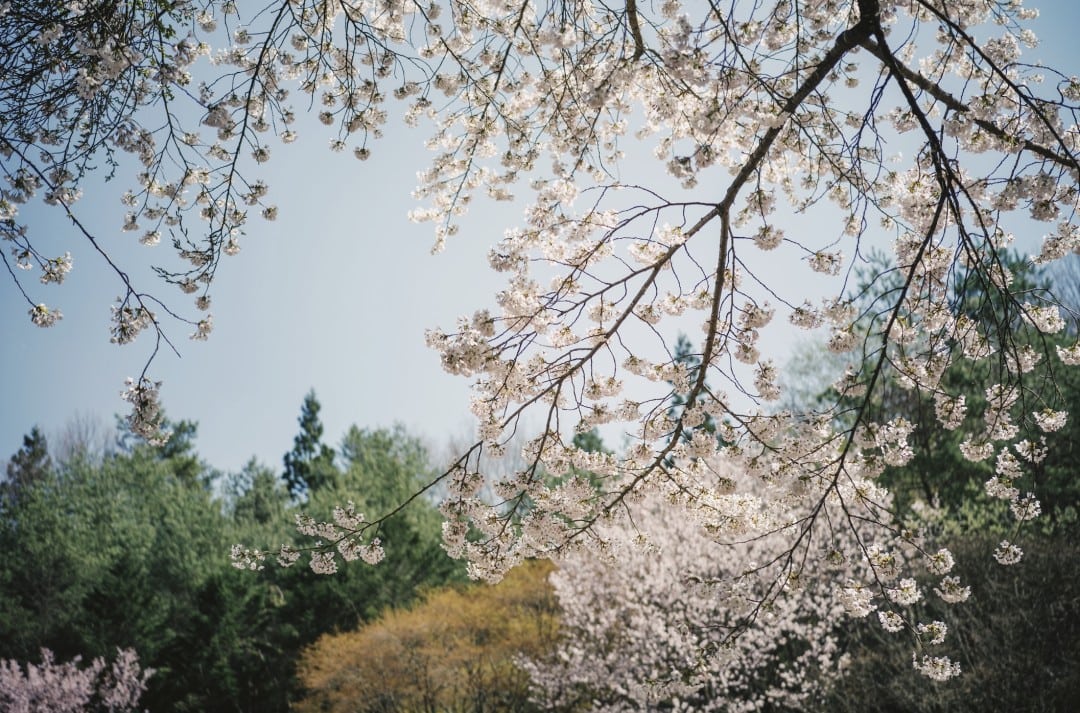
Here’s a map of the interior of Aomoriya.
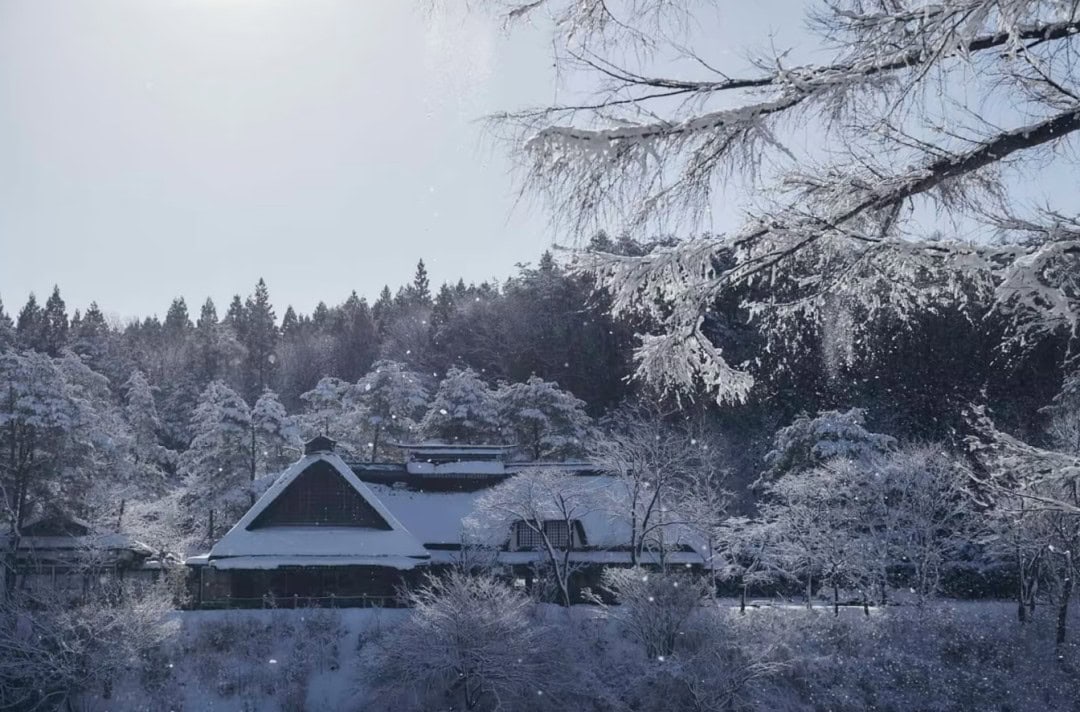
Although Aomoriya has three buildings, the first floor of all three buildings is interconnected. The Fun Plaza, Mutsu Festival Hall, hot springs, Cheers Tavern, shops, buffet restaurant, and game area are all on the first floor.
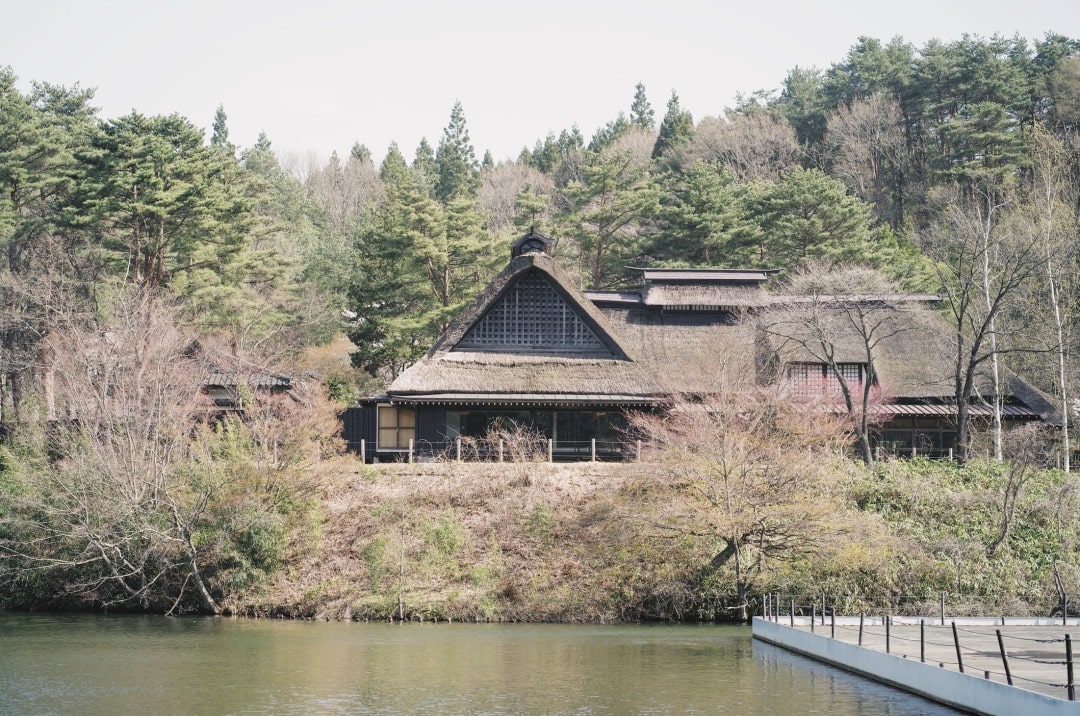
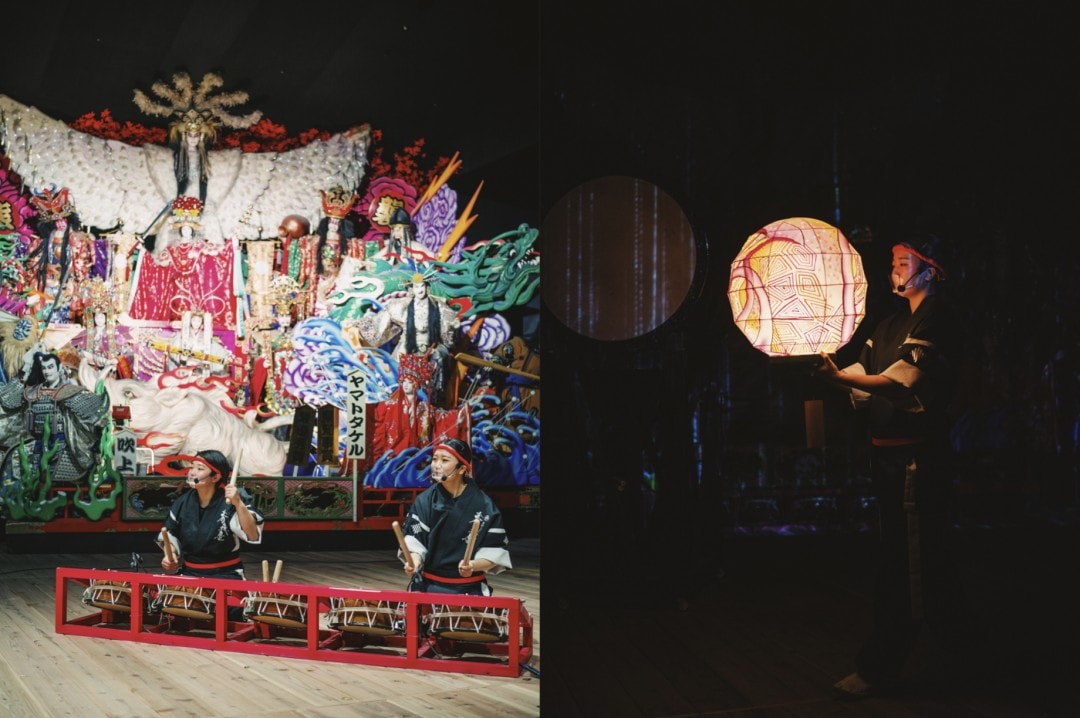
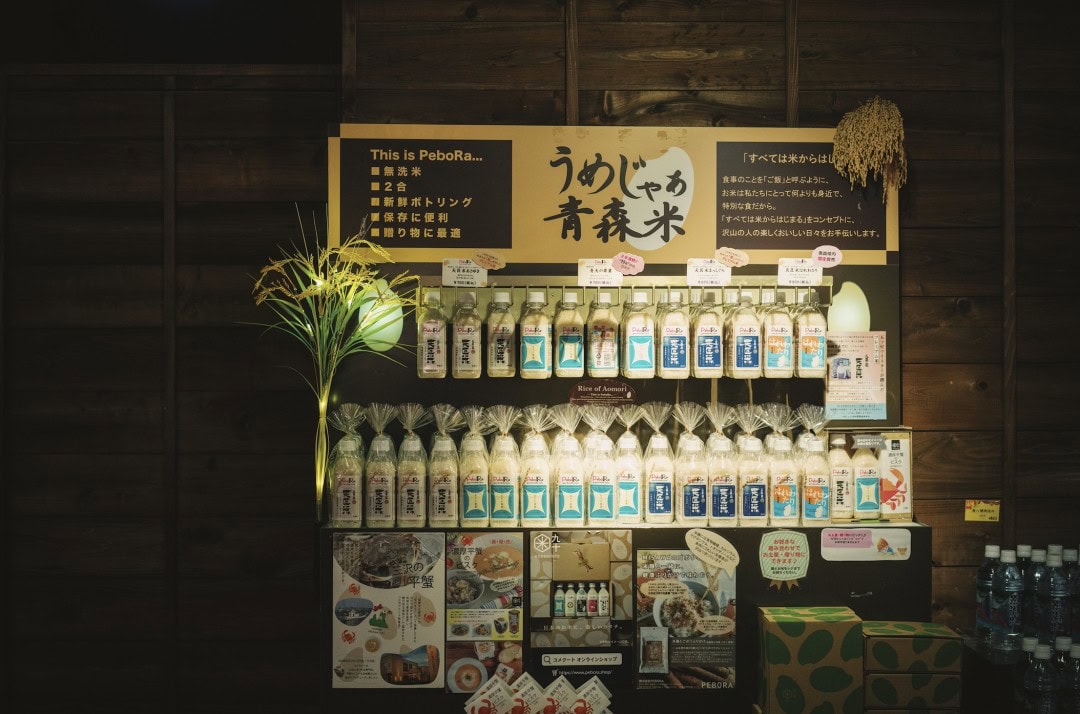
The Main Building, West Building, and East Building all contain guest rooms and are not significantly different from each other.
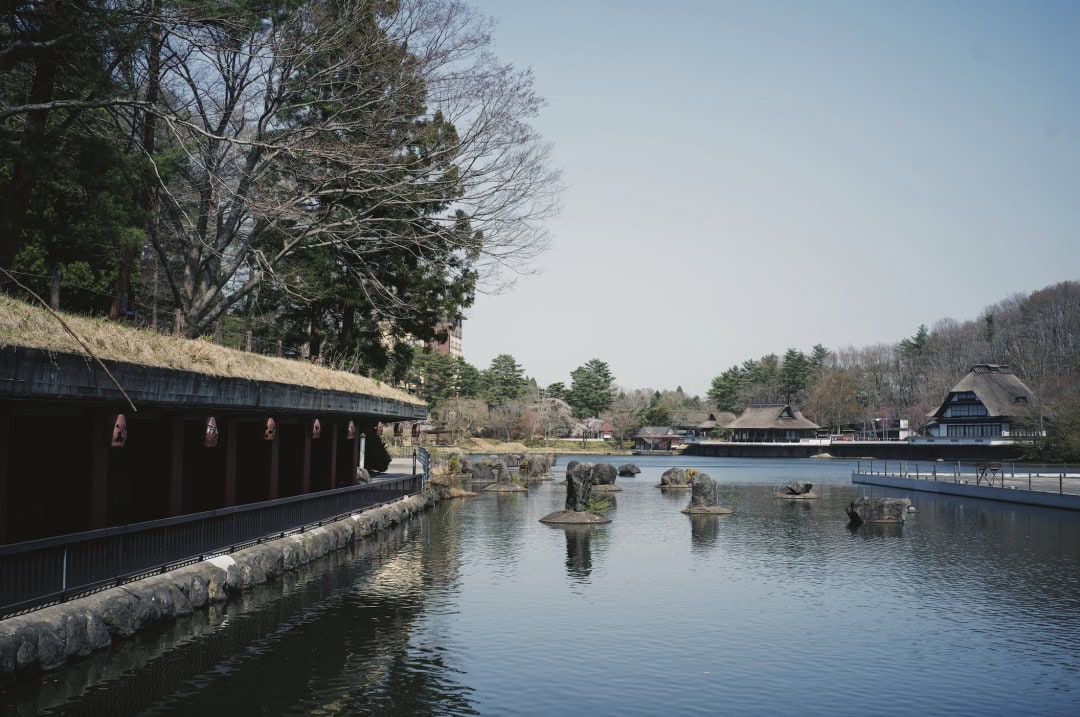
Most rooms at Aomoriya are in a Japanese-Western style. “Washitsu” refers to Japanese-style rooms, “yoshitsu” to Western-style, and “Wayoshitsu” is a combination of both. The Japanese-Western style is generally more acceptable for foreign tourists since it’s not entirely tatami mats.
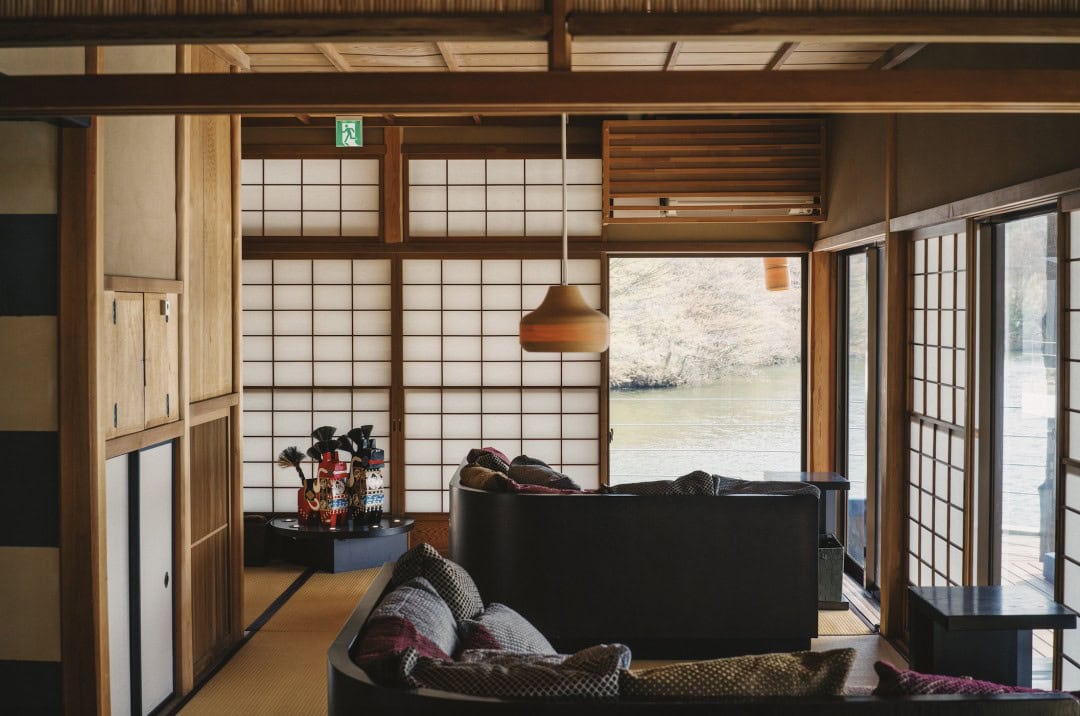
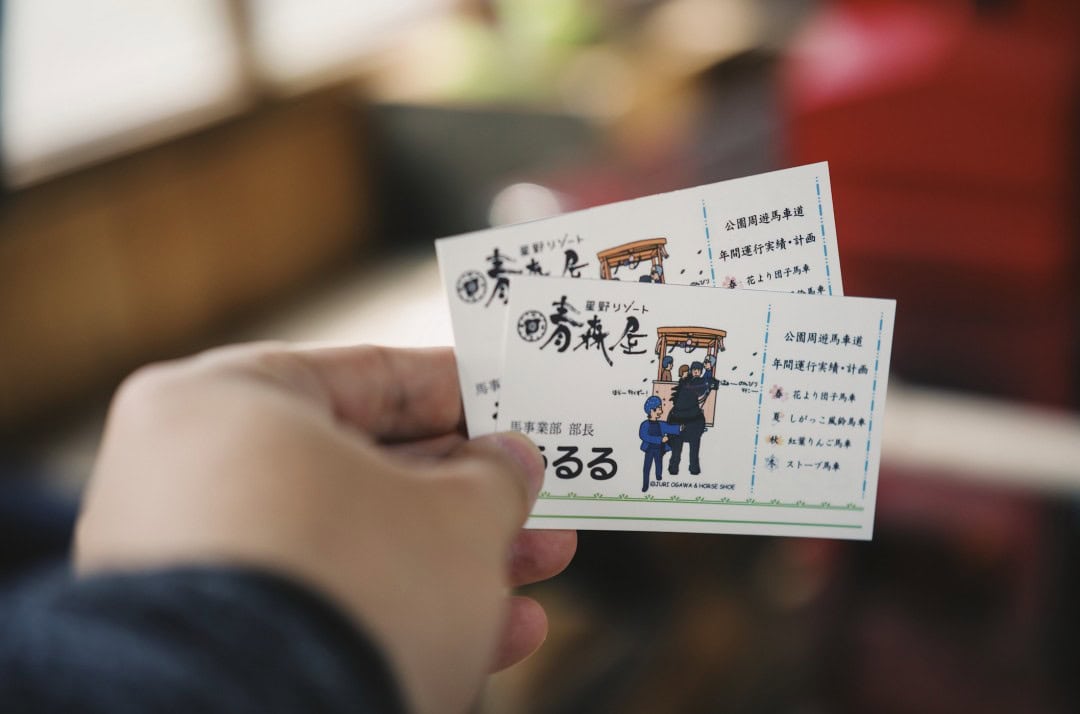
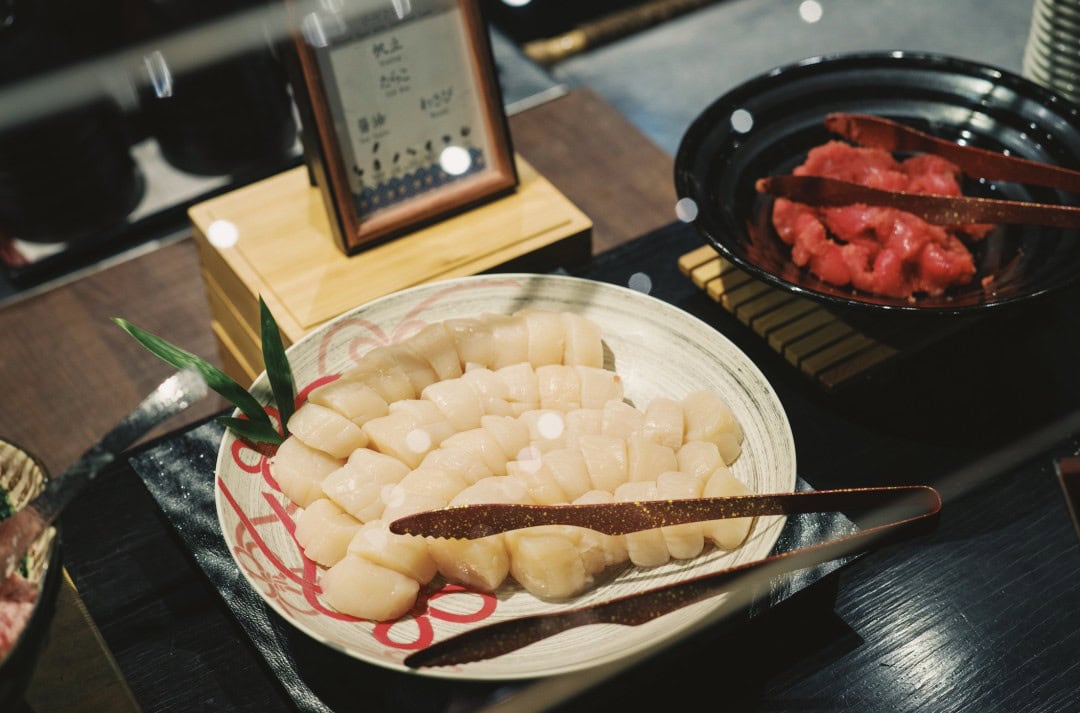
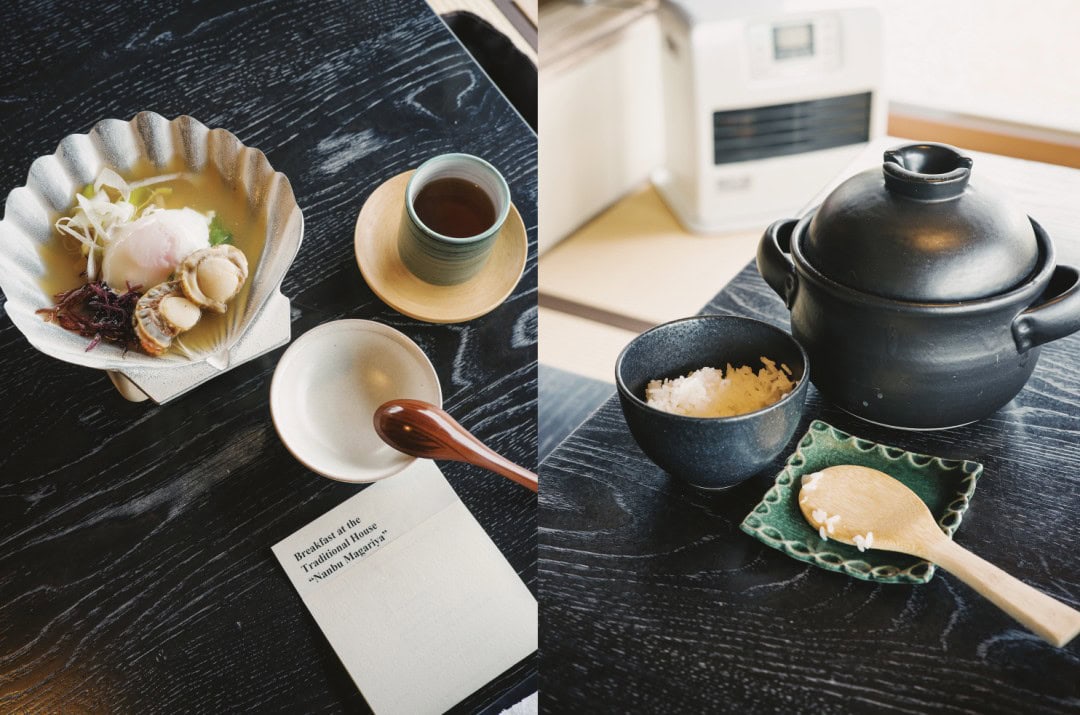
I got lucky with my booking and got a room with a private hot spring.
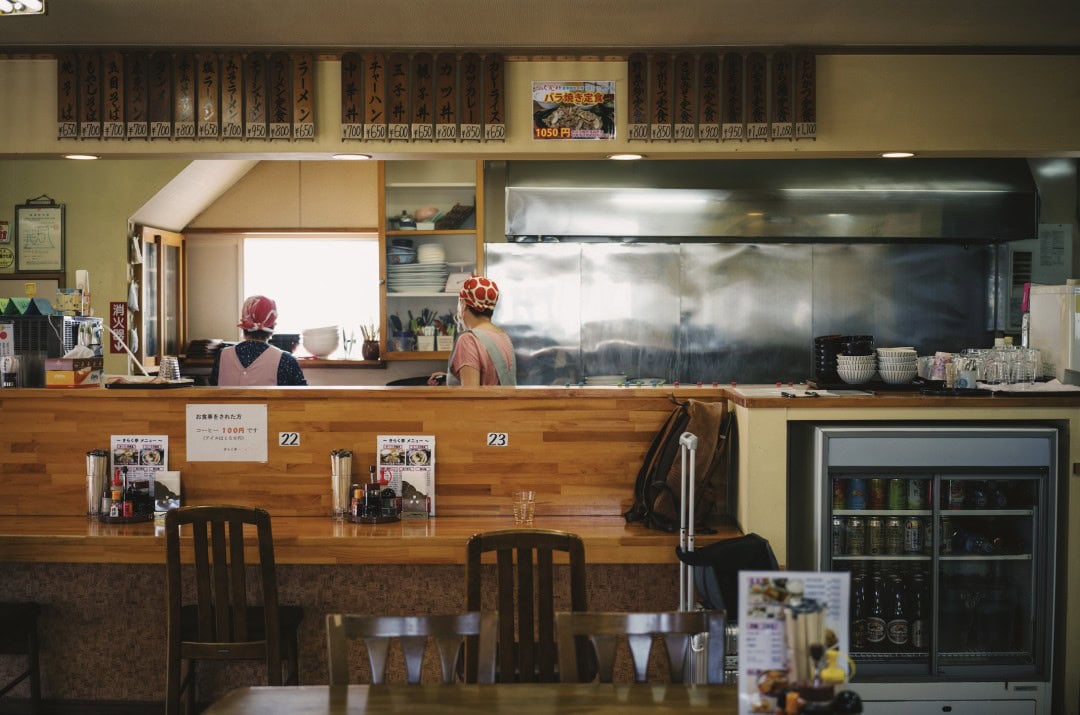
The package promoted at the time was a “blind box” deal. With good luck, you might get a semi-open-air bath room, and with extremely good luck, you might get a room themed around the Nebuta Festival.
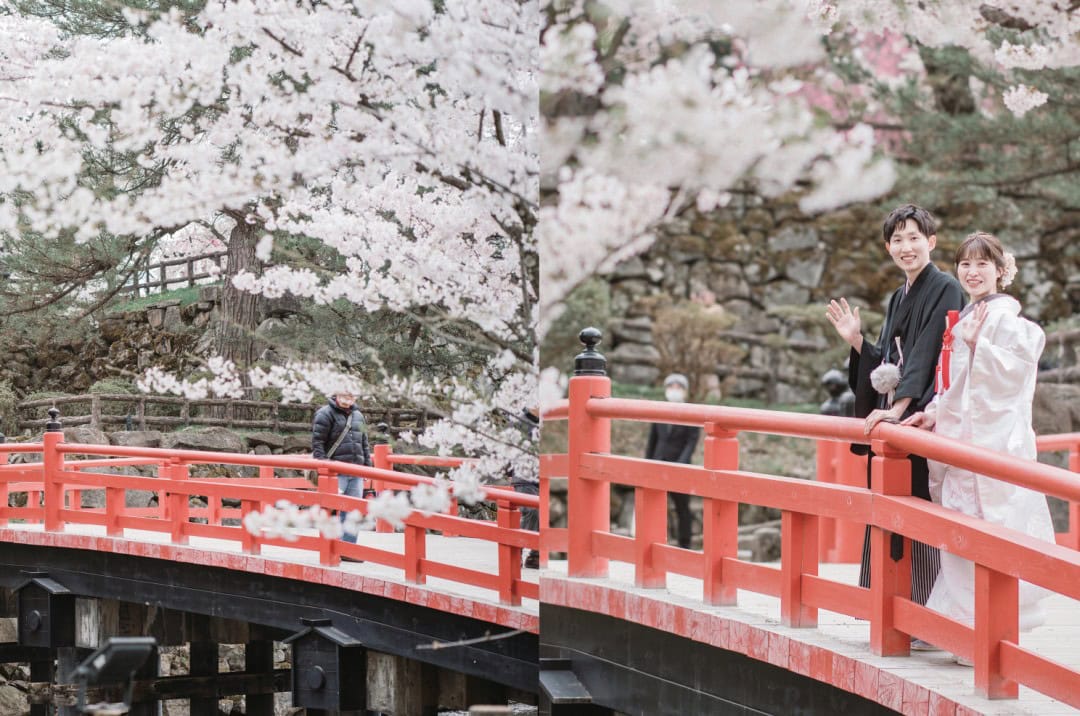
Actually, even if you get the most basic room, the area is still 30-37 square meters, which is considered large for hotels in Japan.
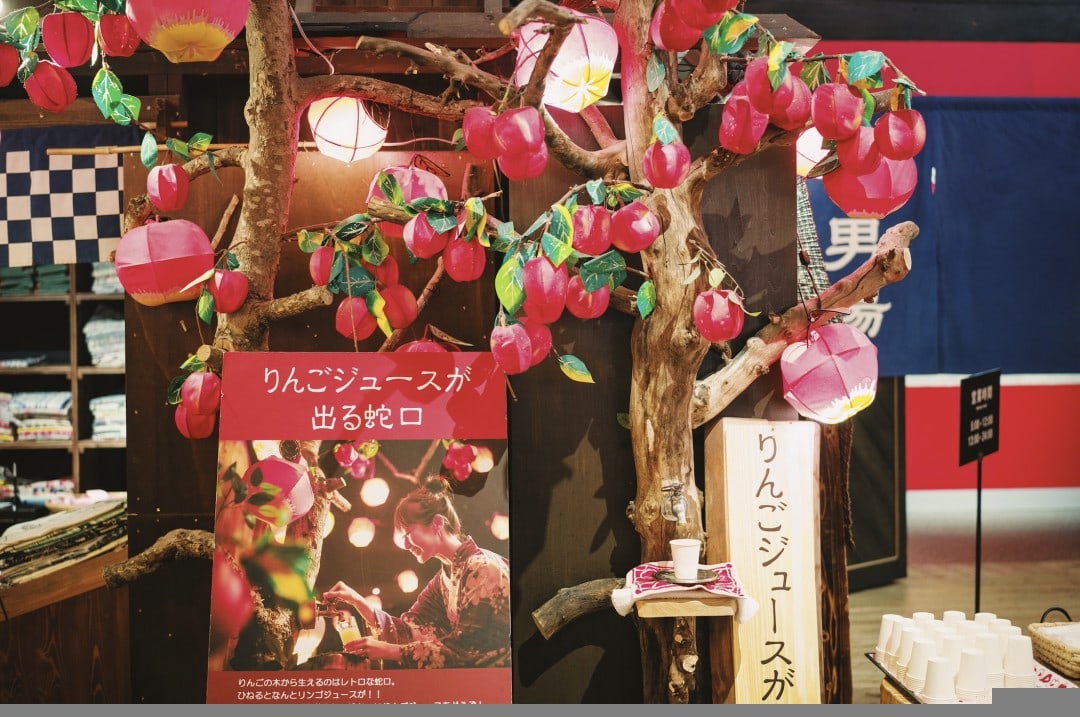
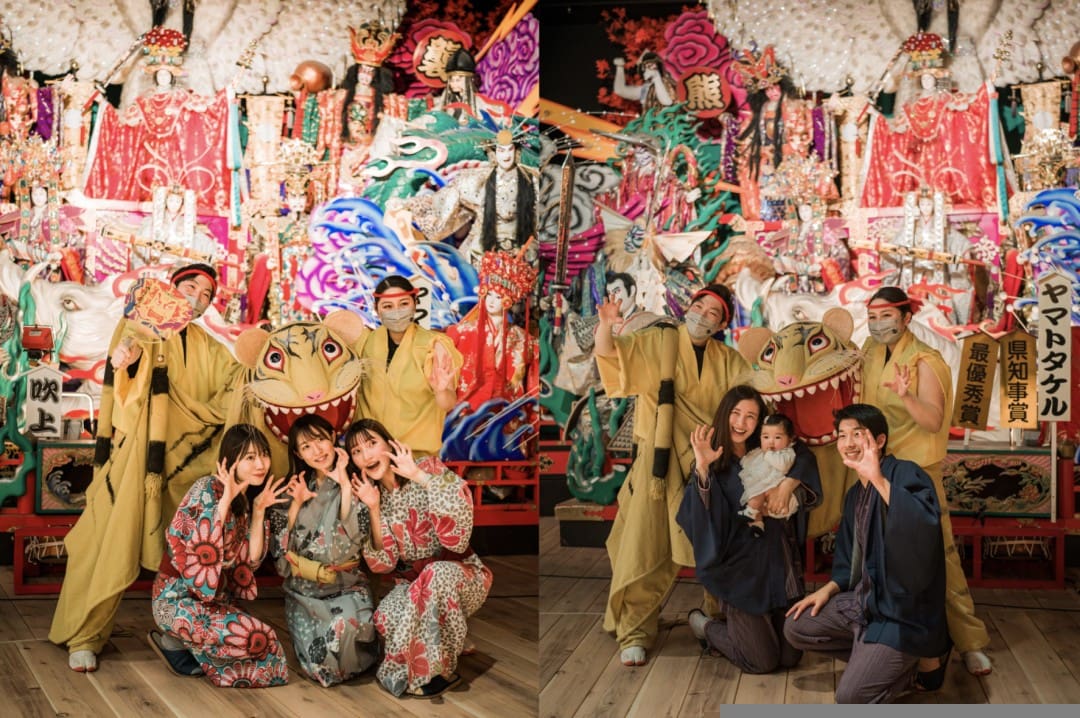
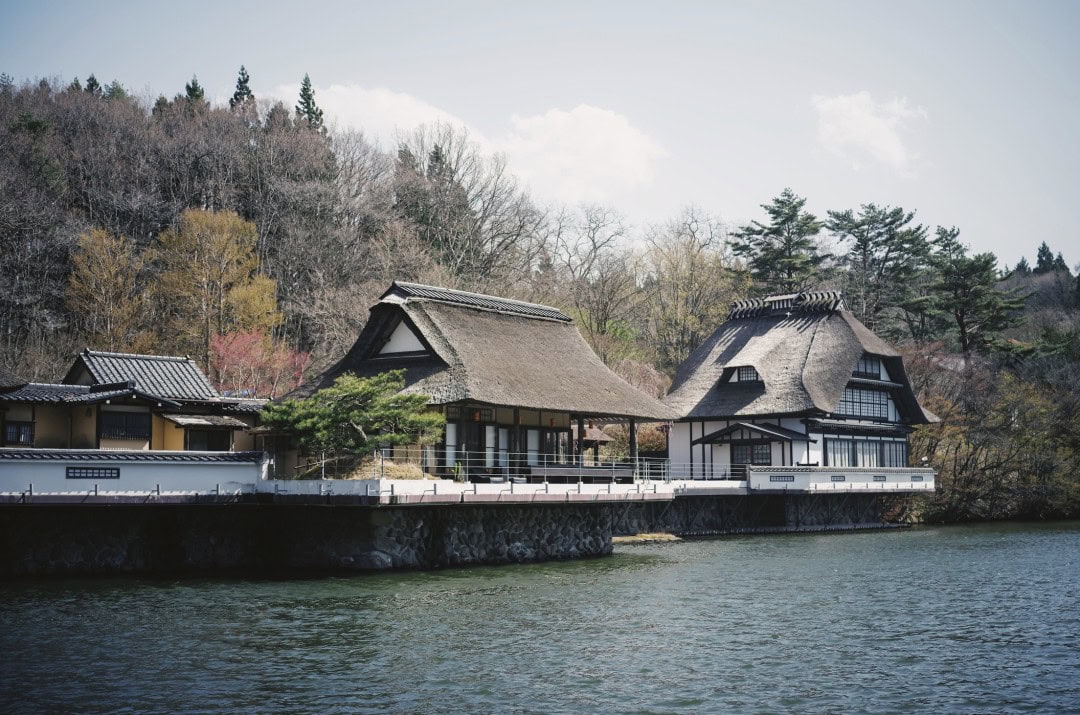
In the room, there will be yukatas, and it is recommended to change into a yukata once you arrive at the hotel.
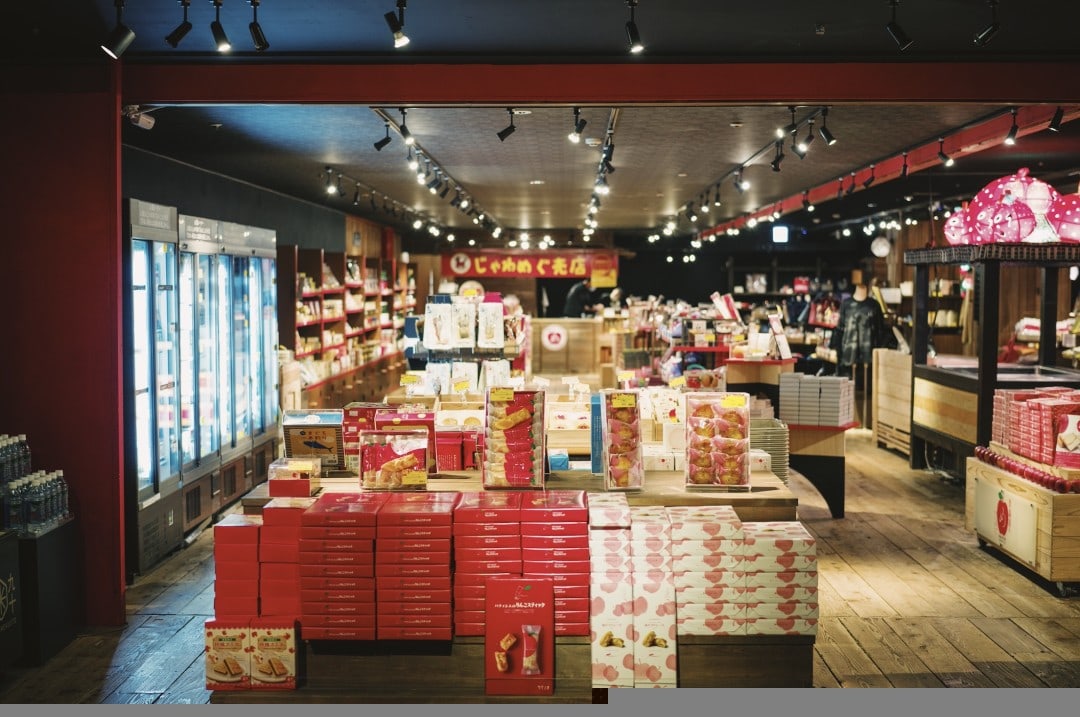
Japanese hot spring ryokans are all about enjoying gourmet food, soaking in hot springs in the morning and evening, steaming in the sauna, and having a comfortable sleep.
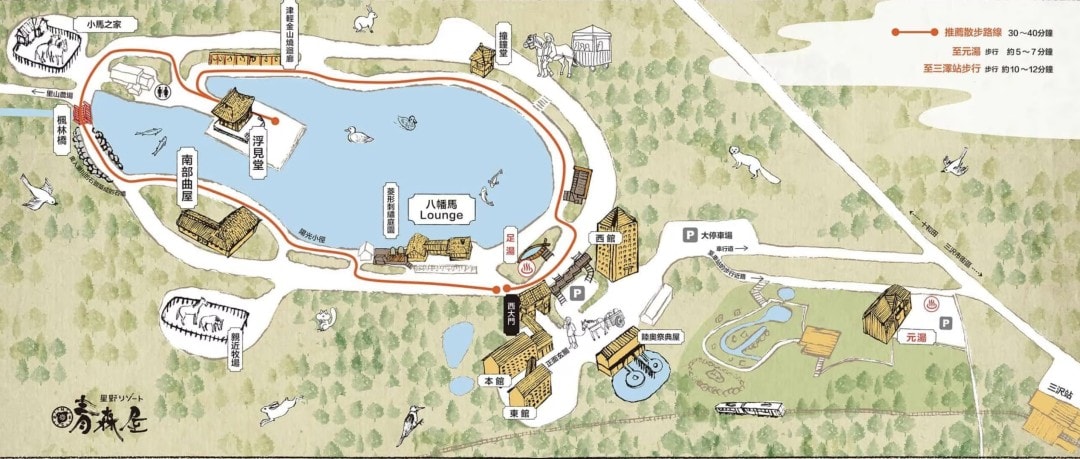
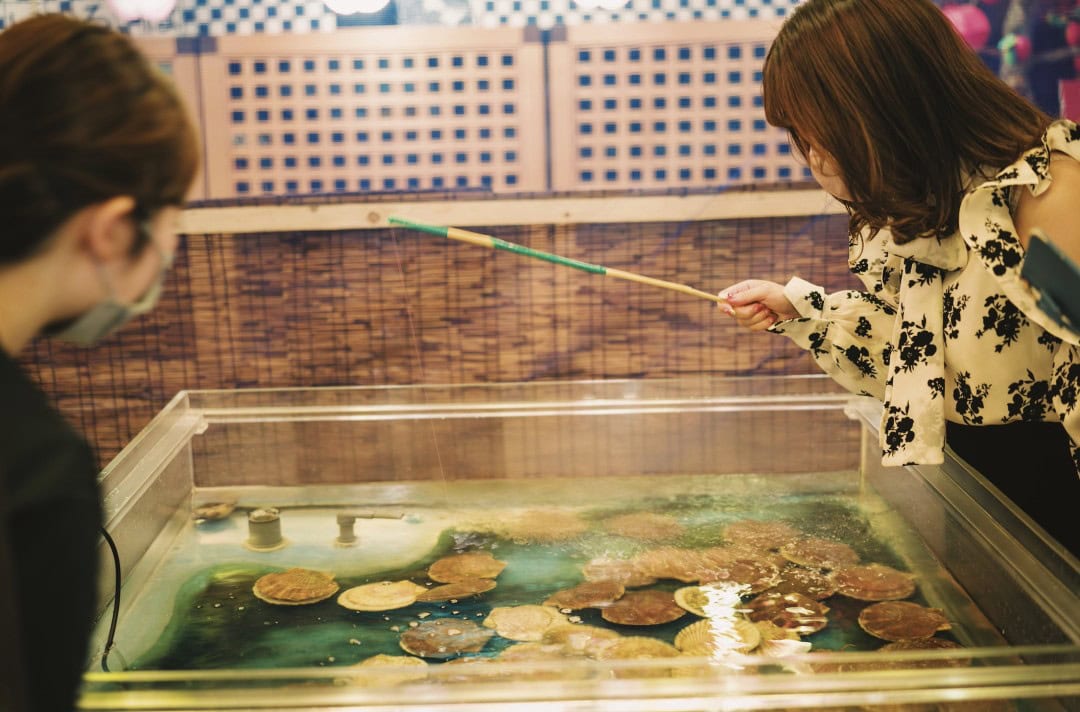
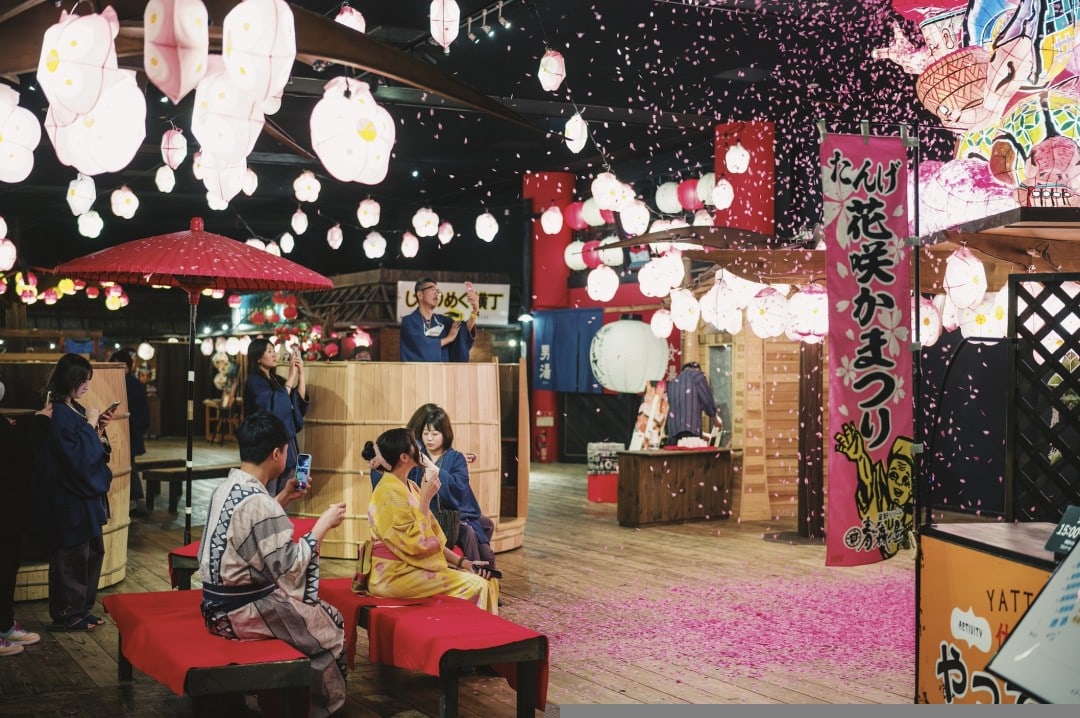
If you find the provided yukata unattractive, you can rent a more beautiful one for about 500 yen (approximately 25 RMB).
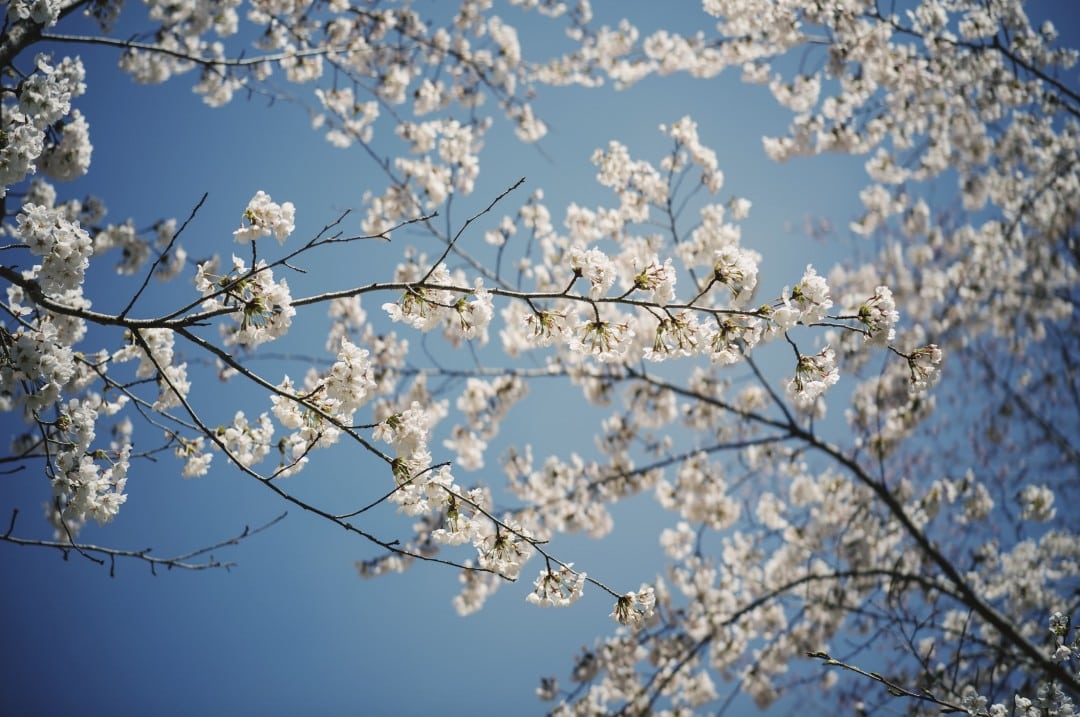
This price is quite reasonable. I saw that most young women had rented a floral yukata, while men generally didn’t mind and just used the one provided in the room.
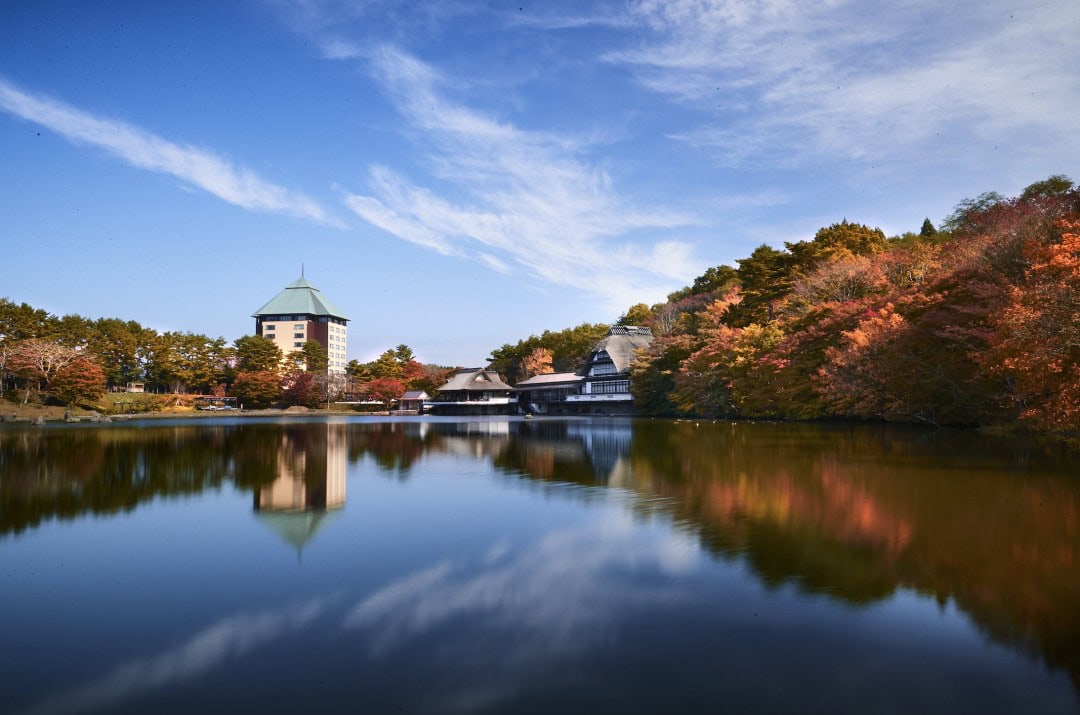
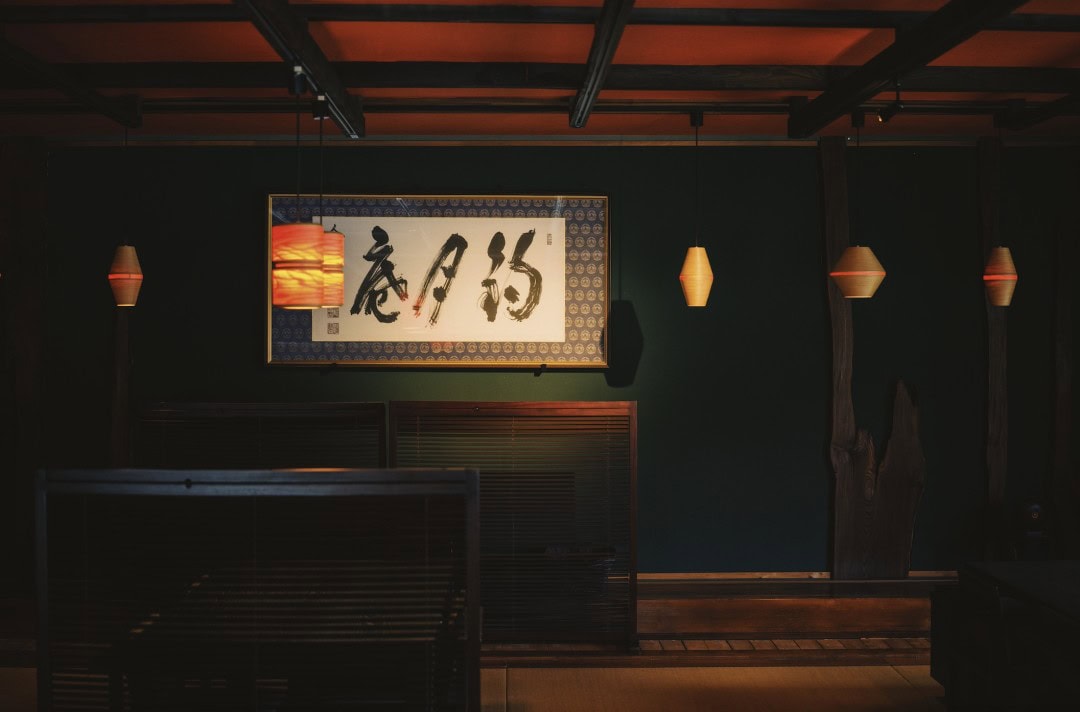
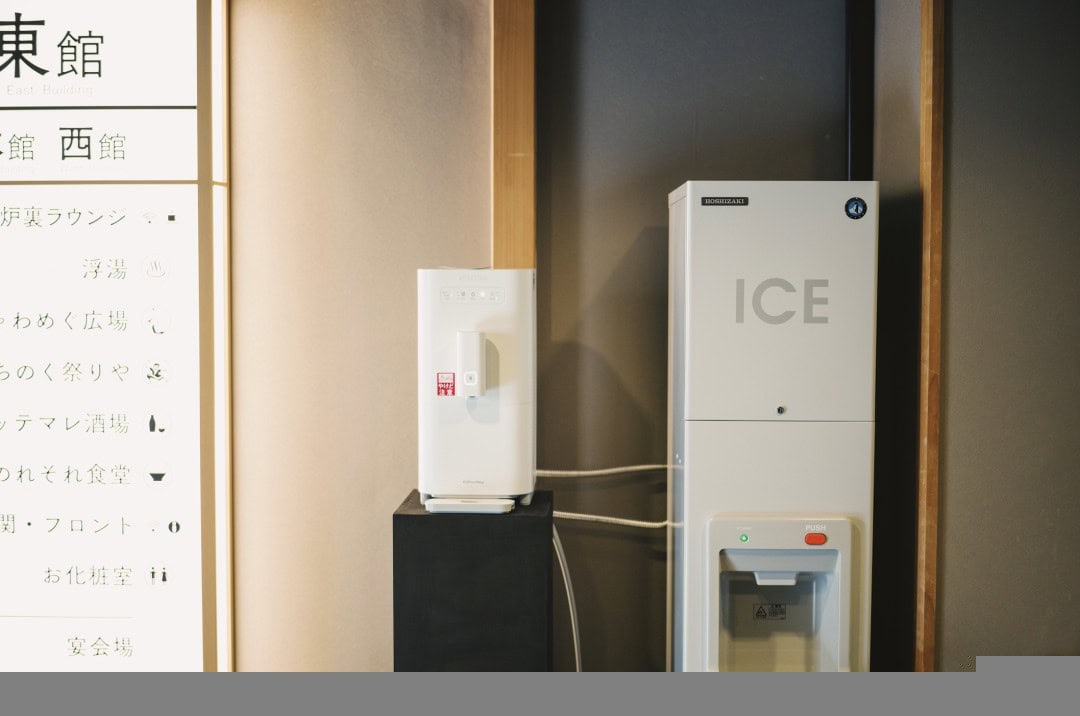
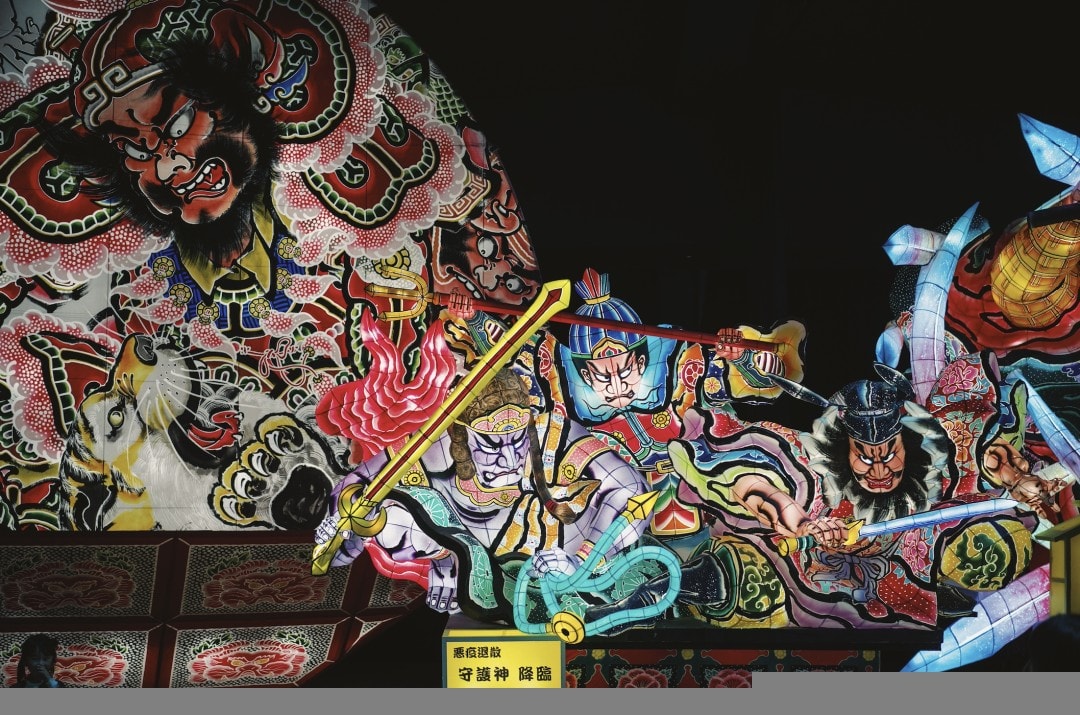
In addition to yukatas, lanterns are also available for rent, and the prices are quite affordable.
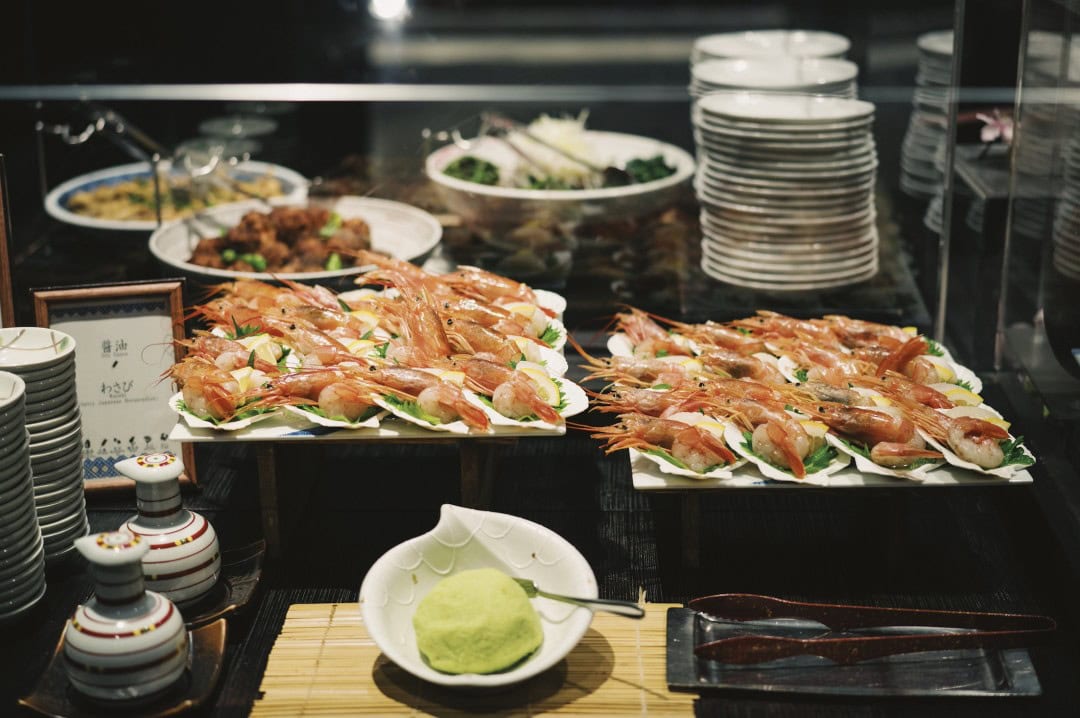
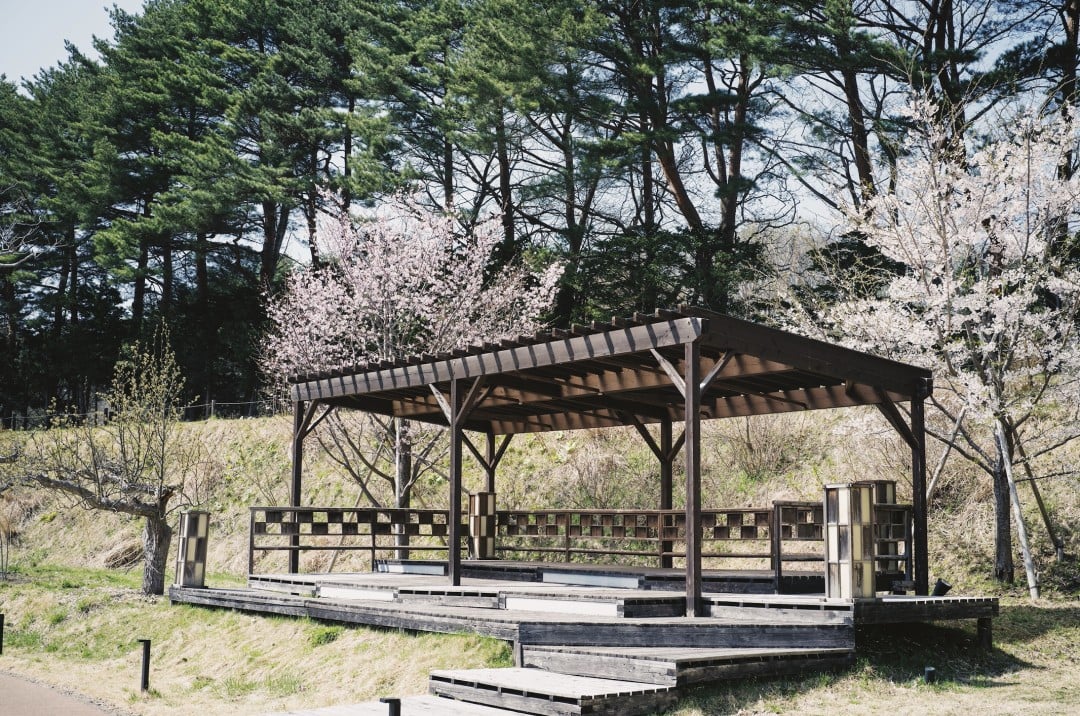
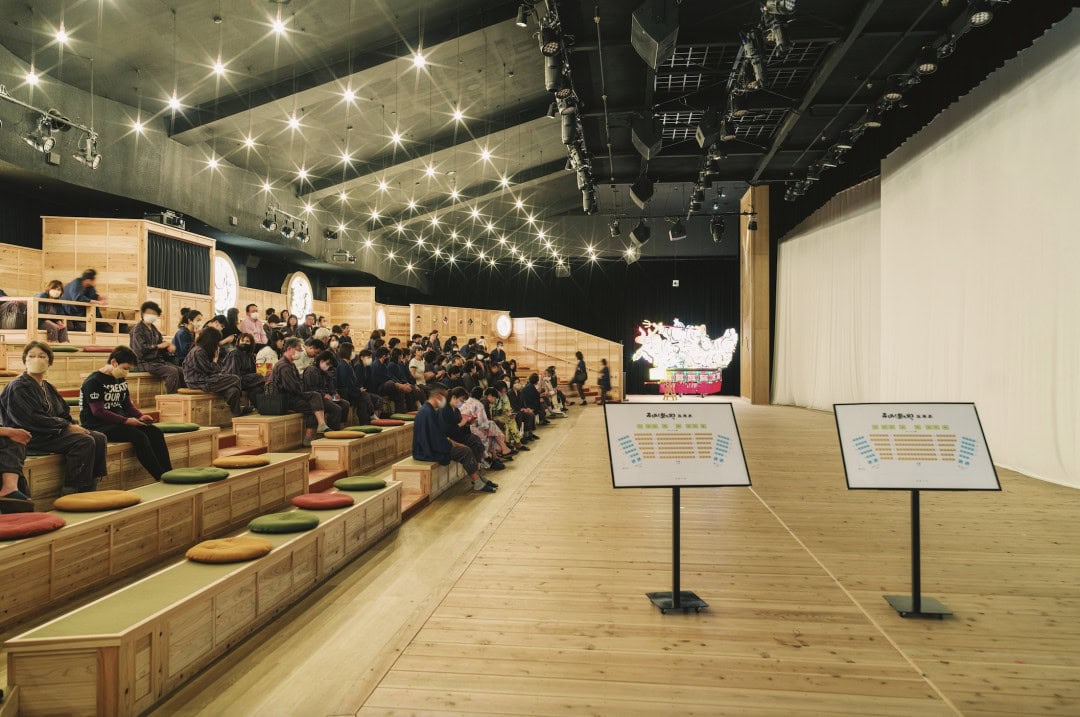
Additionally, the room key is shaped like an apple, and there are small Hachinohe horse figurines for decoration.
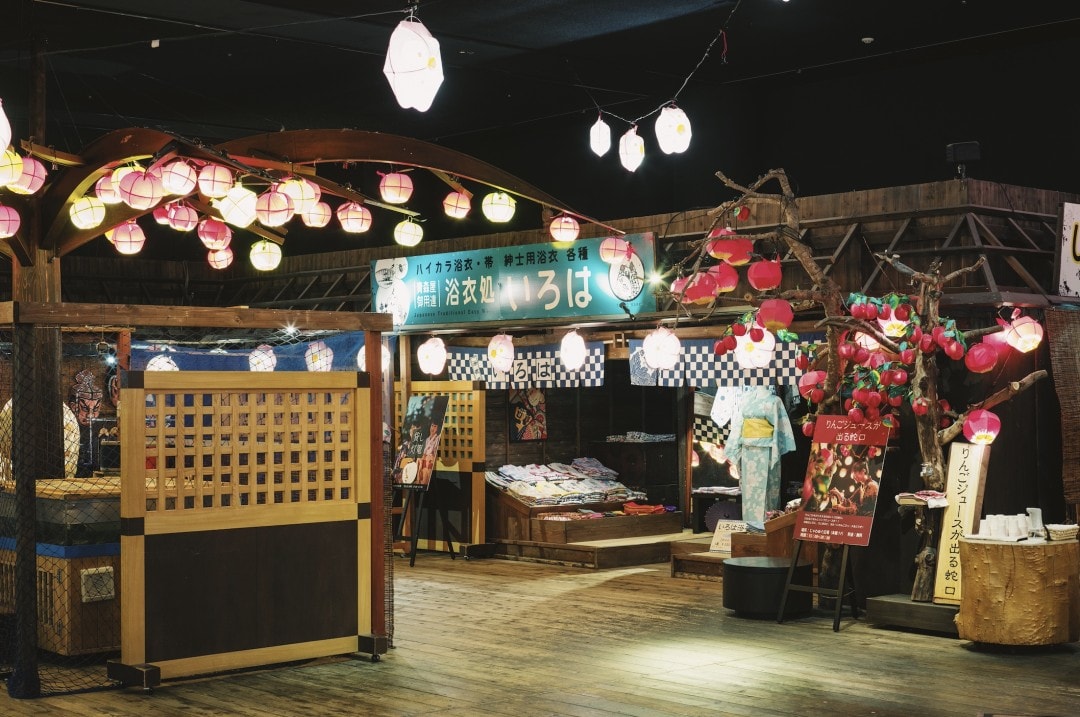
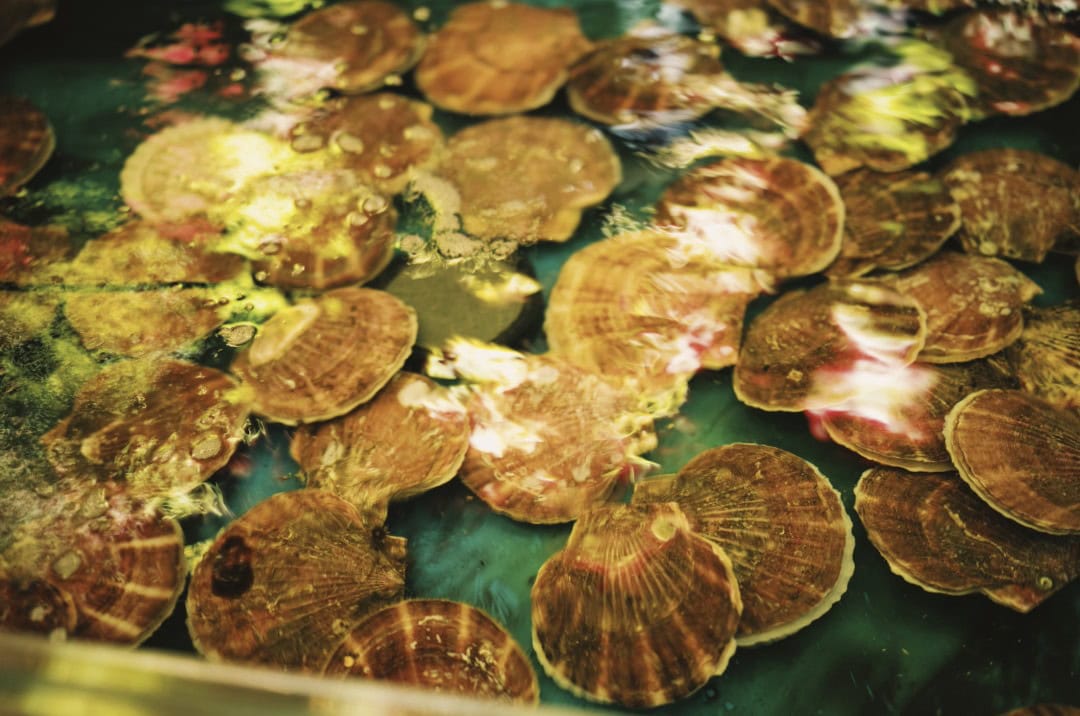
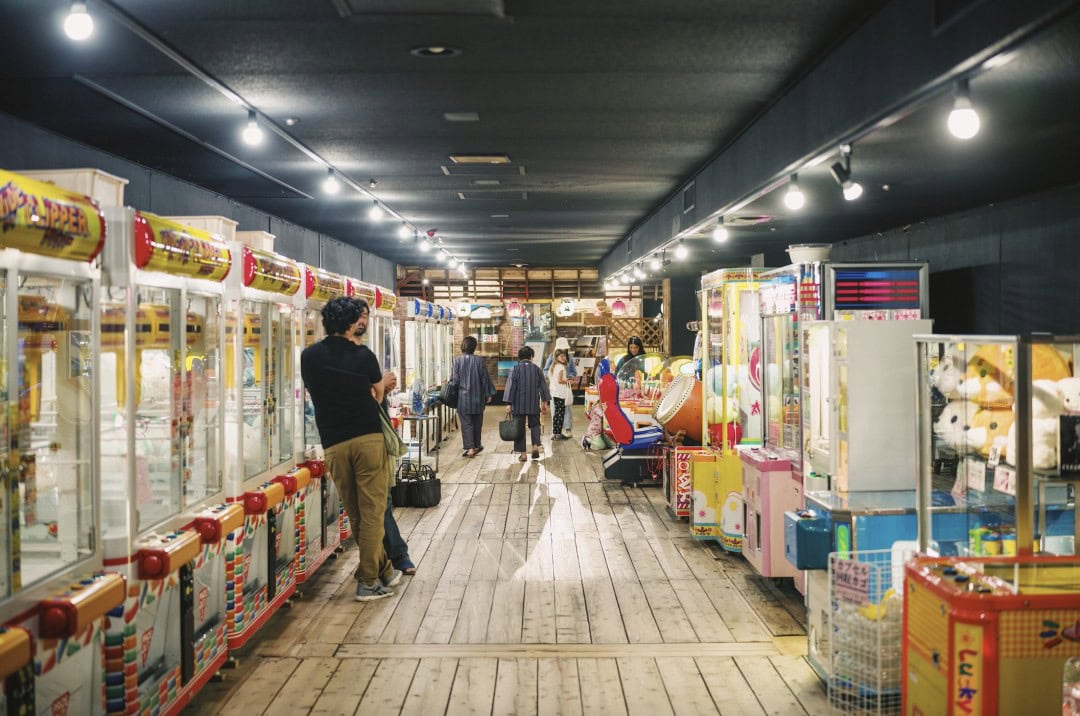
The rooms at Aomoriya aren’t the main attraction. In a traditional Japanese onsen hotel, the room is primarily for sleeping because you’ll be spending most of your time enjoying the hotel’s amenities or soaking in the hot springs.
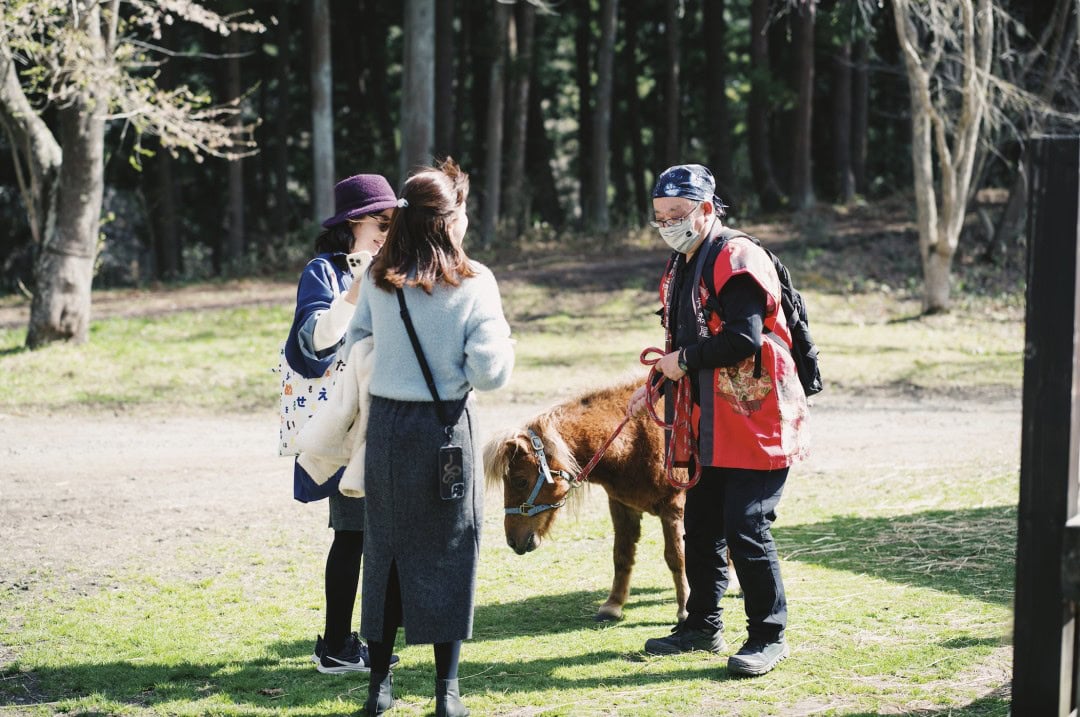
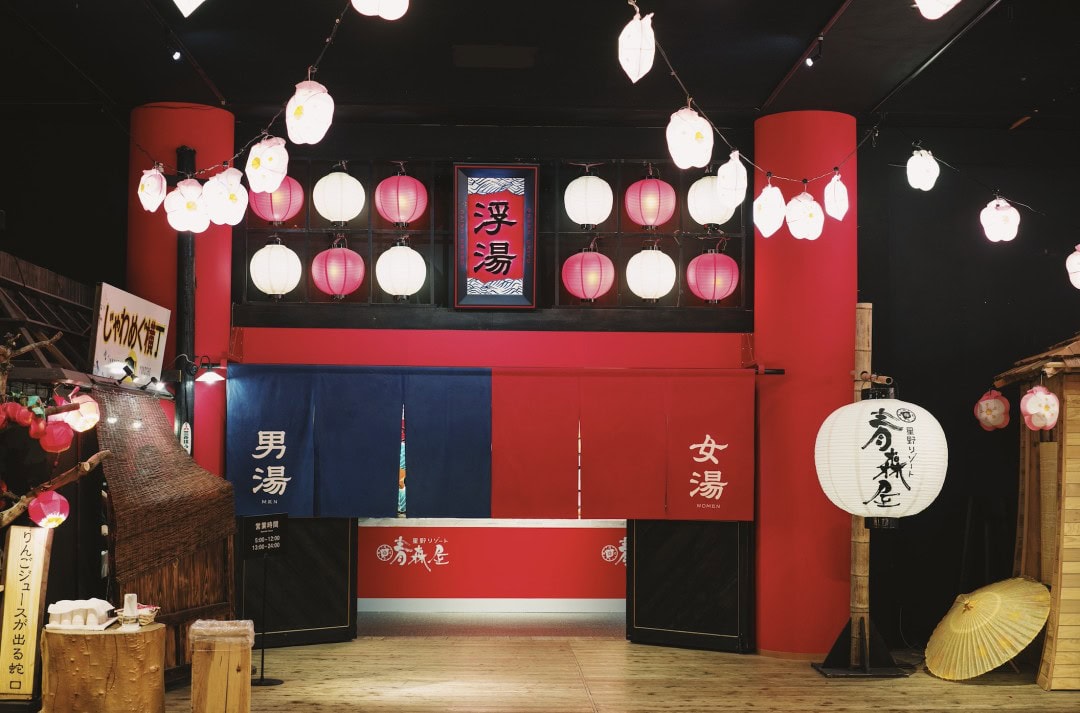
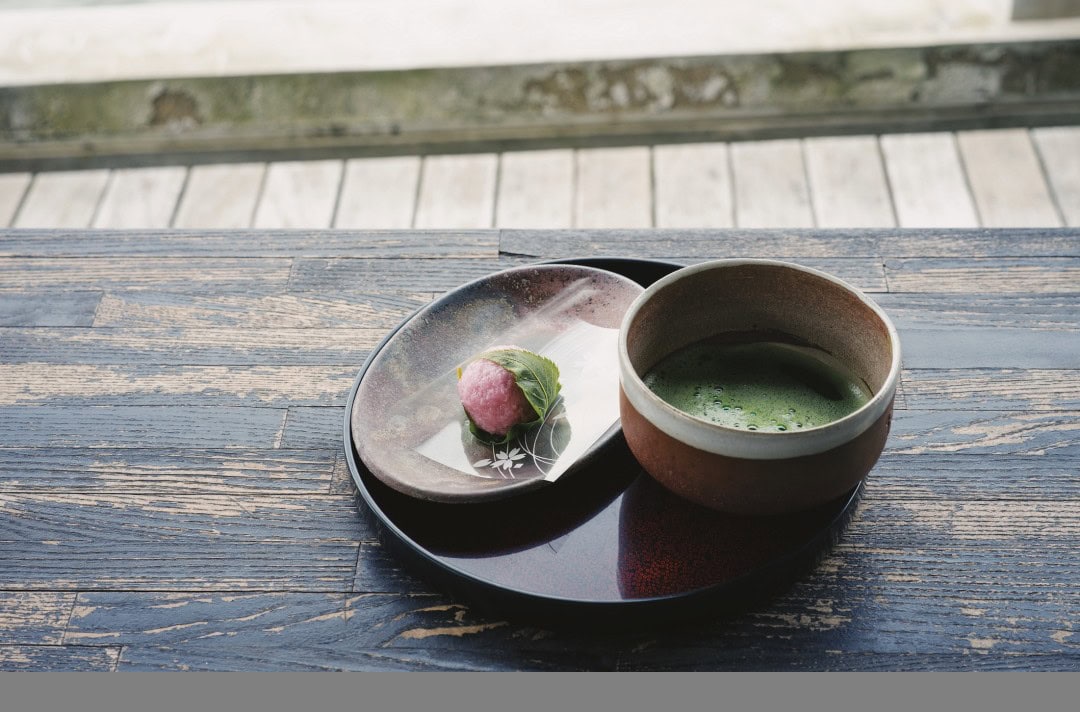
The nightly Nebuta Festival is something you must not miss.
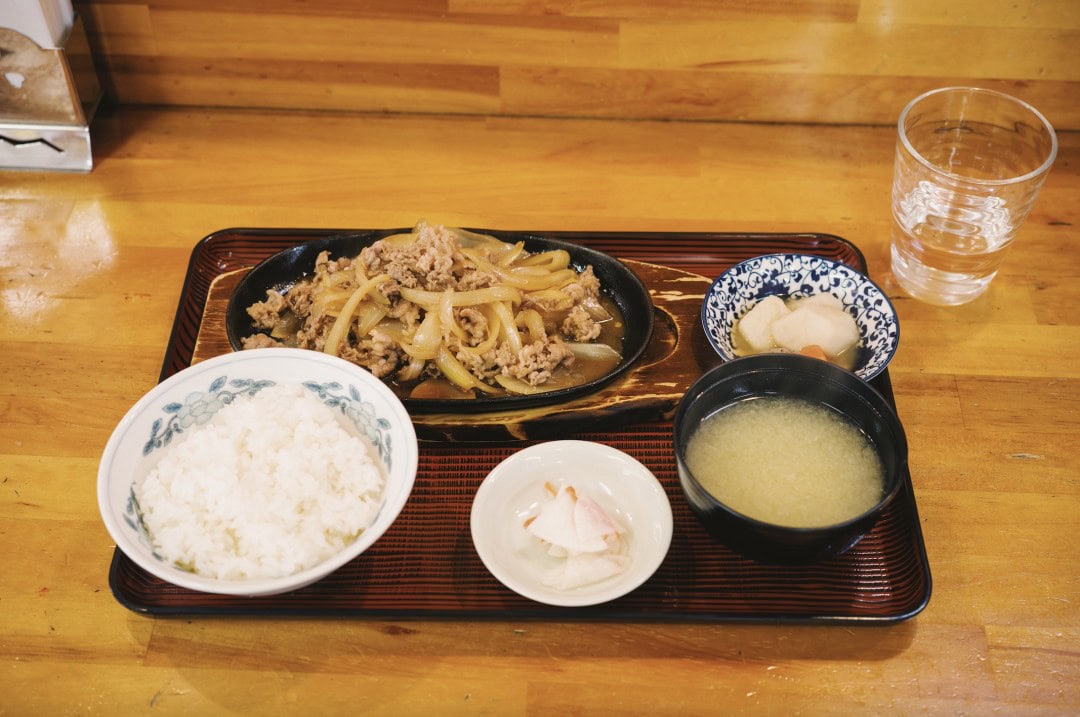
The Nebuta Festival is one of the largest festive celebrations in the Tohoku region. Locals believe that during the busy summer farming season, sleep demons, called “Nebuta,” descend upon the area. To ward off these demons, people create gigantic lanterns in their likeness and parade them through the streets, driving away the sleep demons.
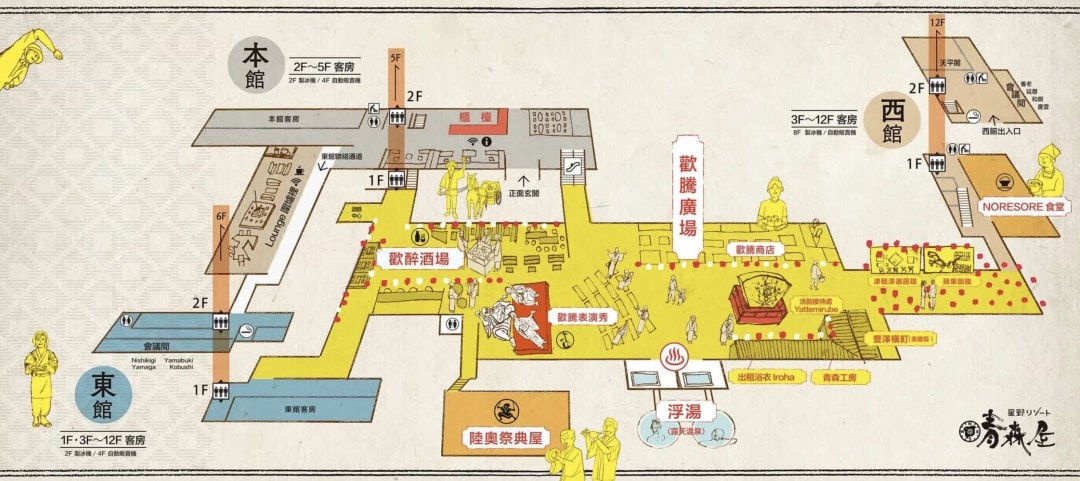
The parade comes in various forms. Apart from the large lanterns, there are also dances, flutes, taiko drums, and more. It’s a very joyous event.
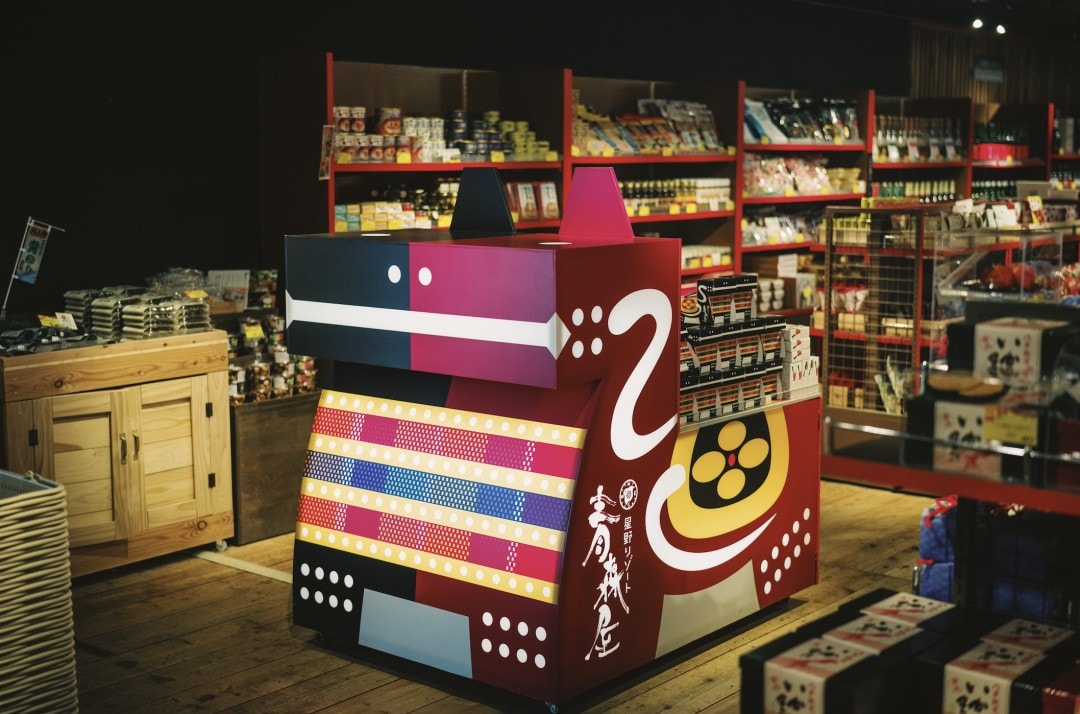
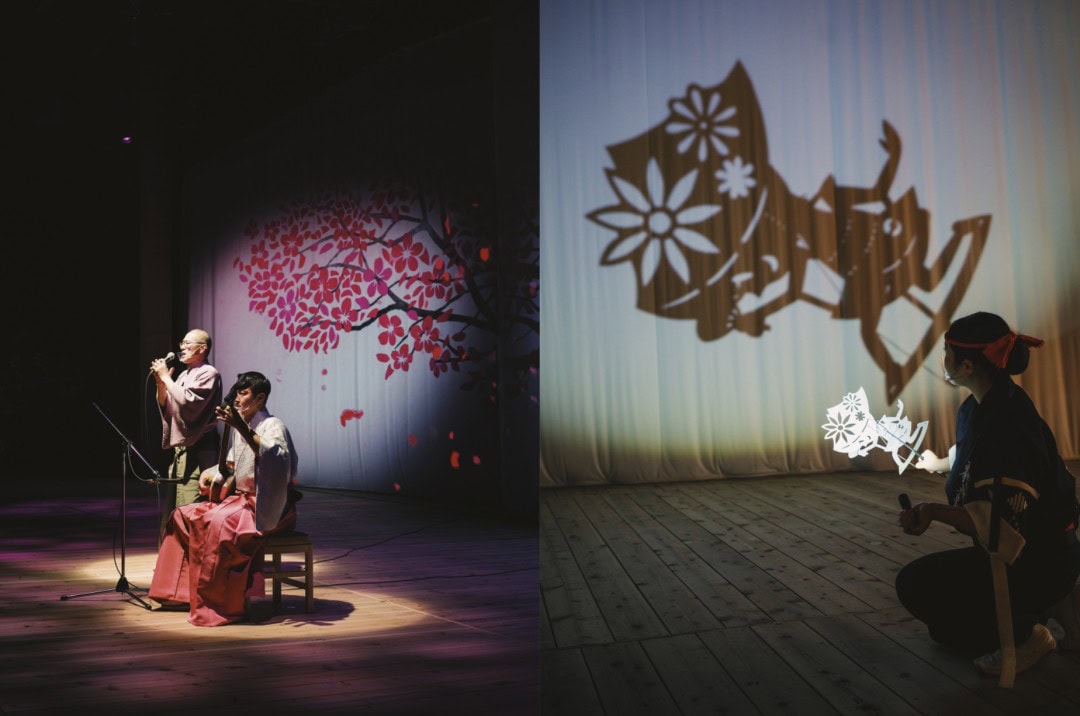
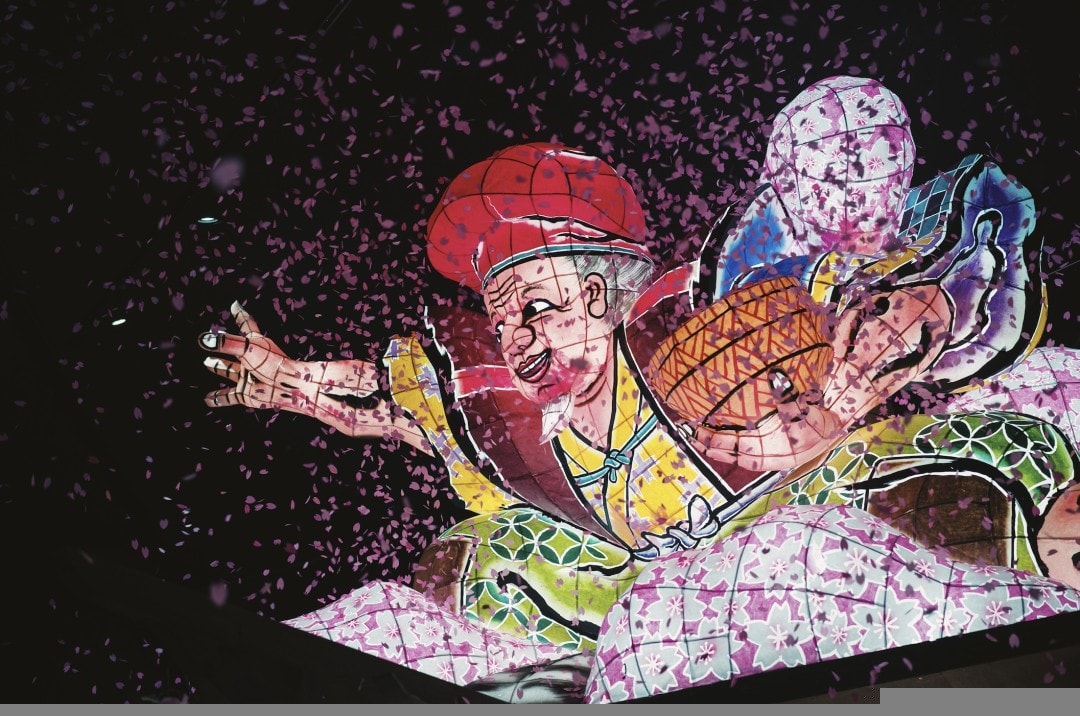
Aomoriya has brought the Nebuta Festival right into the hotel. The festival music with its melodious flutes and rhythmic drums creates an immersive experience, making you feel as if you’re participating in an actual Nebuta Festival.
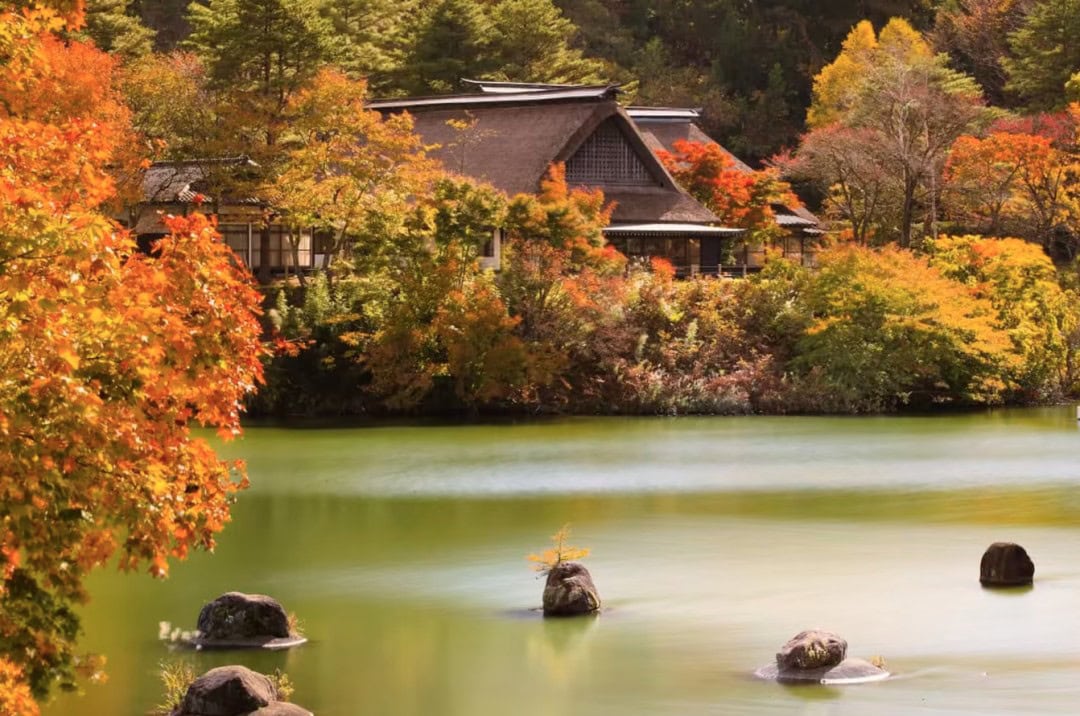
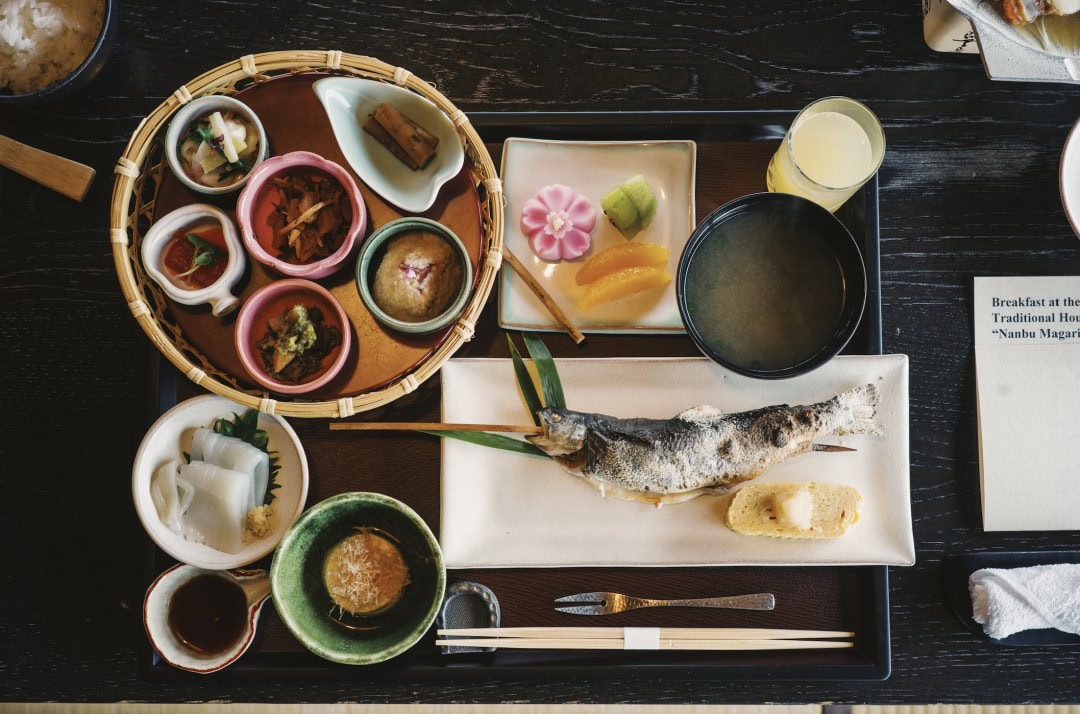
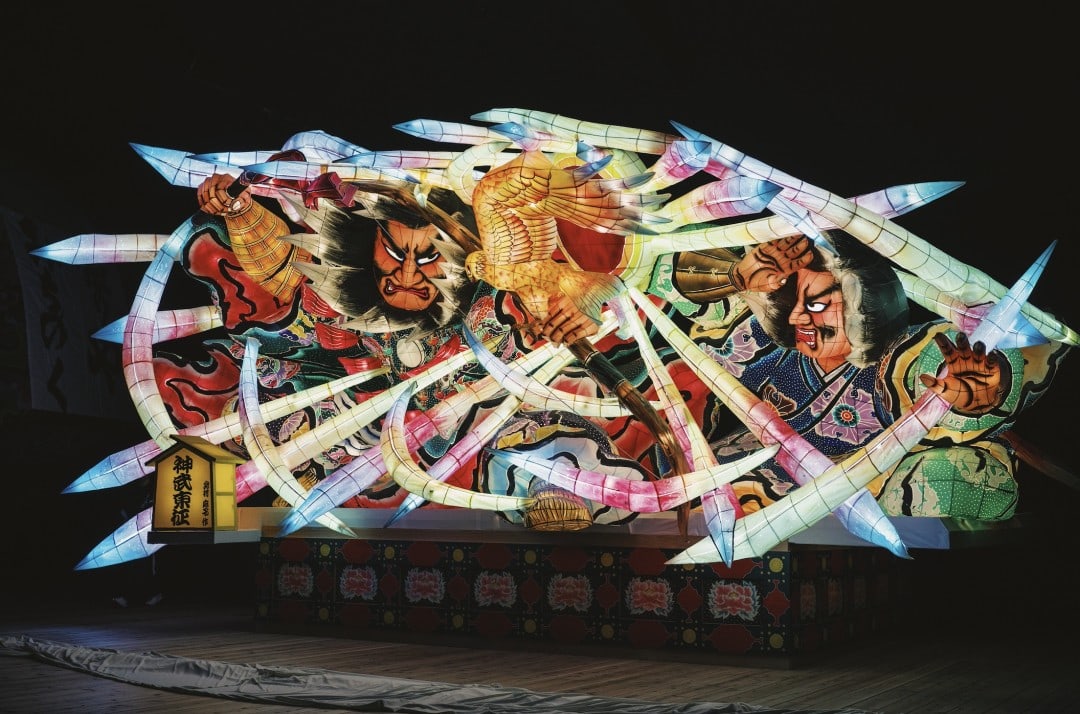
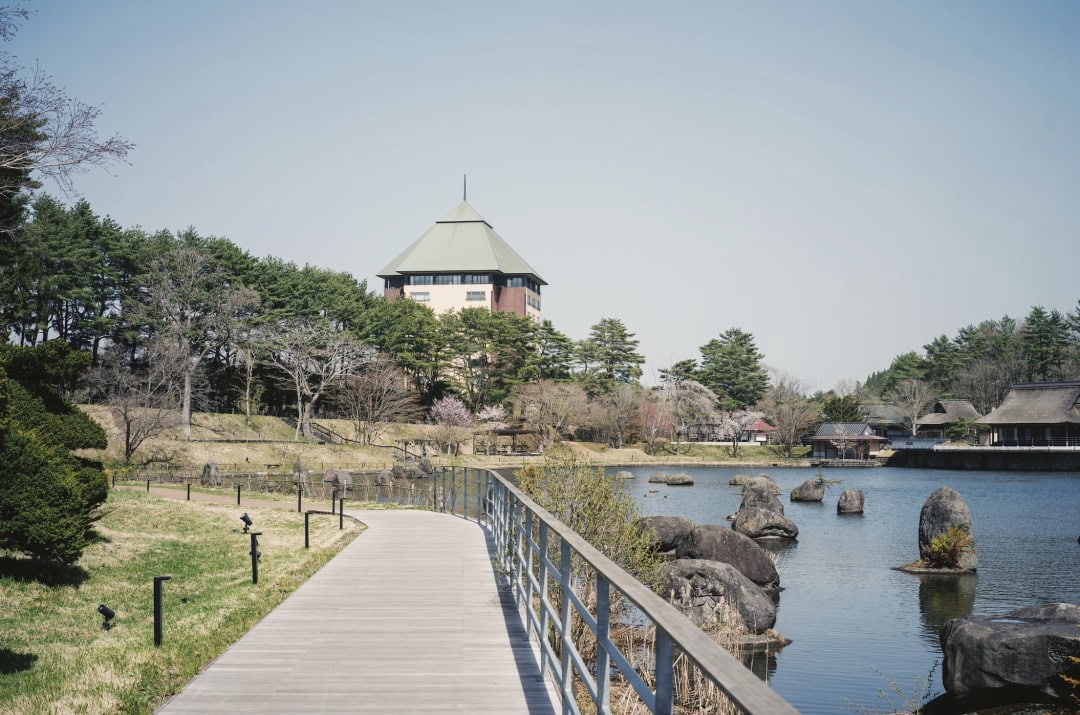
The moment the Nebuta lanterns appear, the entire crowd is filled with excitement.
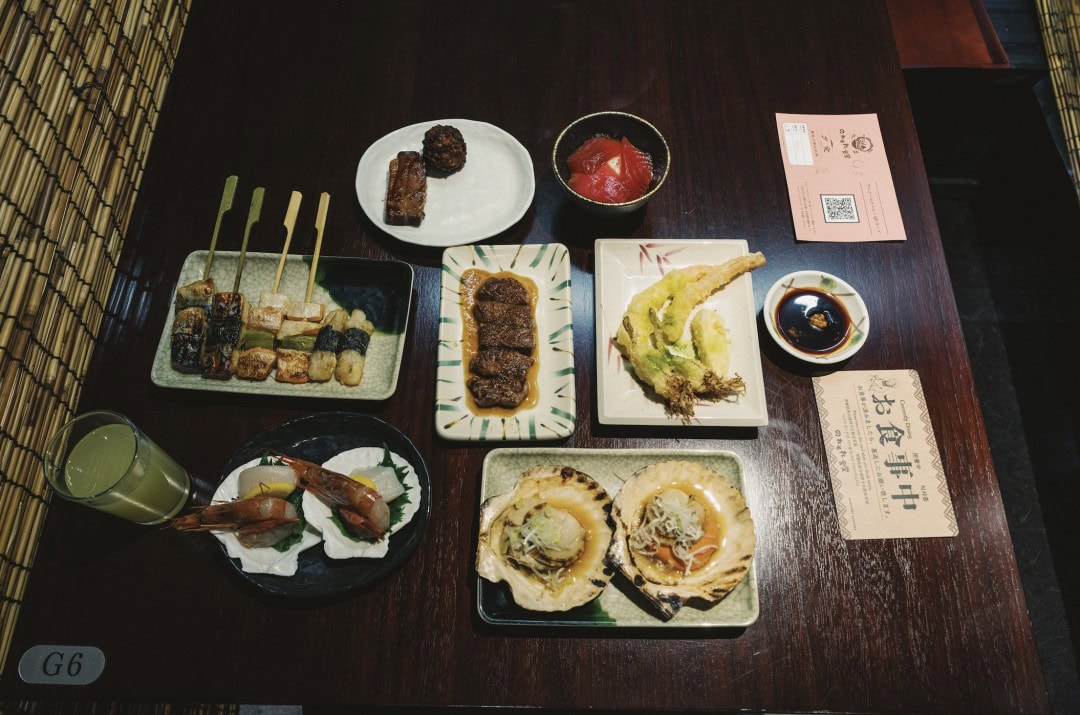
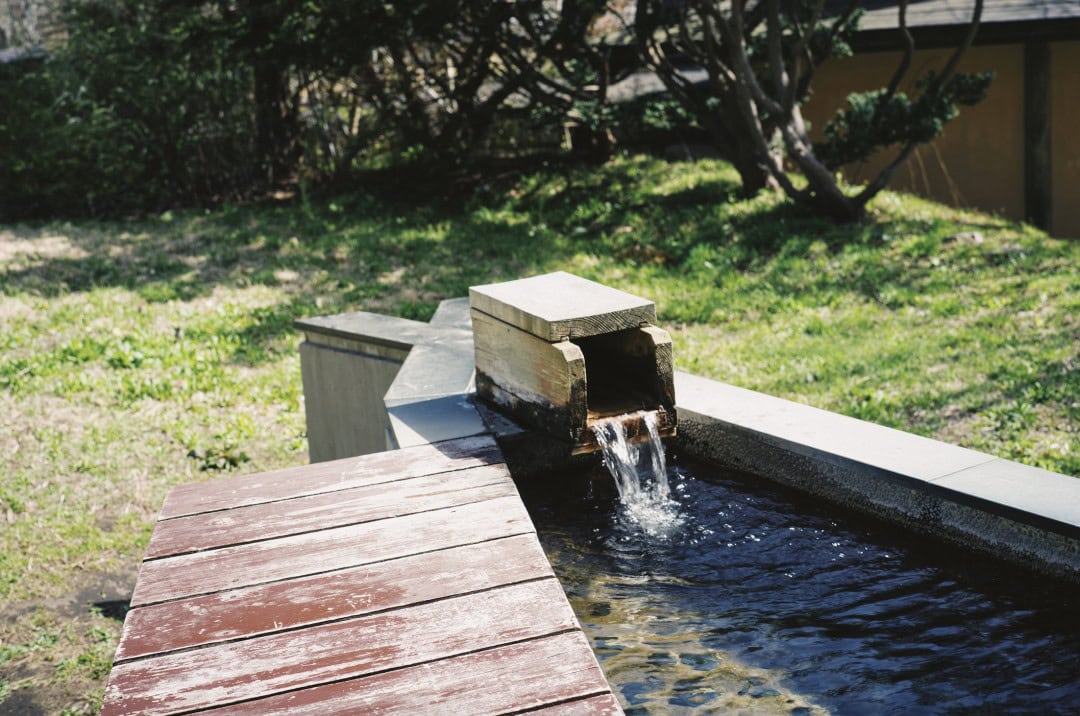
You must also visit the Hometown Plaza, where there’s an array of activities every day.
I visited during the cherry blossom season in Aomori, so the Hometown Plaza had the “Flower Blooming” event, simulating cherry blossoms falling from the sky, allowing guests to take photos in yukata.
During the Flower Blooming event, Japanese sake is provided for free and in unlimited quantities.
At the Hometown Plaza, you can also fish for scallops. Aomori is known for its scallops, and here they are exceptionally large.
The scallops you catch can be prepared and served to you at the Hometown Tavern in the evening.
Other activities include Tsugaru dialect broadcast exercises and learning the local Aomori dialect.
Hometown Plaza is the main activity hub of Aomoriya, hosting all indoor events.
There’s also a shop selling local Aomori specialties, so you can easily find souvenirs to take back with you.
Additionally, there is an arcade area featuring game machines and claw cranes.
It is said that during apple season in Aomori, the arcade has apple gacha machines. You insert a coin, and an apple pops out.
Beyond the indoor entertainment areas, Aomoriya also boasts a large garden.
I had the pleasure of viewing the long-anticipated Japanese cherry blossoms in this garden during my visit.
Aomoriya spans over 700,000 square meters, containing only one hotel and one park, which is very luxurious.
The most beautiful season for this garden is autumn, but it is also when Aomoriya is the most expensive due to the peak of the red leaf season.
Personally, I recommend visiting in winter. Japanese people are used to snow, so winter is not a peak season, offering better value for money.
For us Chinese, especially those from the south, snowy days are rare, particularly the kind of heavy snow that seals off mountains.
The best scenic spot in the garden is the Hachiman Horse Lounge, which is somewhat similar to an executive lounge. You can go there to have drinks and snacks while enjoying the stunning lake view of Aomoriya.
The matcha in the lounge is delicious, and the wagashi (Japanese sweets) are also very tasty.
The best way to explore this park in Aomoriya is to take a ride on the kotatsu carriage.
In about 20 minutes, you can complete a tour, simply sitting on the carriage with a heated table, enjoying food, and watching the scenery.
In Aomoriya, horses hold a high status. There are four horses in total, all considered managers.
The two big horses are mainly used to pull the kotatsu carriage for guests, while the two ponies serve purely as photo-worthy mascots and greeters.
Now let’s talk about the dining experience, which is definitely a highlight of Aomoriya.
Aomoriya has three restaurants in total: Noresore Dining Hall, Nanbu Magariya, and Hanzui Tavern. Here’s a small tip: all Hoshino Resort hotels do not provide lunch.
If you purchase a one-night stay with two meals package, both breakfast and dinner will be served at Noresore Dining Hall.
The theme of this restaurant is “mom’s dinner,” featuring many local flavors from Aomori.
Actually, whether a buffet restaurant is good mainly depends on two aspects. One is the variety of exceptional ingredients, and the other is the proportion of freshly made food (gourmet food has its best tasting period).
At Noresore Dining Hall, Aomori’s giant scallops, sweet shrimp, and sashimi are all unlimited, and teppanyaki, tempura, and grilled scallops are all freshly prepared.
A one-night stay with two meals makes it so easy to gain weight.
Breakfast here is also very sumptuous. I ended up stuffing myself with sashimi and scallops first thing in the morning.
Nanbu Magariya is a specialty restaurant offering a course meal of the “Seven Sons and Eight Treasures Banquet” from Aomori.
The “Seven Sons” and “Eight Treasures” are easier to understand – they are seafood. The “Seven Sons” refer to seven types of fish roe, such as sea cucumber roe, octopus roe, scallop roe, and salmon roe.
These are considered “dark cuisine” in Japan.
I wanted to have a meal, but I couldn’t get a reservation. So, I had to settle for booking breakfast.
The breakfast at Minami Kuyamaya is also plentiful and has a local flavor.
I suggest that if you stay for two nights, you consider having breakfast at Minami Kuyamaya on one of the days.
The main purpose of Kanki Izakaya is drinking; they do not open for proper meals but only for late-night snacks, primarily serving ramen and rice bowls.
Aomoriya does not provide lunch, but there are plenty of dining options around Aomoriya. I found a great place right across from Misawa Station called Kirakutei, which is delicious and reasonably priced.
The hotel also offers a combo ticket, which includes a round trip on the Aomori Railway from Misawa to Aomori and a bento box, and you only pay for the train ticket.
I didn’t get a chance to try it this time because of my schedule.
Why didn’t my timing work out? Because I went to Hirosaki nearby to see the cherry blossoms. Hirosaki has the best cherry blossoms in Japan, and it would have been a shame to miss them.
Let me also introduce the hot springs at Aomoriya. As a hot spring hotel, naturally, it has hot springs.
Aomoriya has three hot spring areas, all free to use. Within the facility, there is an open-air hot spring called Furoyu and an indoor cypress wood hot spring called Hinokiyu.
You can’t take pictures inside the hot springs, so I can only use images from the internet.
Hinokiyu has a pleasant wooden fragrance, and Furoyu is excellent, surrounded by a Japanese garden and is an open-air bath.
Outside (a 5-minute walk or a 2-minute shuttle bus ride) there is an original spring house from the Showa era. It has a nostalgic vibe, and those who enjoy authentic Japanese baths should visit here.
There is also a foot bath in the park where everyone can soak their feet.
Lastly, let me talk about the details of Aomoriya. This is definitely a hotel that excels in details.
Aomori is famous for its apples, and in Aomoriya, there are faucets that dispense apple juice, allowing you to drink apple juice anytime.
You can see carts everywhere in the hotel, making it easy to transport your luggage.
There are also ice machines, water dispensers, and coffee machines available for your free use.
I have stayed in many hot spring hotels and soaked in many hot springs, and this place truly excels in hot springs, activities, dining, and park environment. It is worth a good recommendation.

